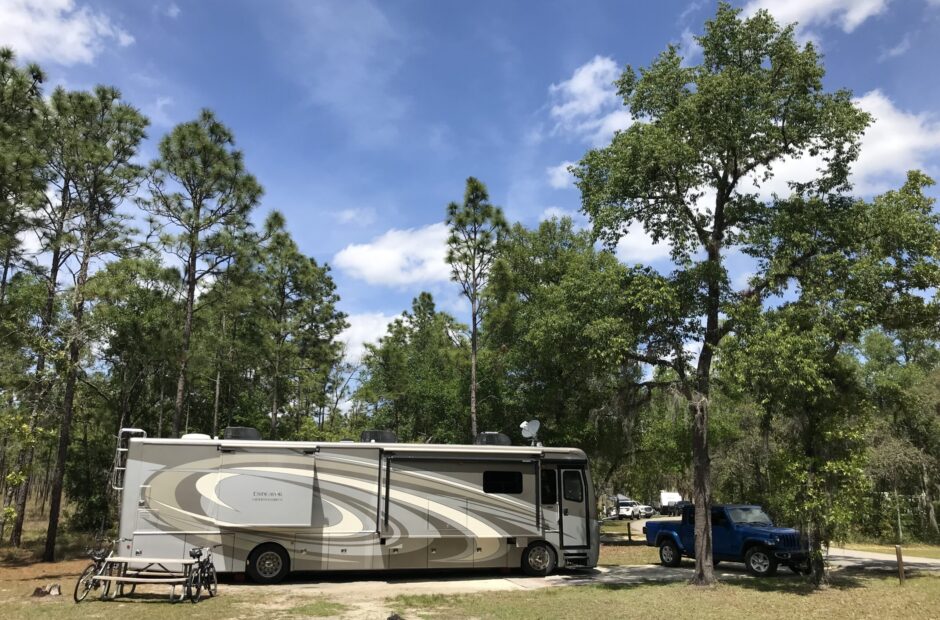James M. Robb State Park, Fruita, Colorado
Perfume and incense bring joy to the heart, and the pleasantness of one’s friend springs from his earnest counsel. ~ Proverbs 27:9
Rows and flows of angel hair, and ice cream castles in the air, and feather canyons everywhere . . I’ve looked at clouds that way . . . ~ Joni Mitchell
The first thing we noticed as we entered the Colorado National Monument, besides the mountains of rock, were the clouds. I commented that they looked like jellyfish and took a scandalous amount of pictures of them (from which I will spare you). And I thought I was really clever for coming up with the ‘jellyfish clouds’ term, but as it turns out, I’m not so clever after all. After researching for a millisecond, it seems it’s a real term. Wanna know what causes it?
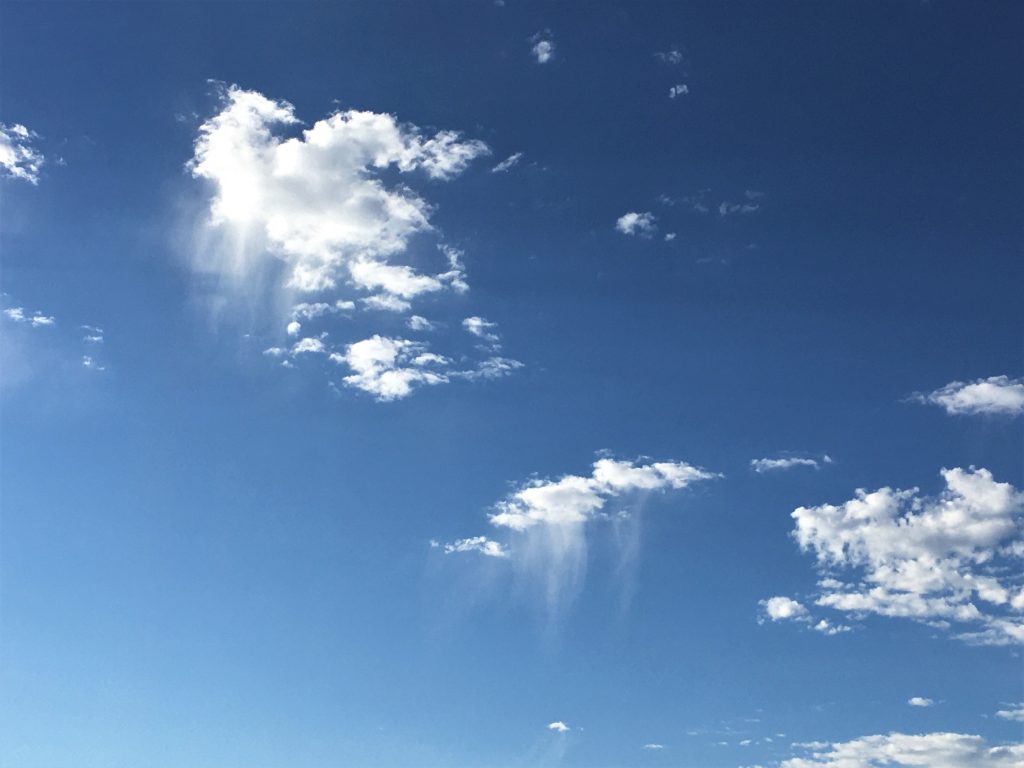
First of all, it seems it’s relatively rare, but not uncommon. The puffy part of the cloud is an altocumulus cloud. The ‘tentacles’ are called virga, which is a meteorological term that refers to precipitation that evaporates in drier air before reaching the ground. That’s what creates the wispy part that comes from the main cloud before it ends at the level in the atmosphere where the evaporation is completed. Altocumulus clouds form somewhere between 6,500’ to 23,000’ above the ground. The cloud trails usually contain water droplets, but sometimes they’re ice crystals if the temperature is cold enough.
And now you’ve had your meteorological lesson for the day, so you can look at clouds from both sides now. 😊
We spent six hours in the Park today, but before I get into that, do you remember the difference between a National Monument and a National Park? We knew at one time, but we couldn’t remember, so don’t feel bad if you’ve forgotten. I had to look it up.
I found this on the web for what is the difference between a national monument and a national park . . . (did you hear Siri’s voice when you read that? 😊)
The primary difference lies in the reason for preserving the land: National parks are protected due to their scenic, inspirational, education, and recreational value. National monuments have objects of historical, cultural, and/or scientific interest, so their content is quite varied. For example, national monuments protect wilderness areas (such as Muir Woods), fossil sites, military forts, ruins (such as the Gila Cliff Dwellings), and buildings (such as Ford’s Theatre, where President Lincoln was assassinated).
On the bureaucratic bent, the National Parks Service oversees all parks and some monuments. However, the U.S. Forest Service, U.S. Fish and Wildlife Service, National Oceanic and Atmospheric Administration, the Department of Defense, and Bureau of Land Management may also supervise monuments, depending on the location of the lands and the reason for their protection. Some of these agencies are better than others at providing visitor information. Congress designates national parks; in general, presidential proclamations establish national monuments.
We knew it was going to be stinkin’ hot today, so we made sure we were in the Park by 6:30am. The plan was to drive the 23-mile scenic road, with stops at the appointed viewing areas, and a couple of very short hikes. Trust me. That was enough. What a lovely morning, though, and views that left us adjective-less! Plus we learned stuff along the way as well.
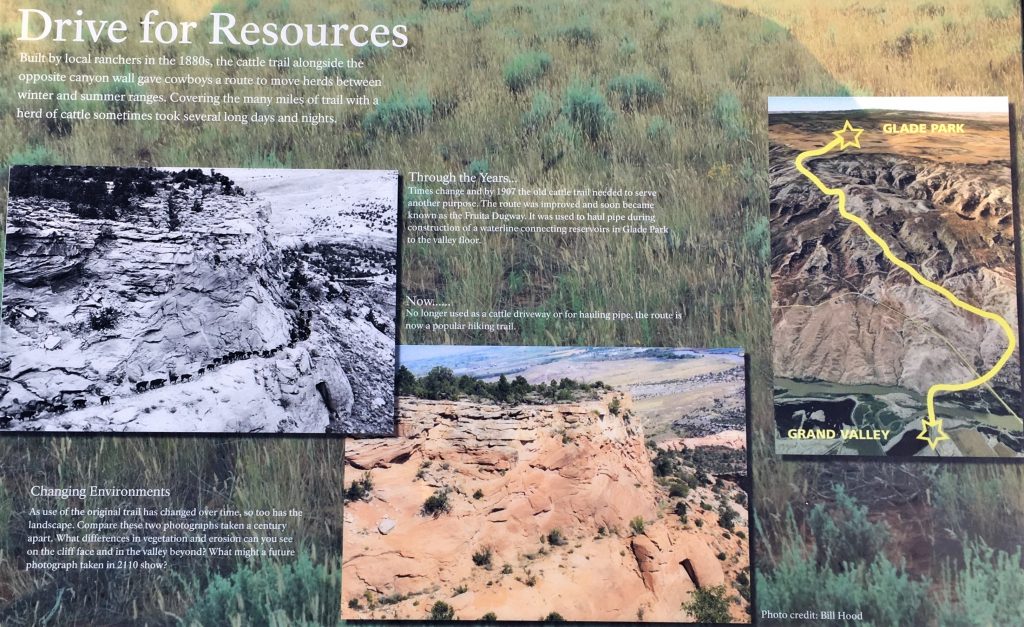
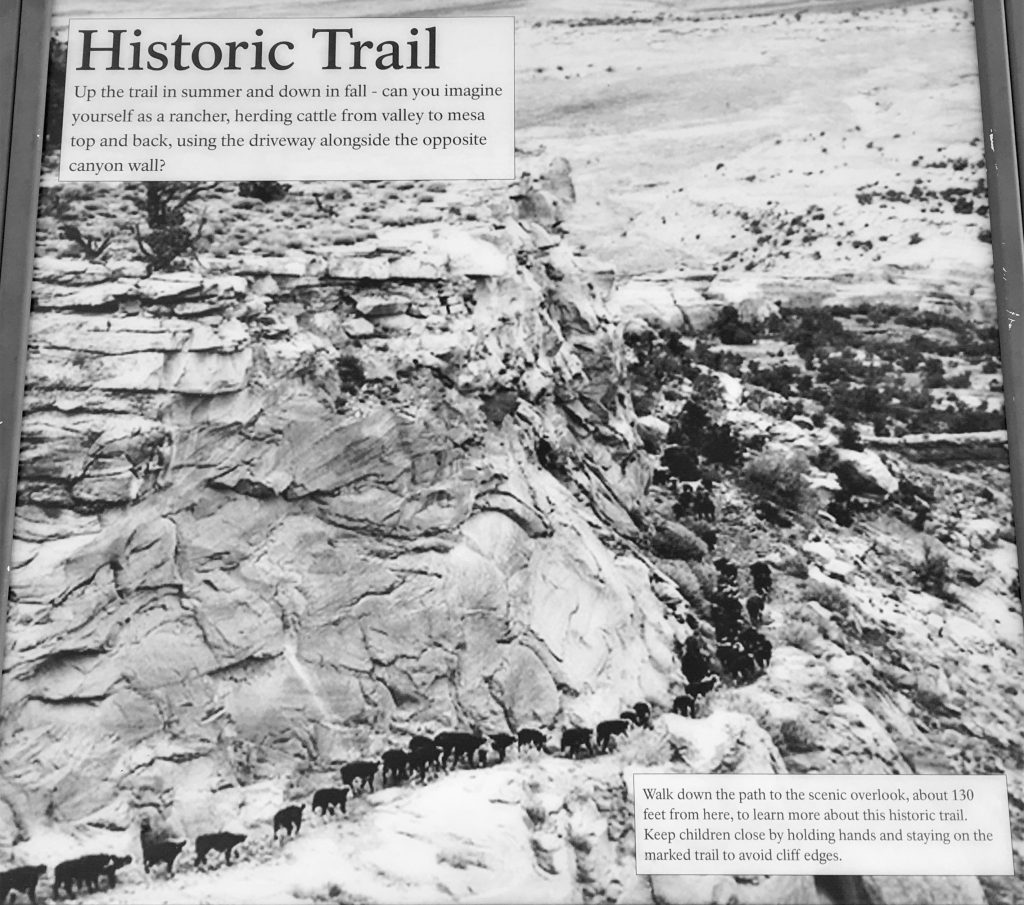
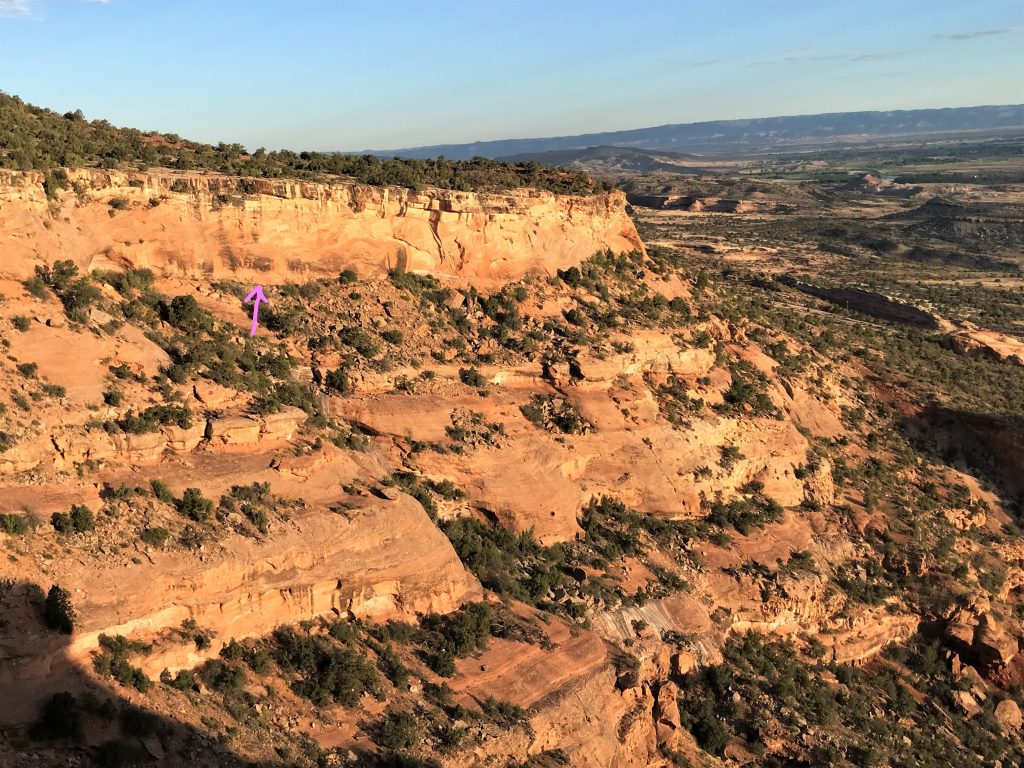
Pretty interesting, isn’t it?
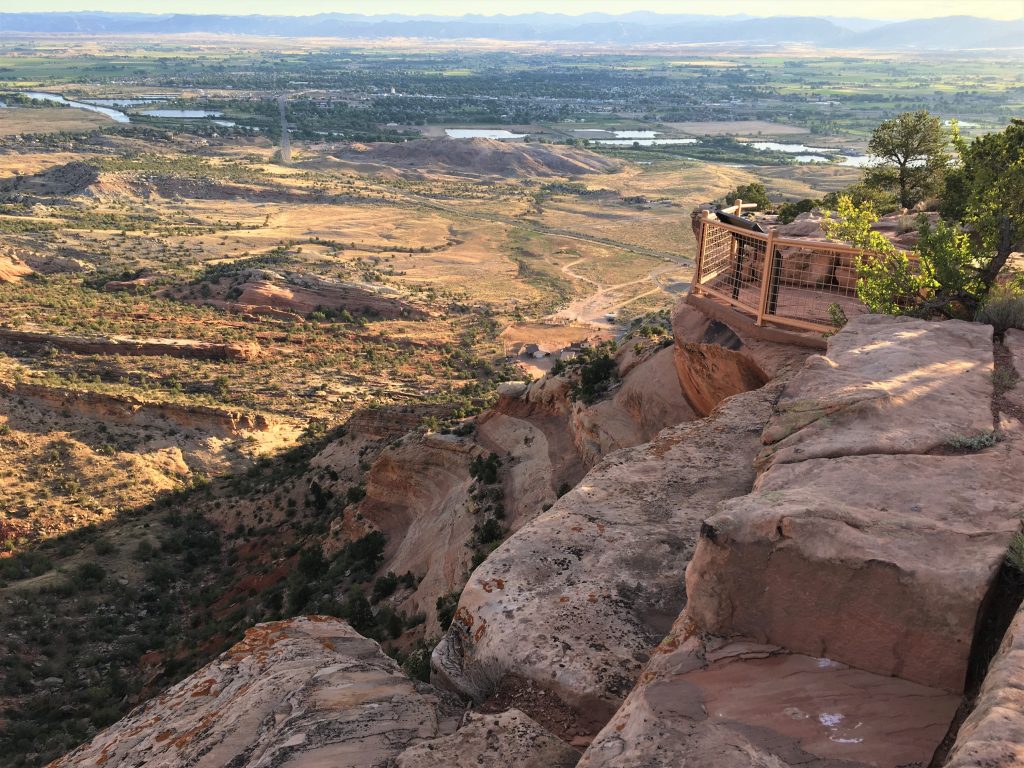
But incredible views!
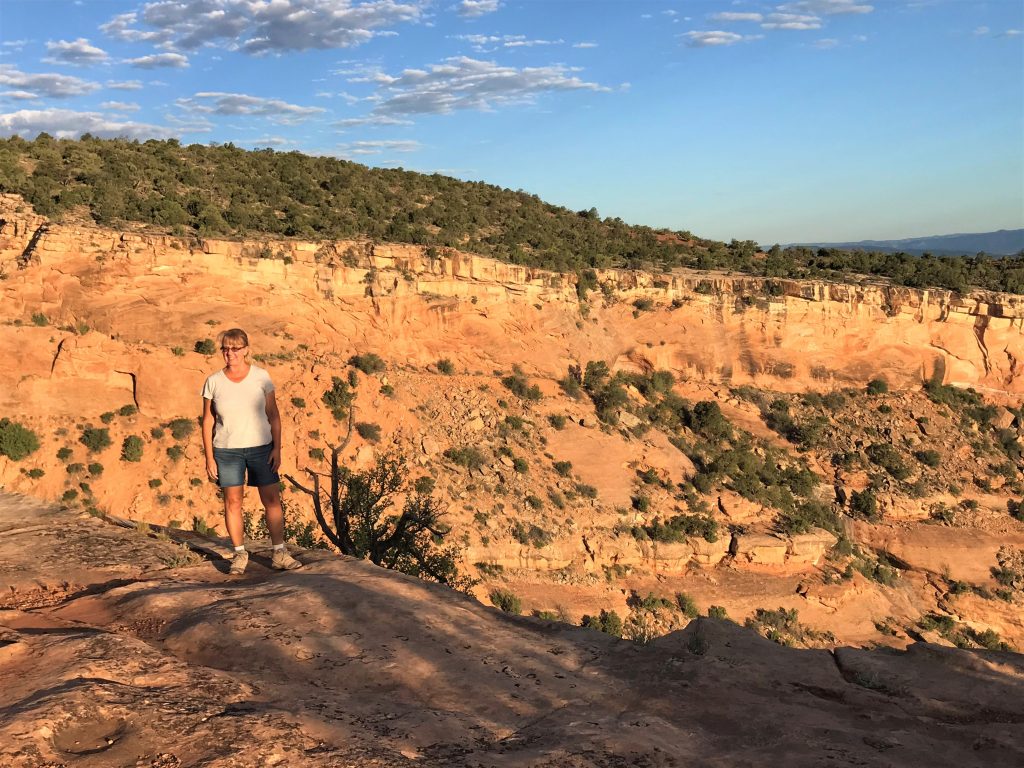
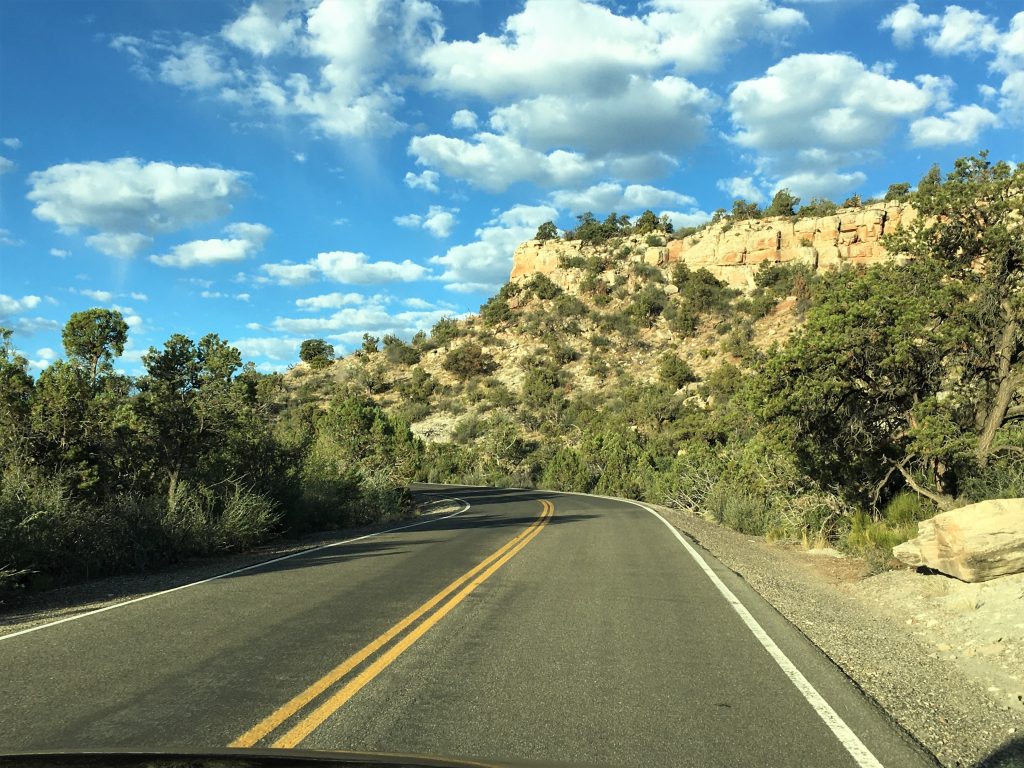
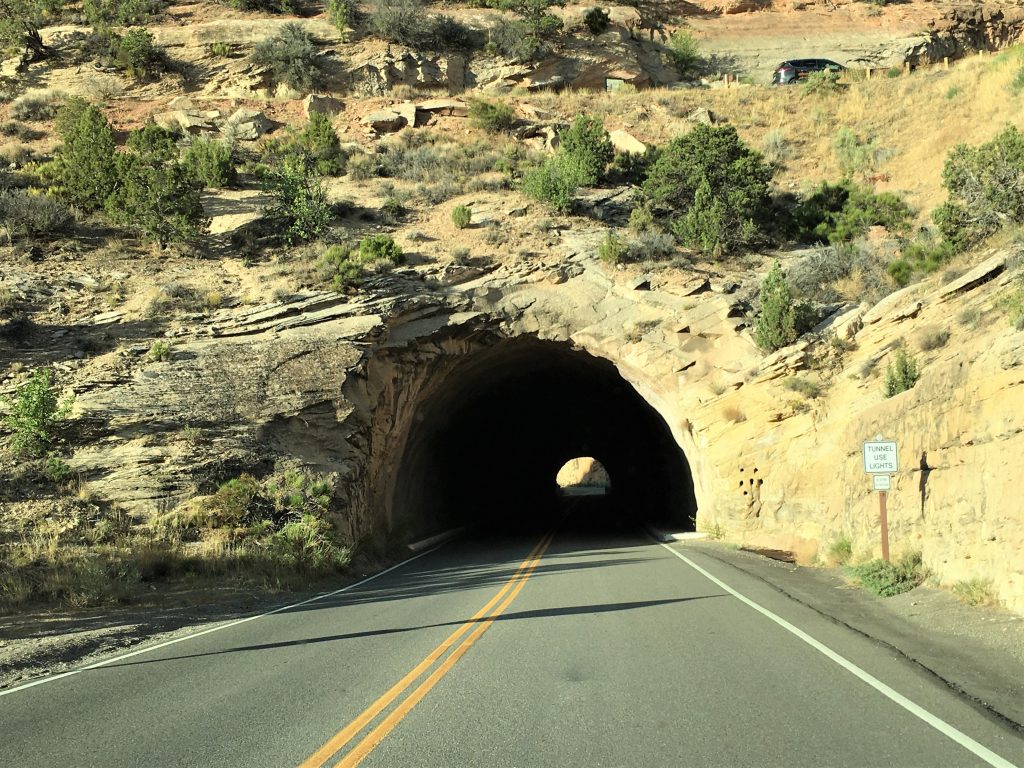
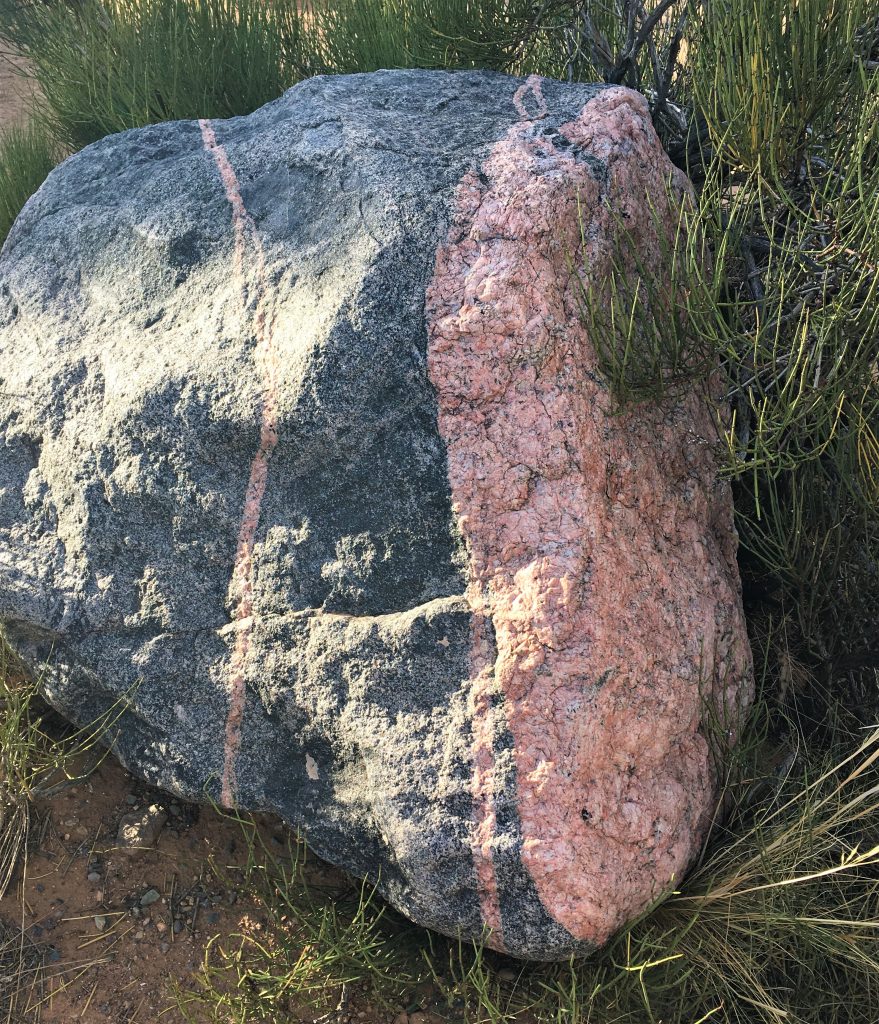
Beautiful!
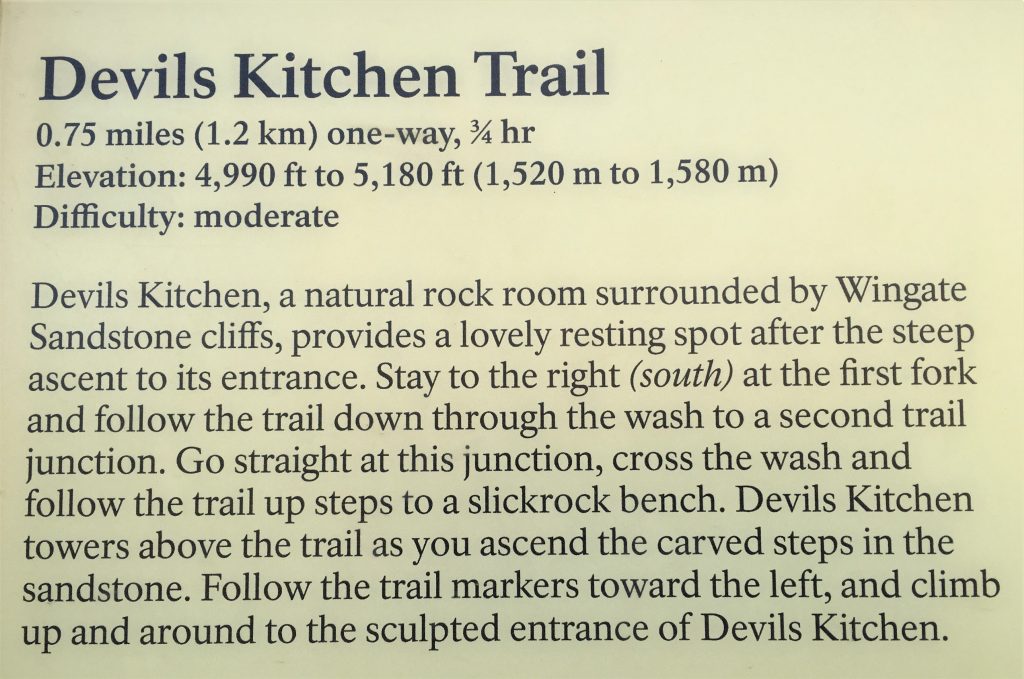
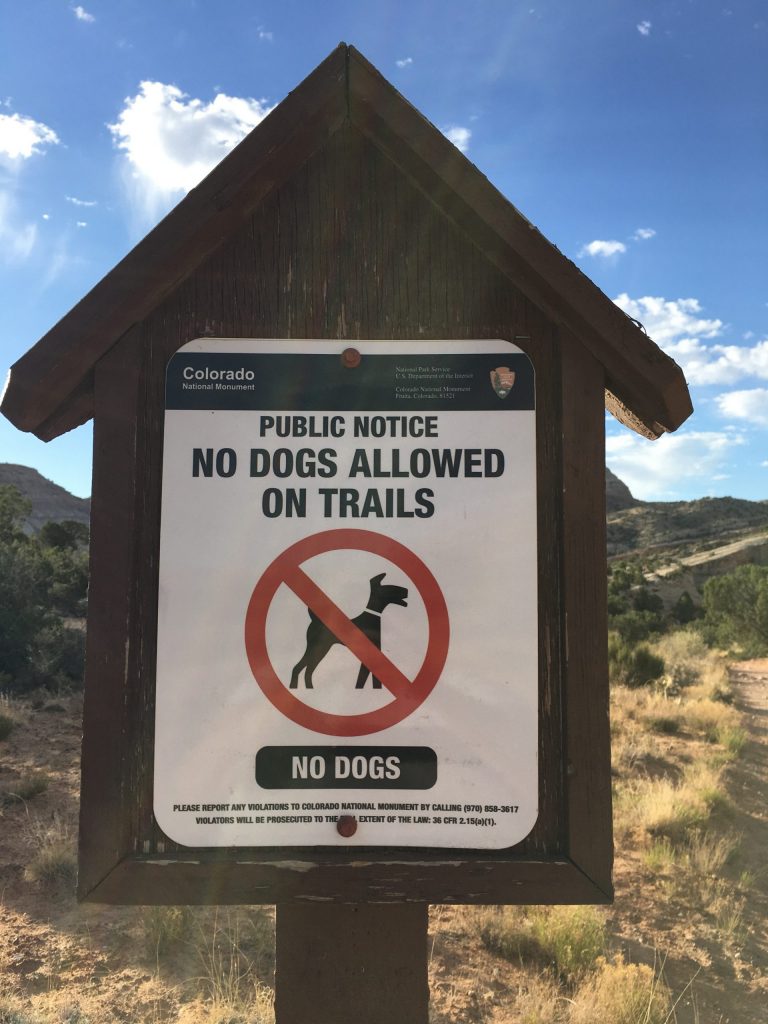
It’s not that I’m against people taking their dogs for hikes with them,
it’s the ones who take their dogs anyway, when the signs say ‘No’.
No pleading ignorance in this Park.
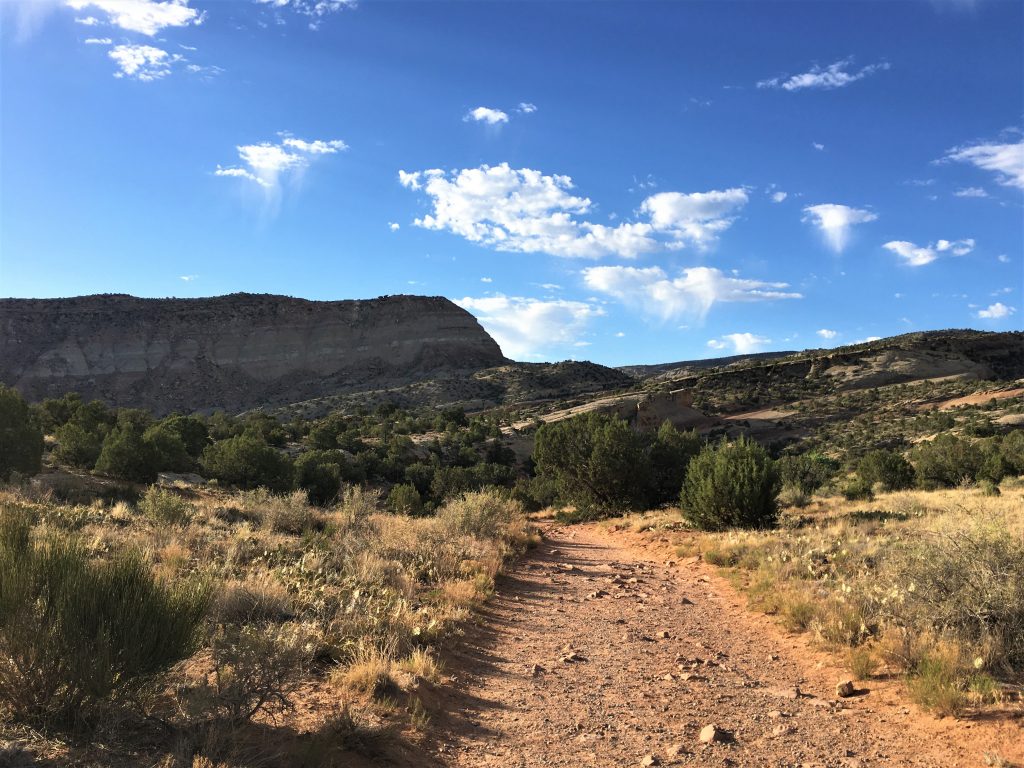
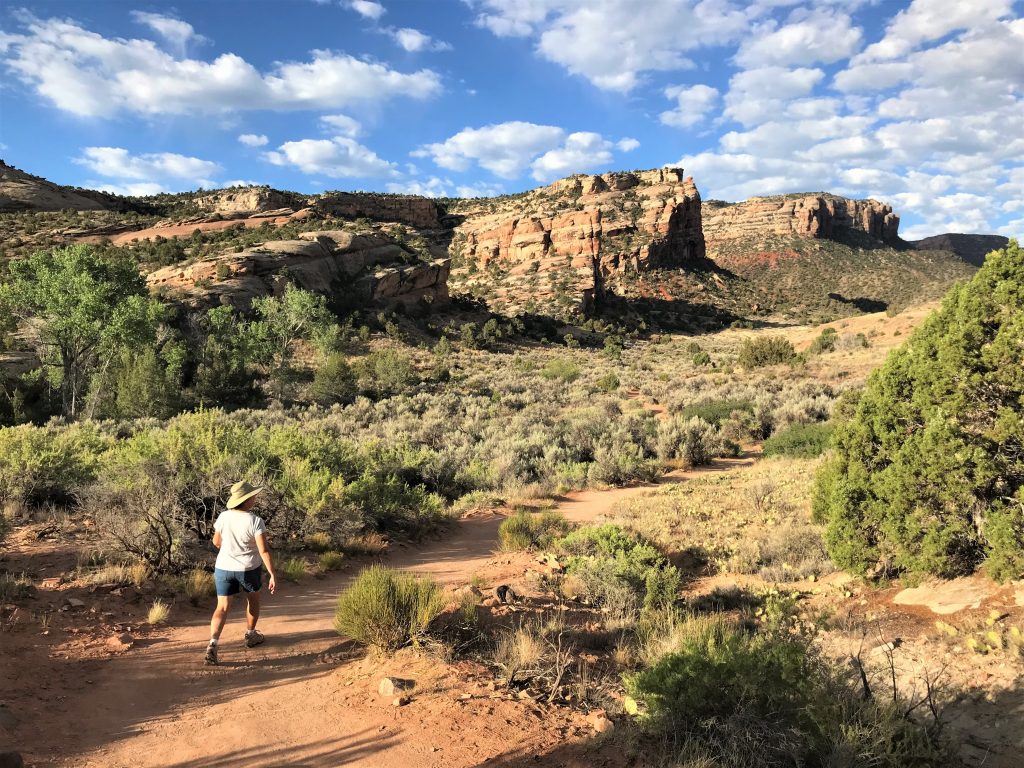
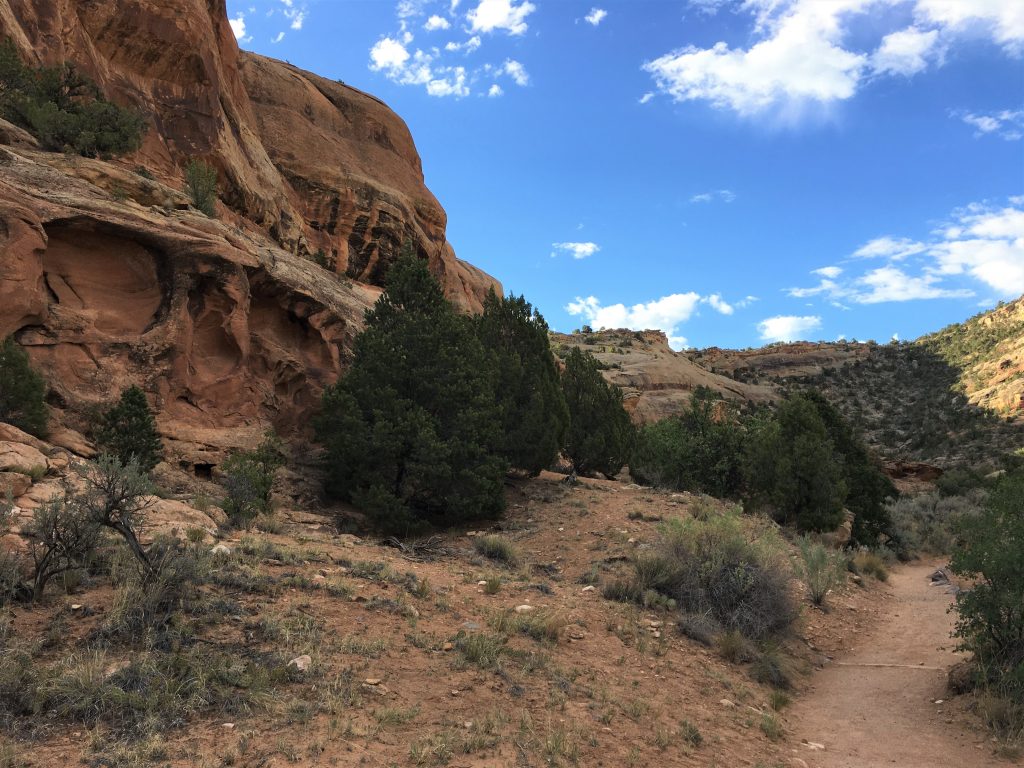
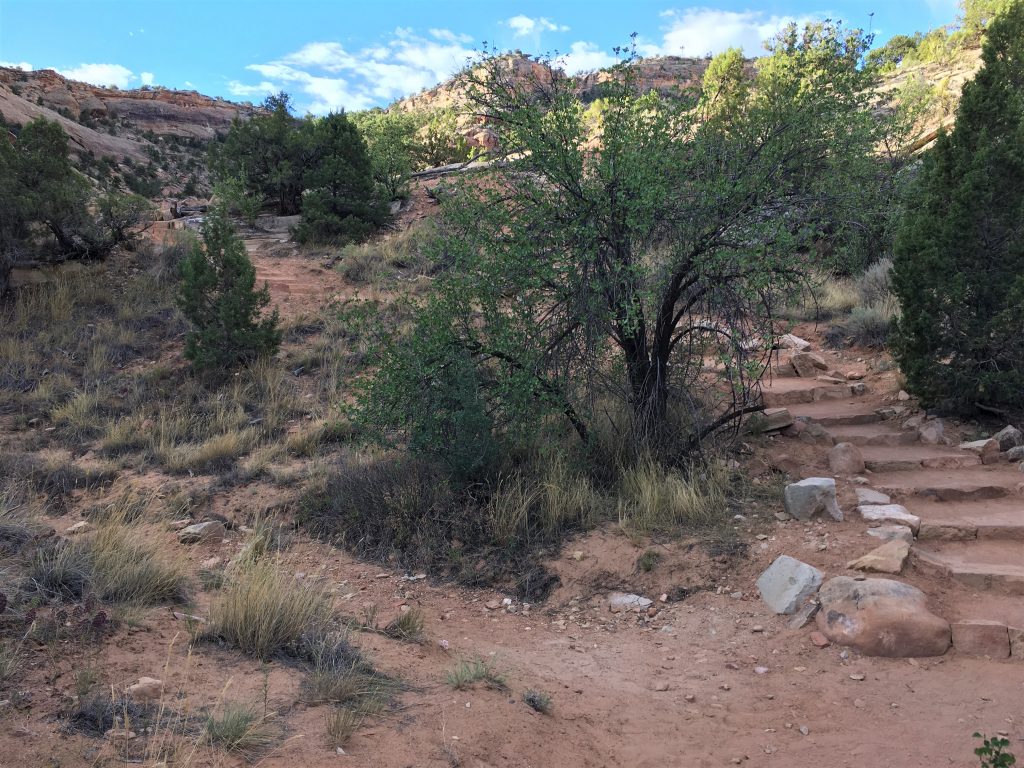
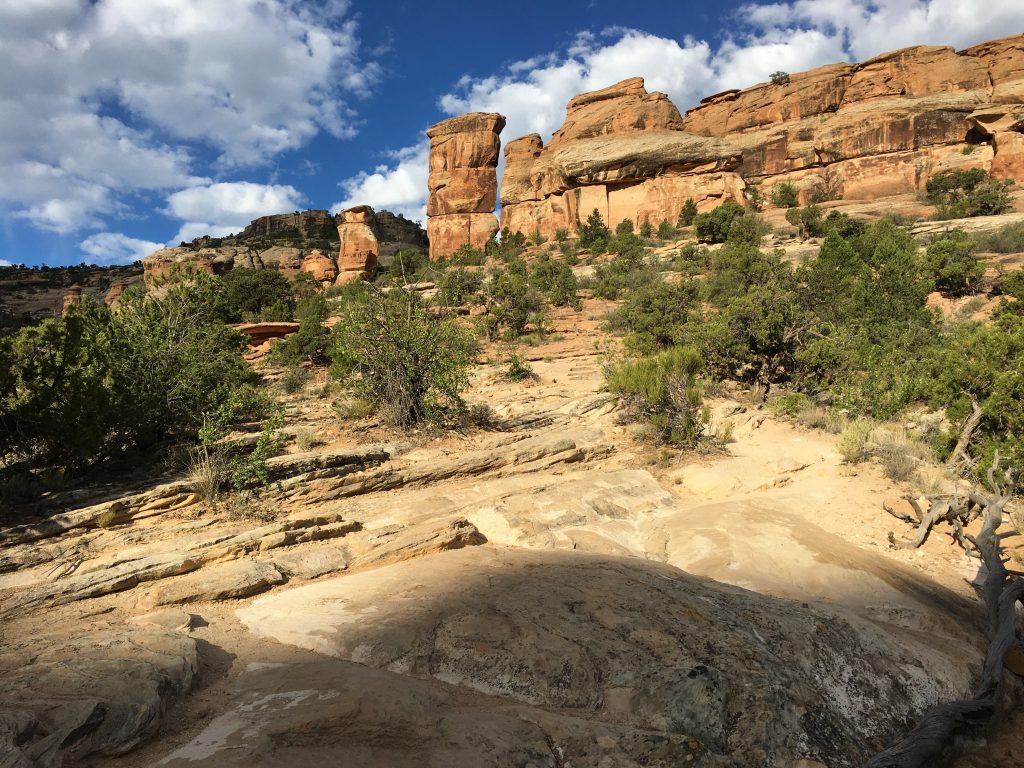
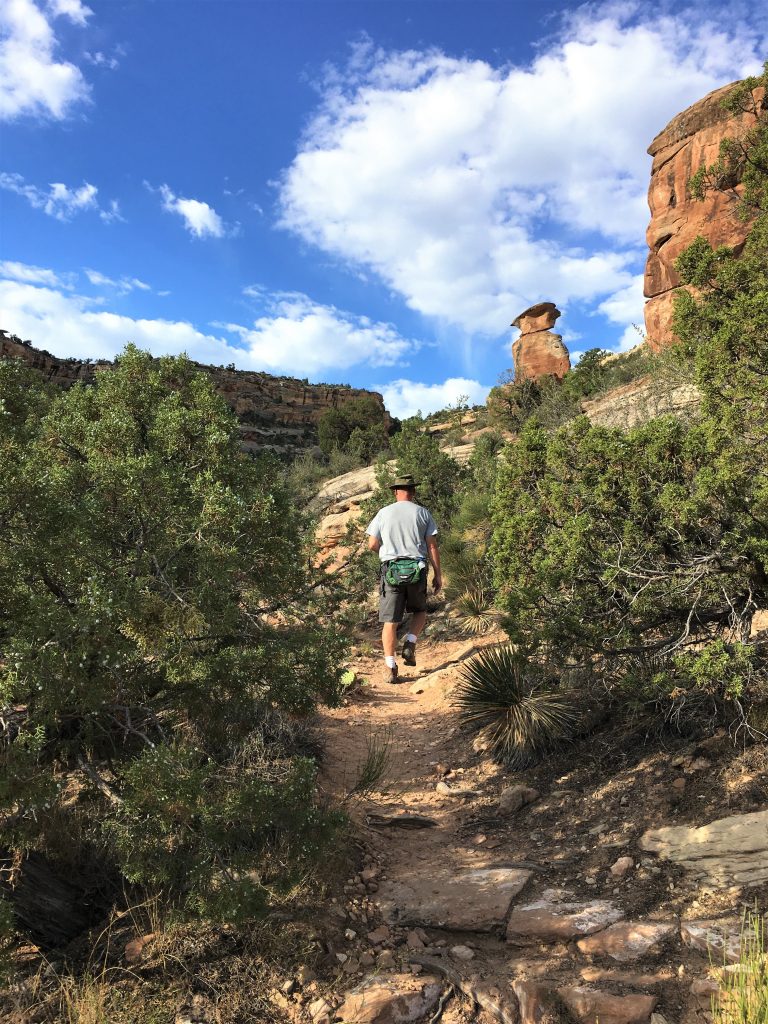
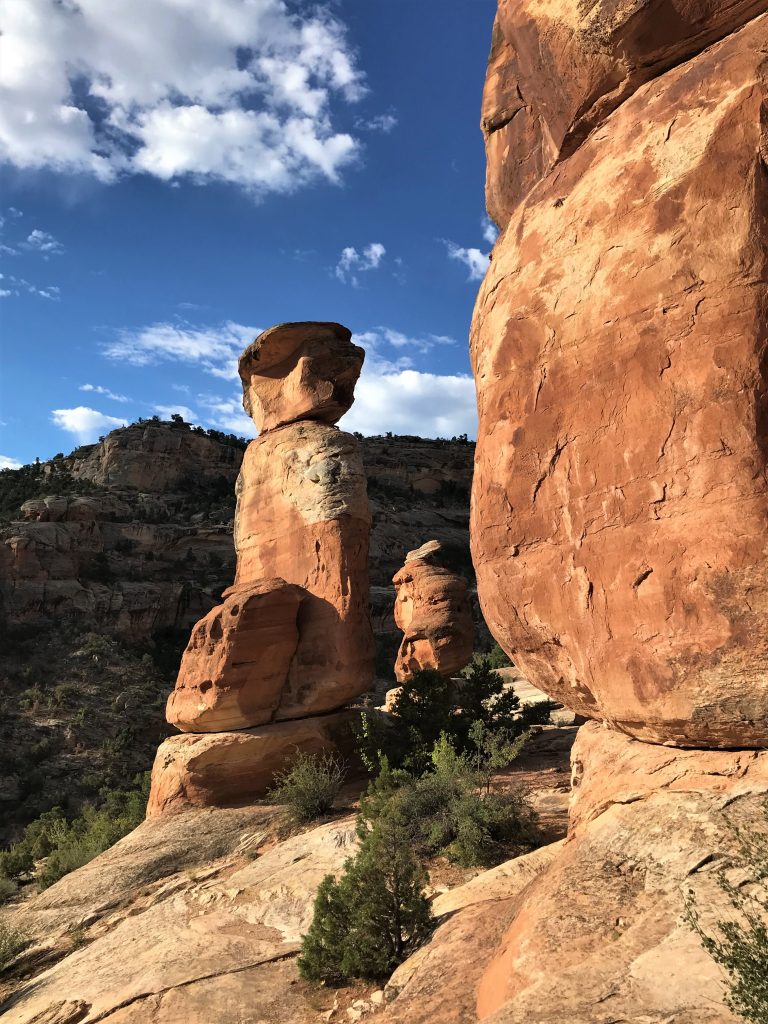
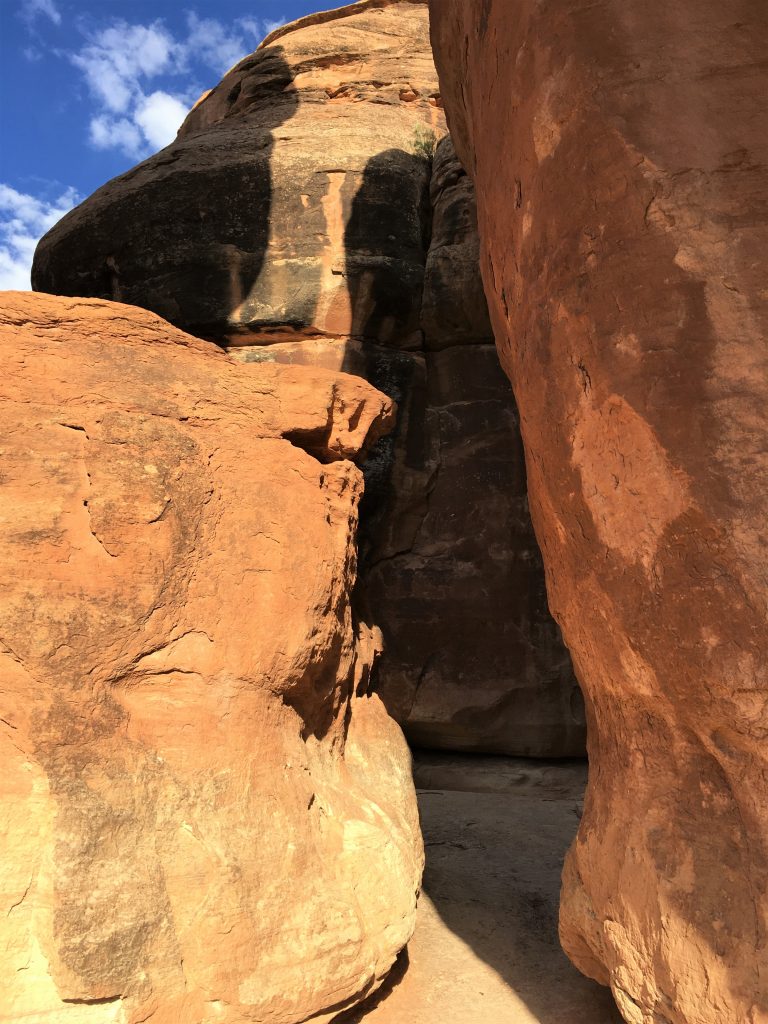
Let’s see what’s cookin’!
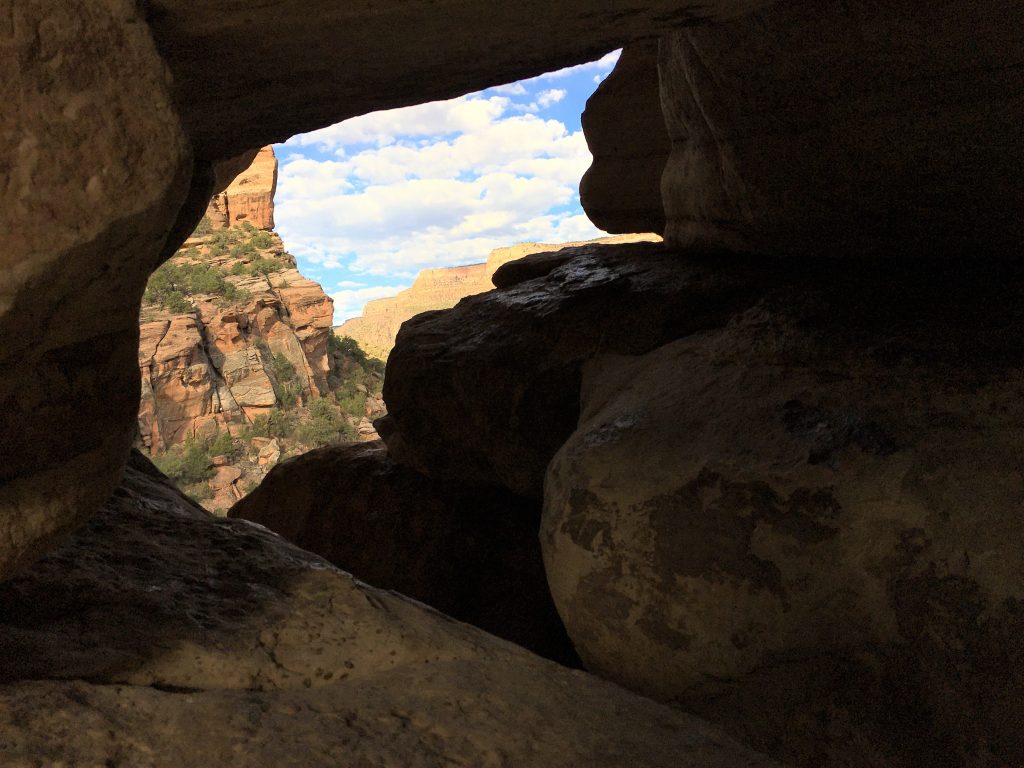
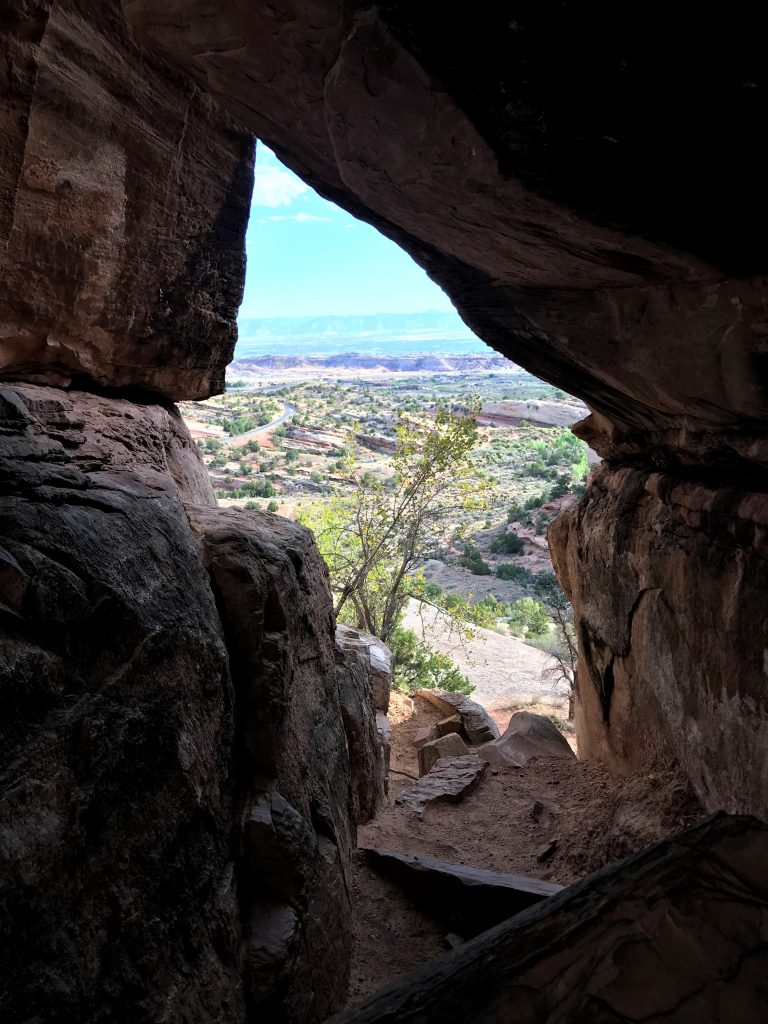
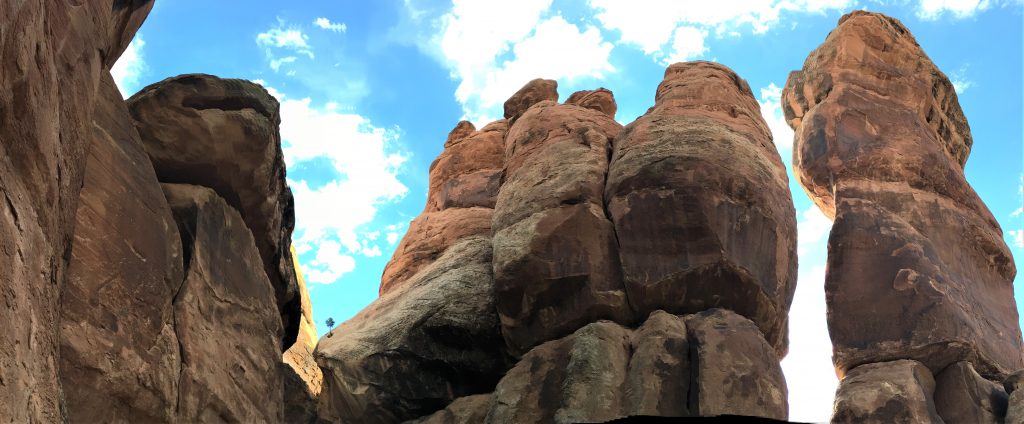
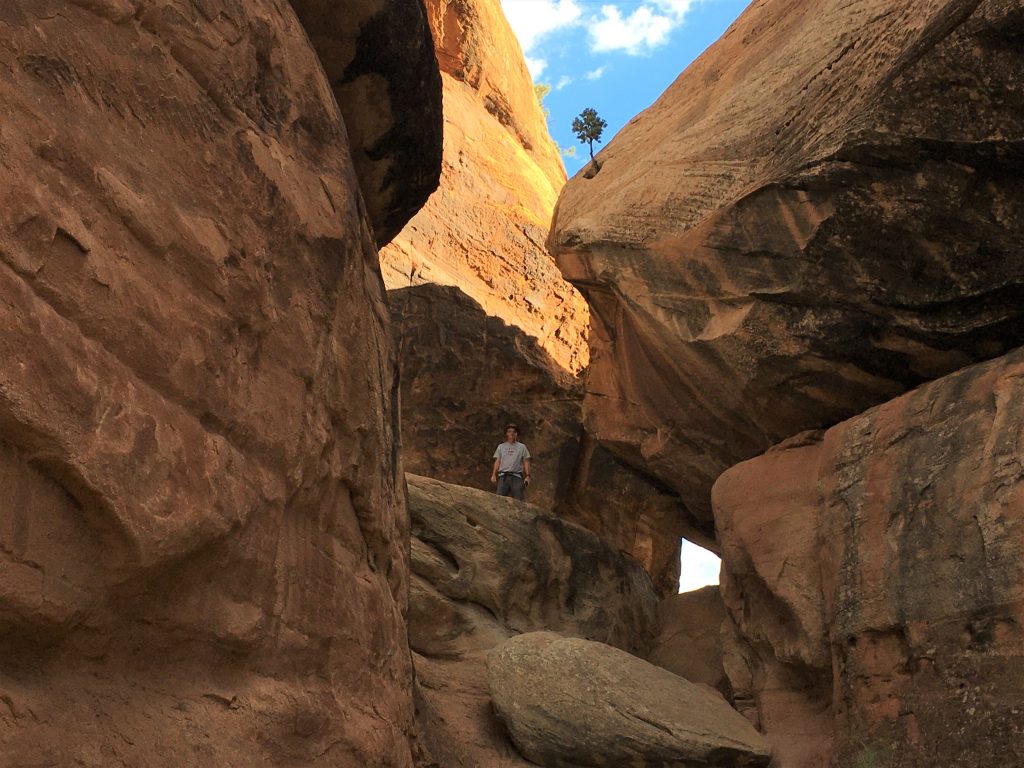
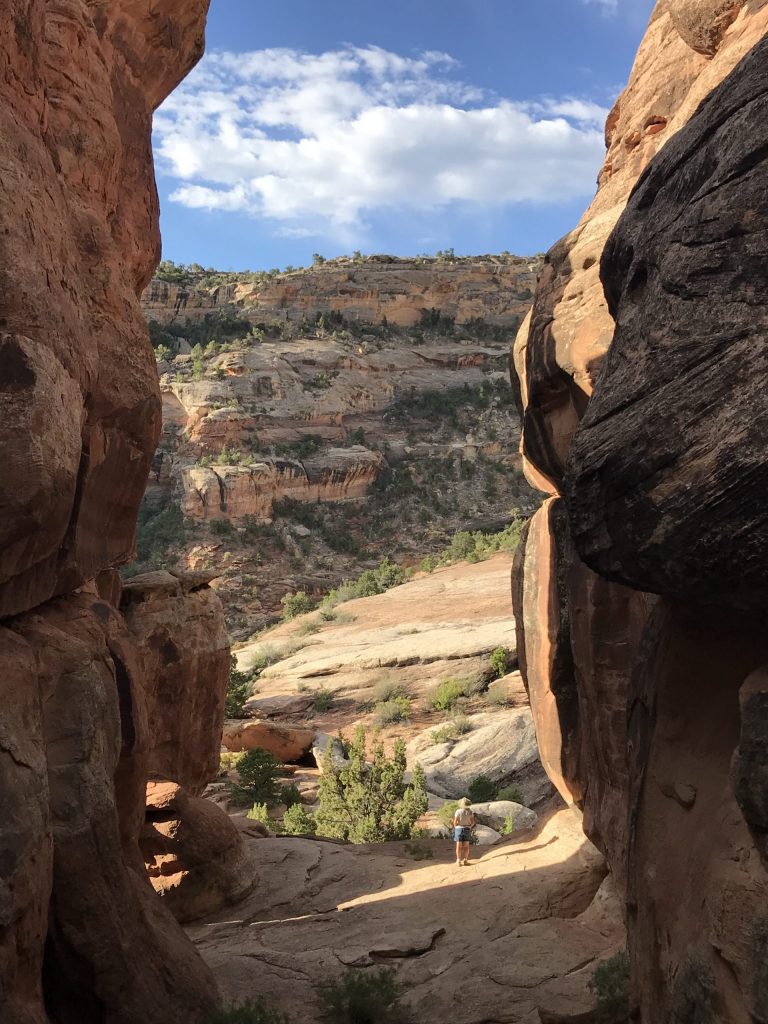
However, I’m thinking once the day heats up, it’ll be people cooking in here!
Bet these rocks get super-heated!
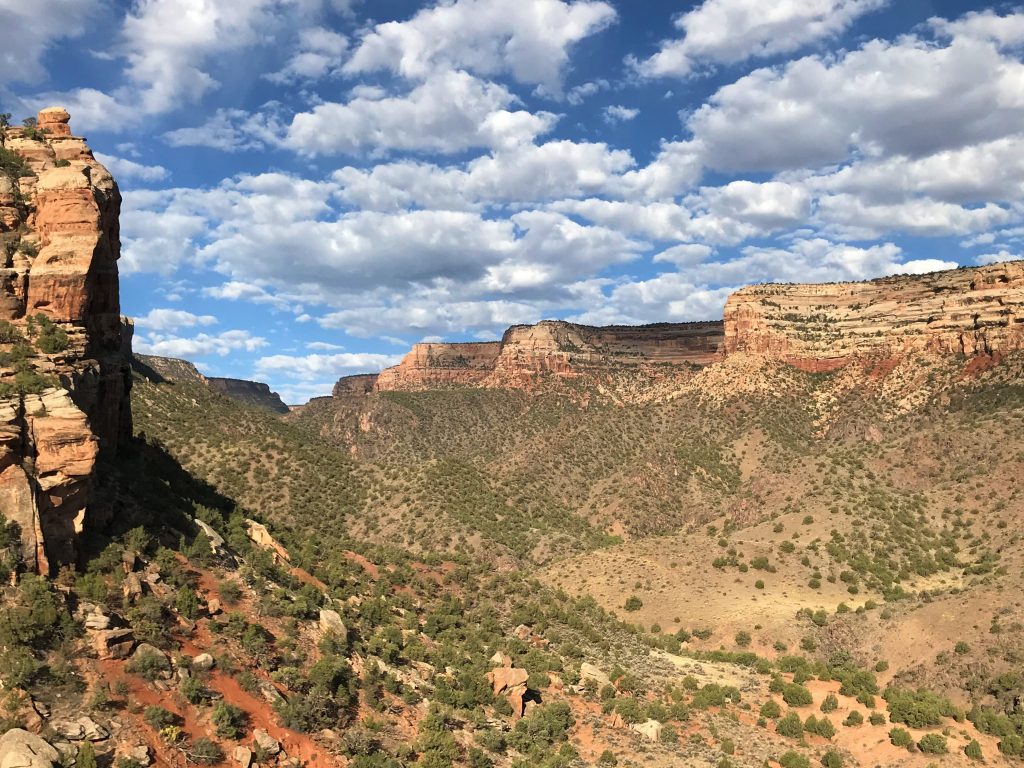

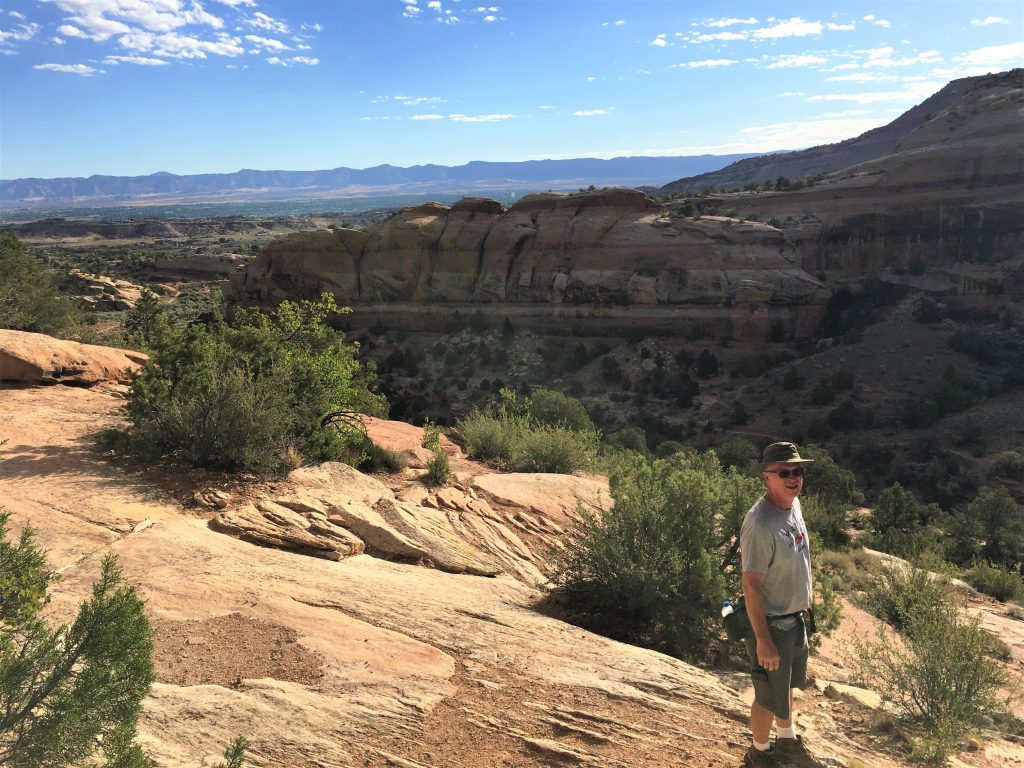
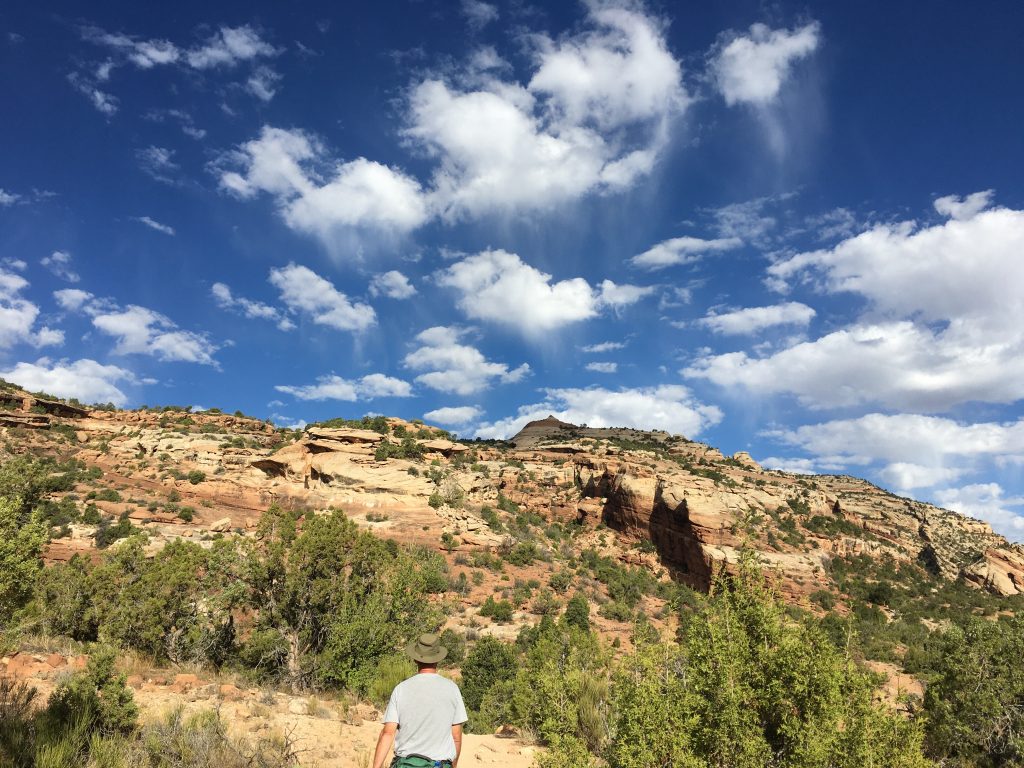
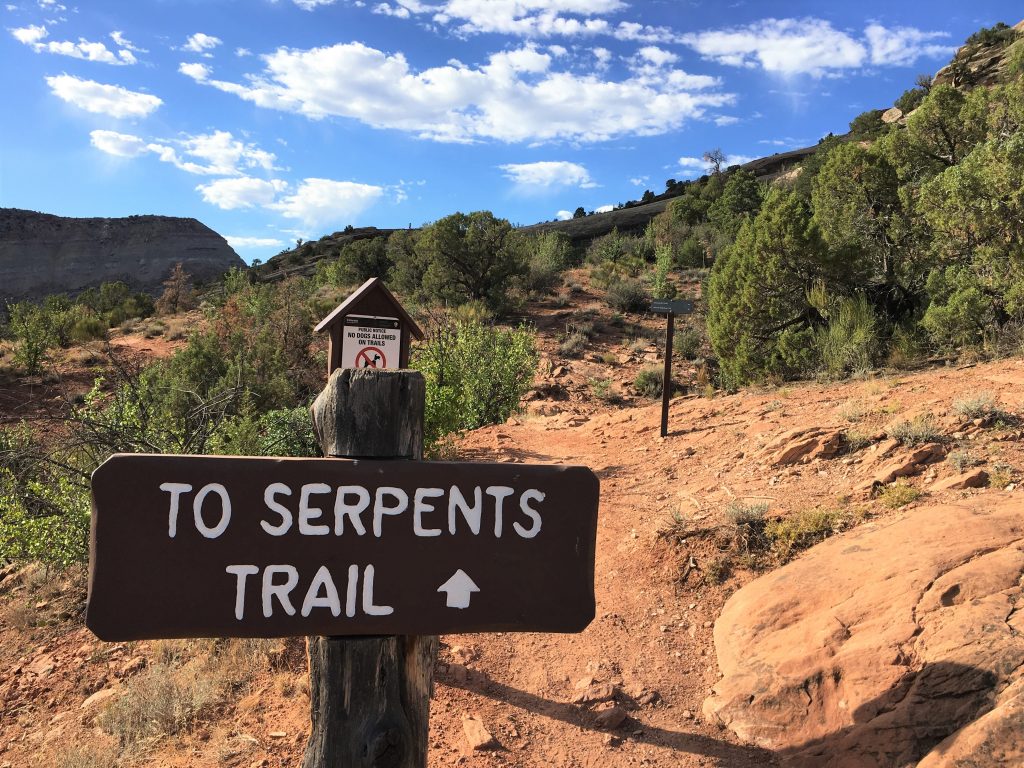
we parked the Jeep and took this undeveloped trail from the parking lot to the actual trail head.
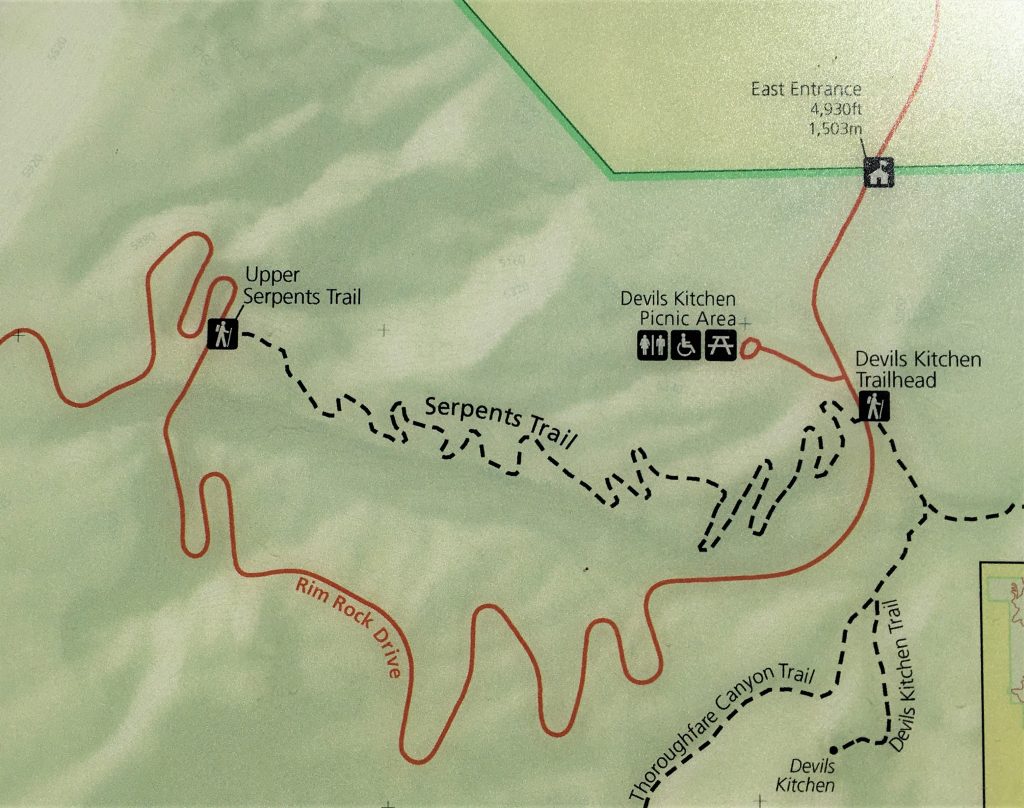
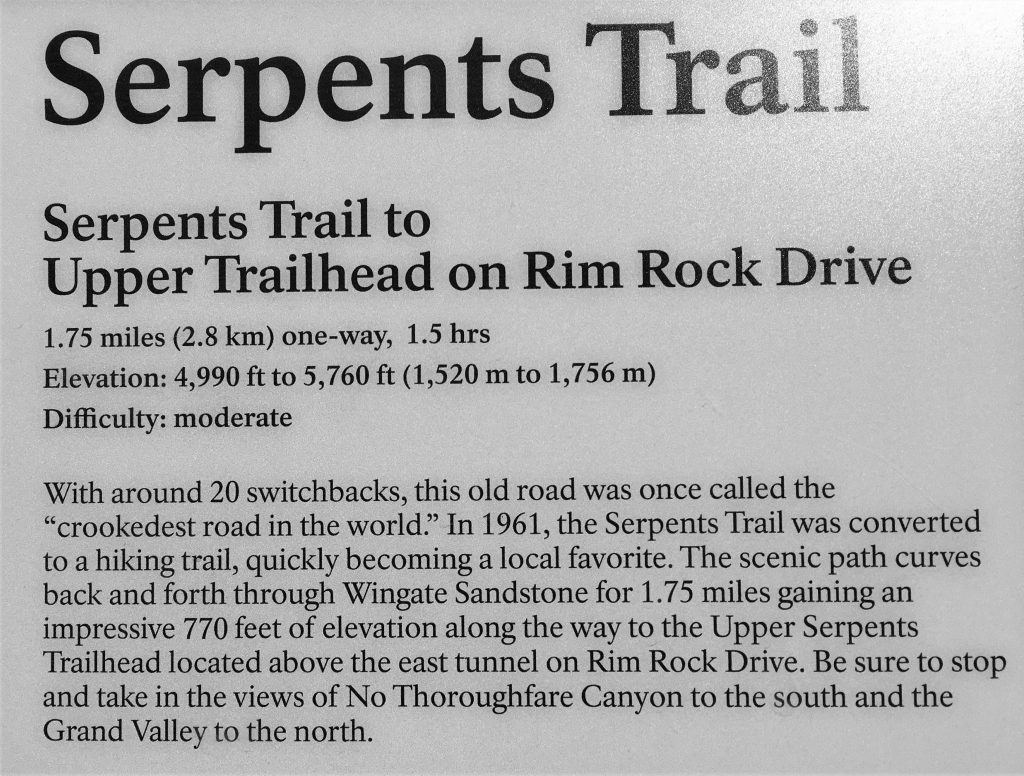
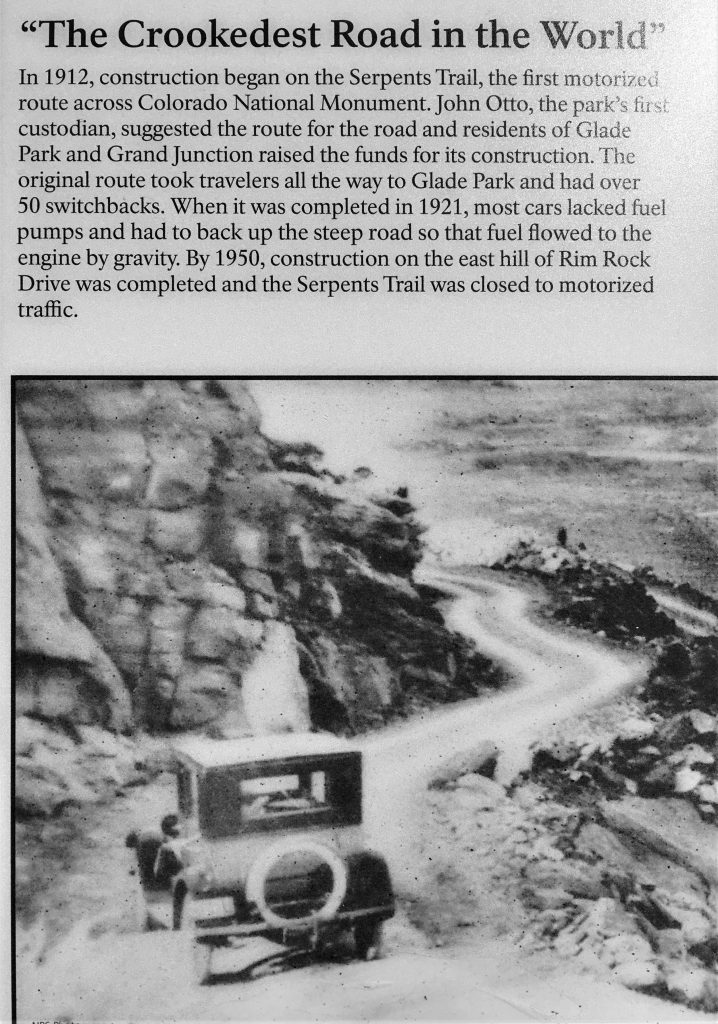

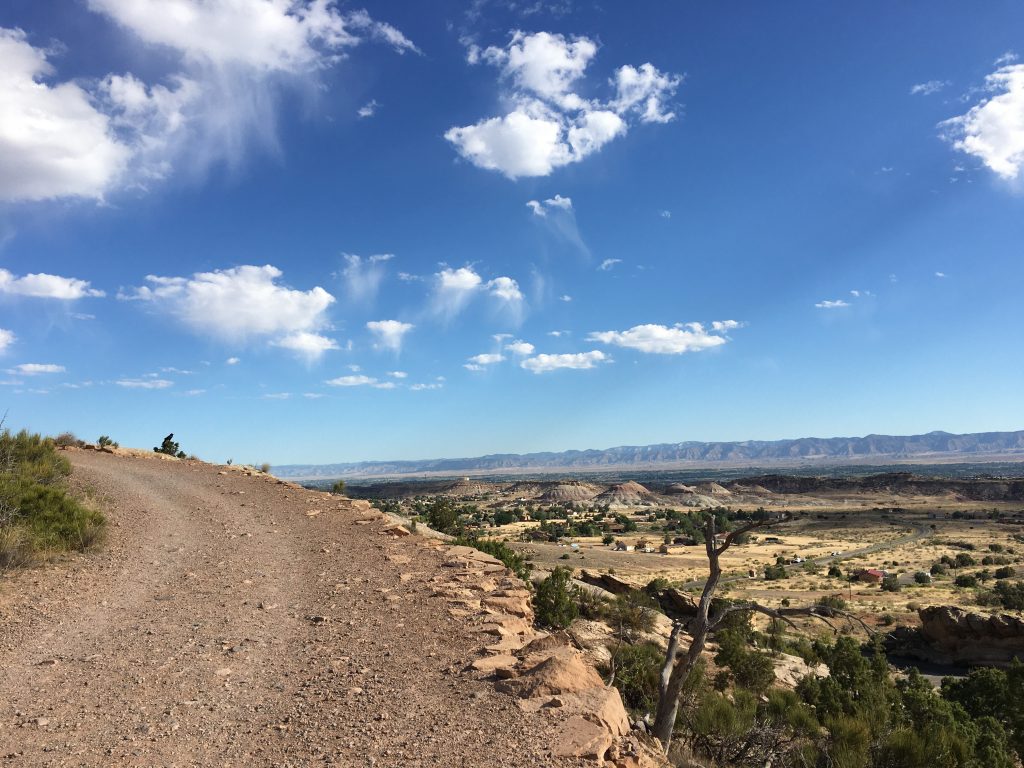
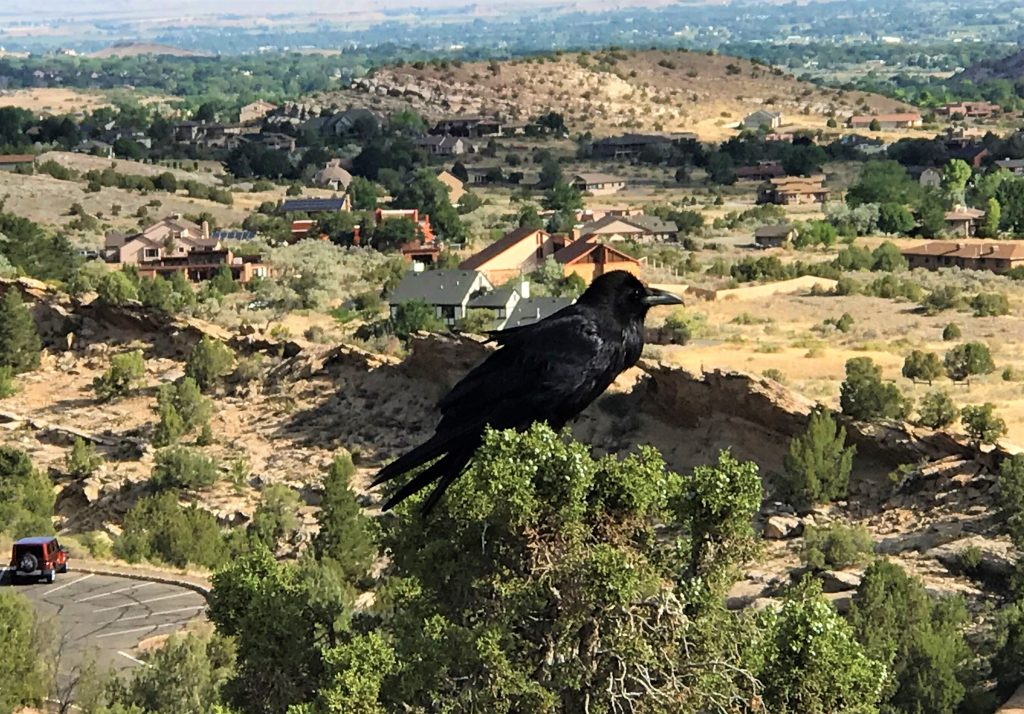
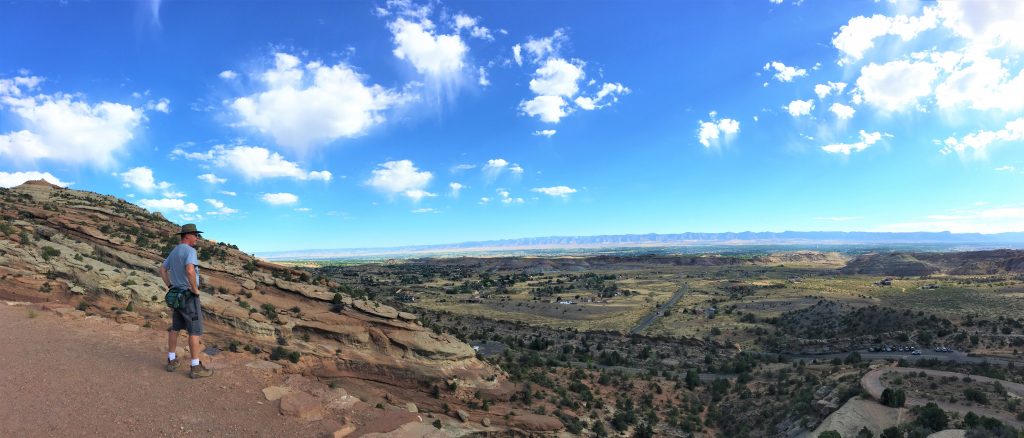
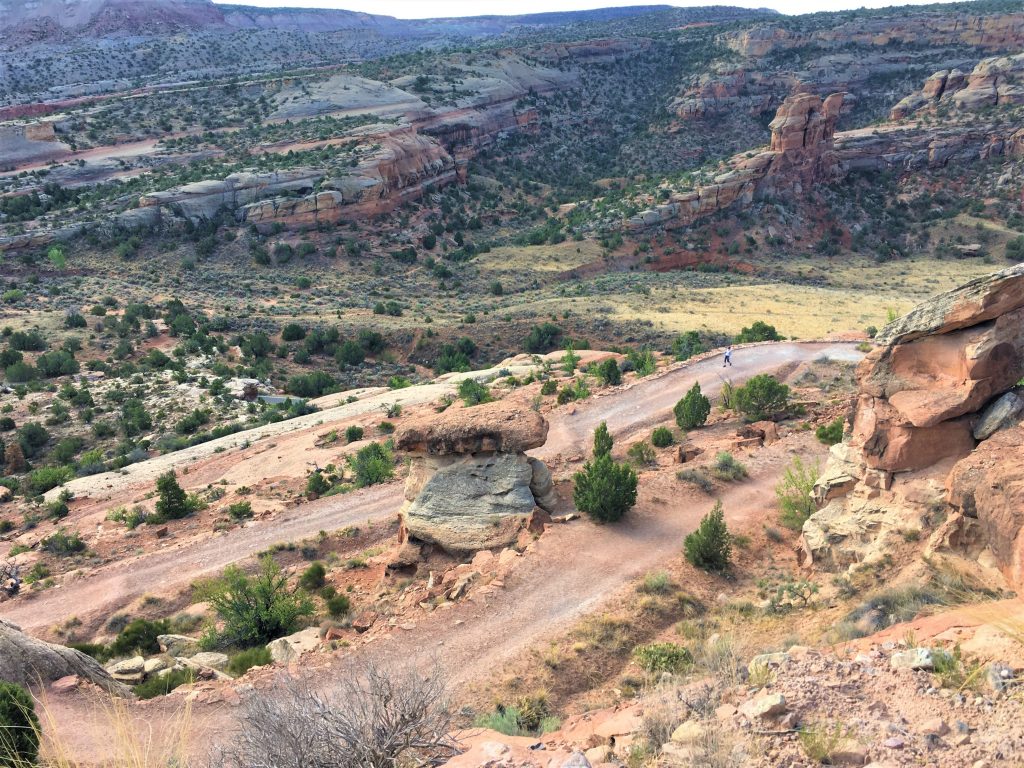
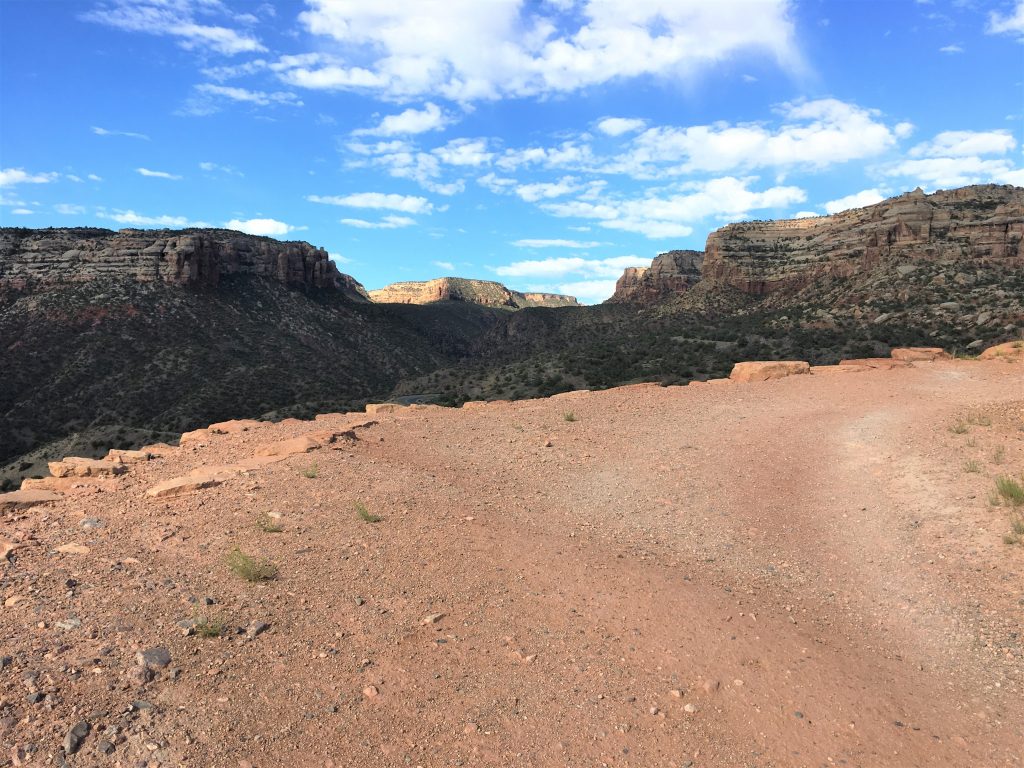
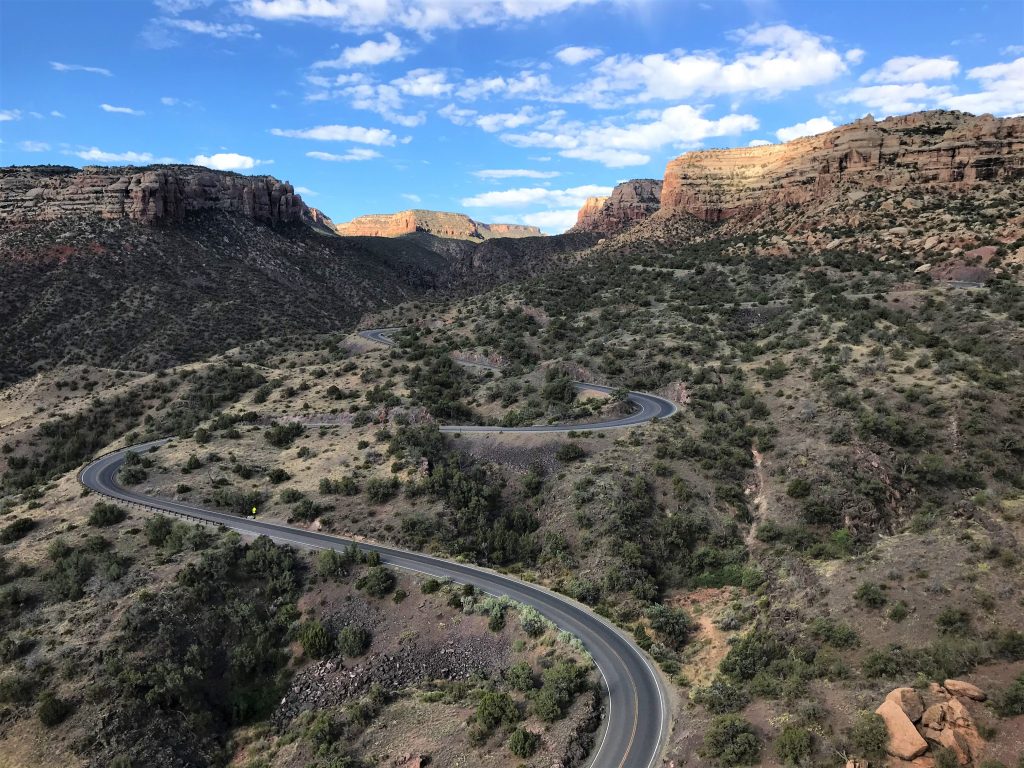
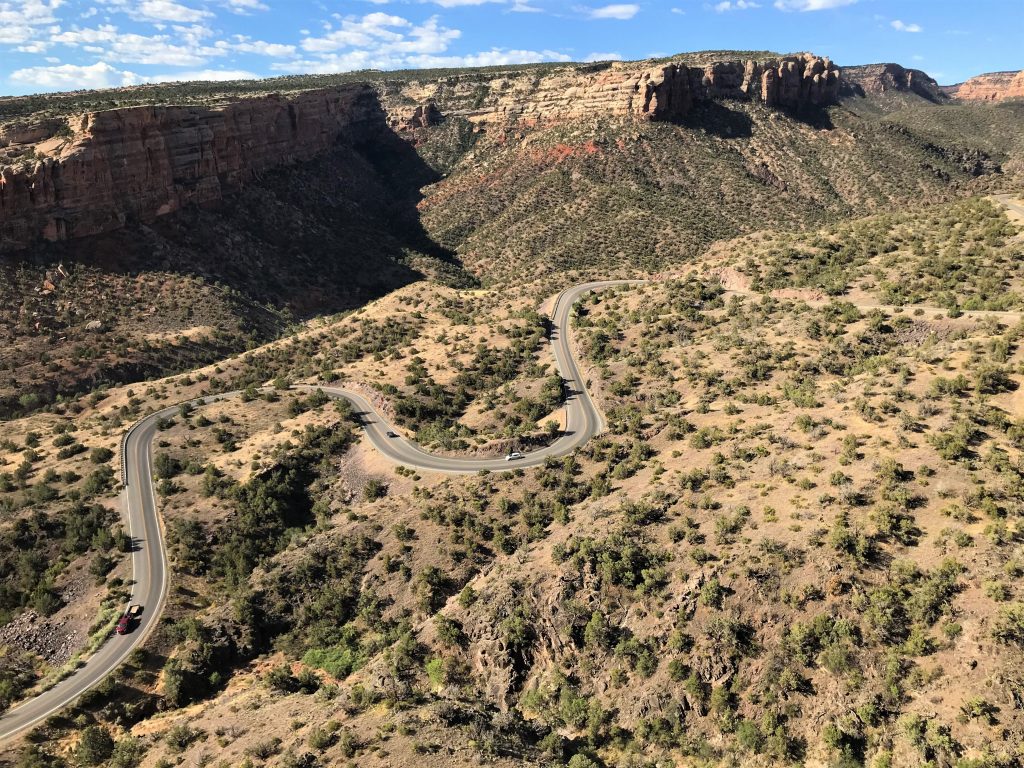
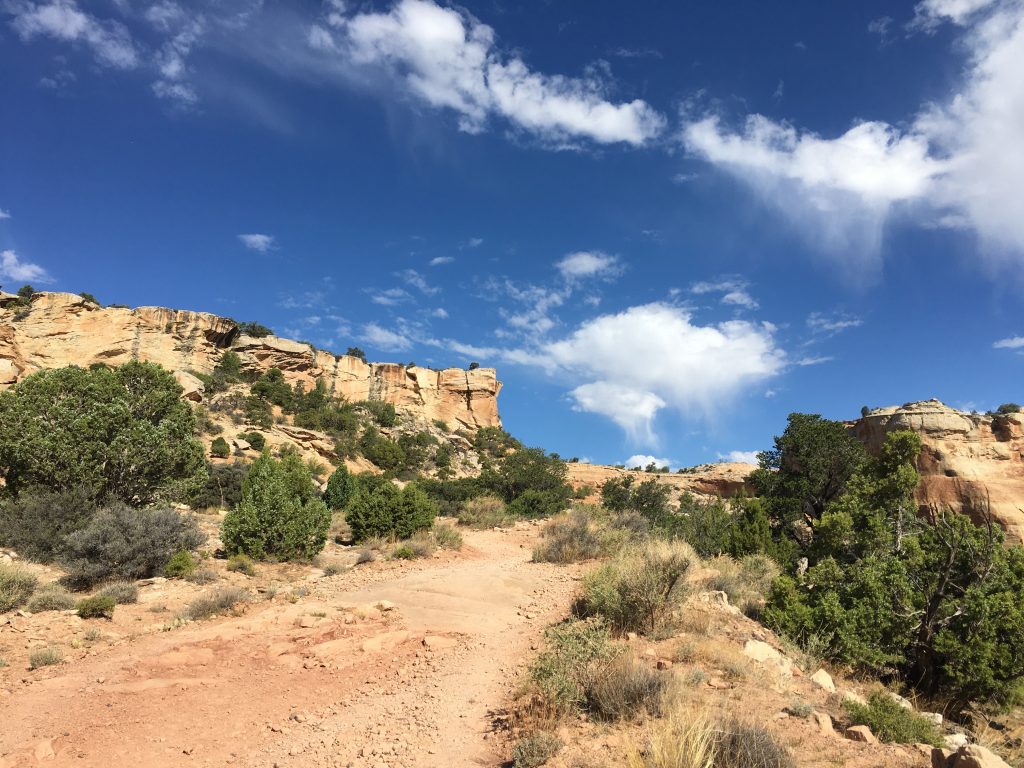
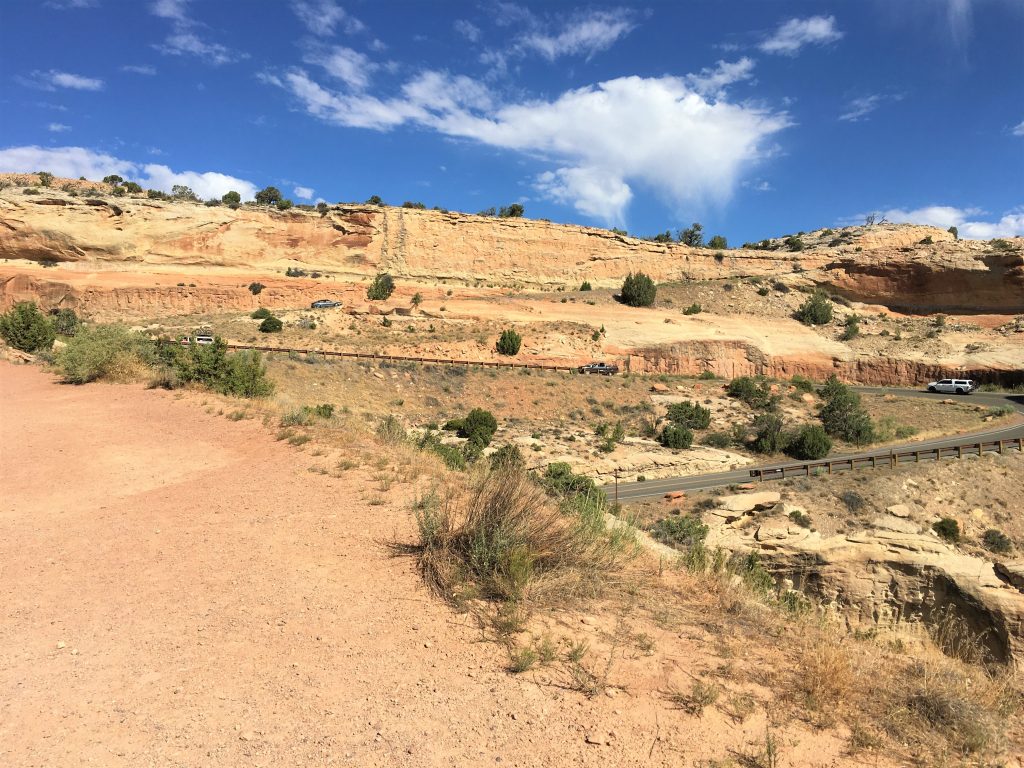
Where’s the shade?!?!? We’re tired and hot!
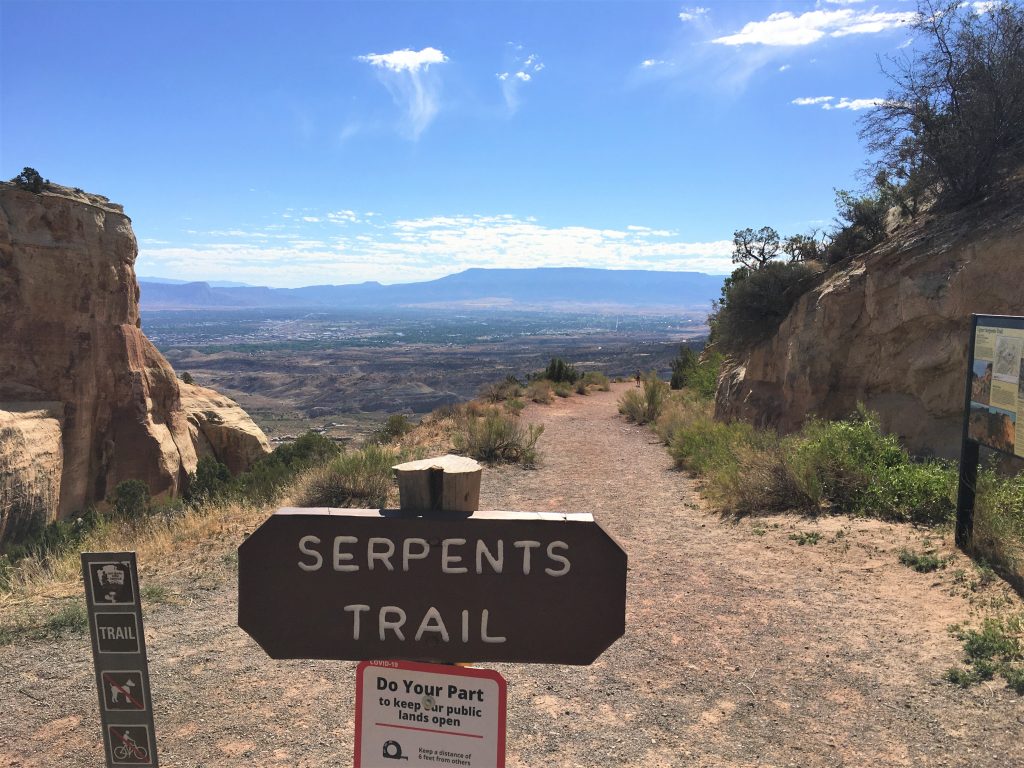
People driving probably wondered what in the world we were doing,
since all they could see was the tops of our heads. : )
This is heading back down the road.
We were glad to have done the hard part first!
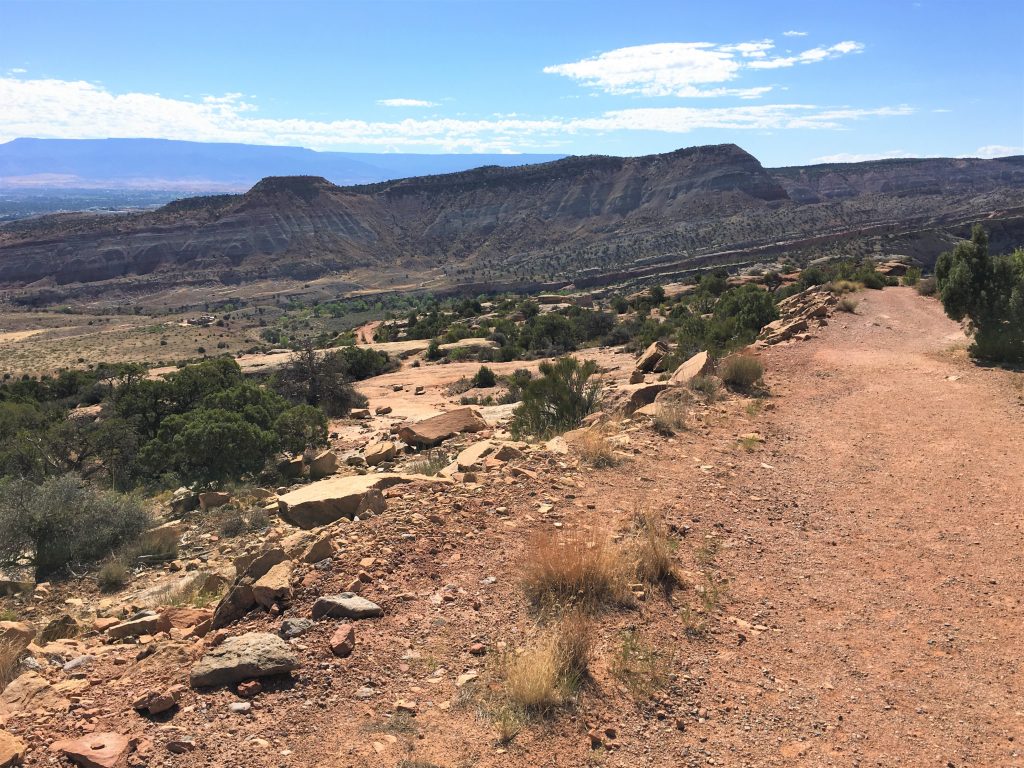
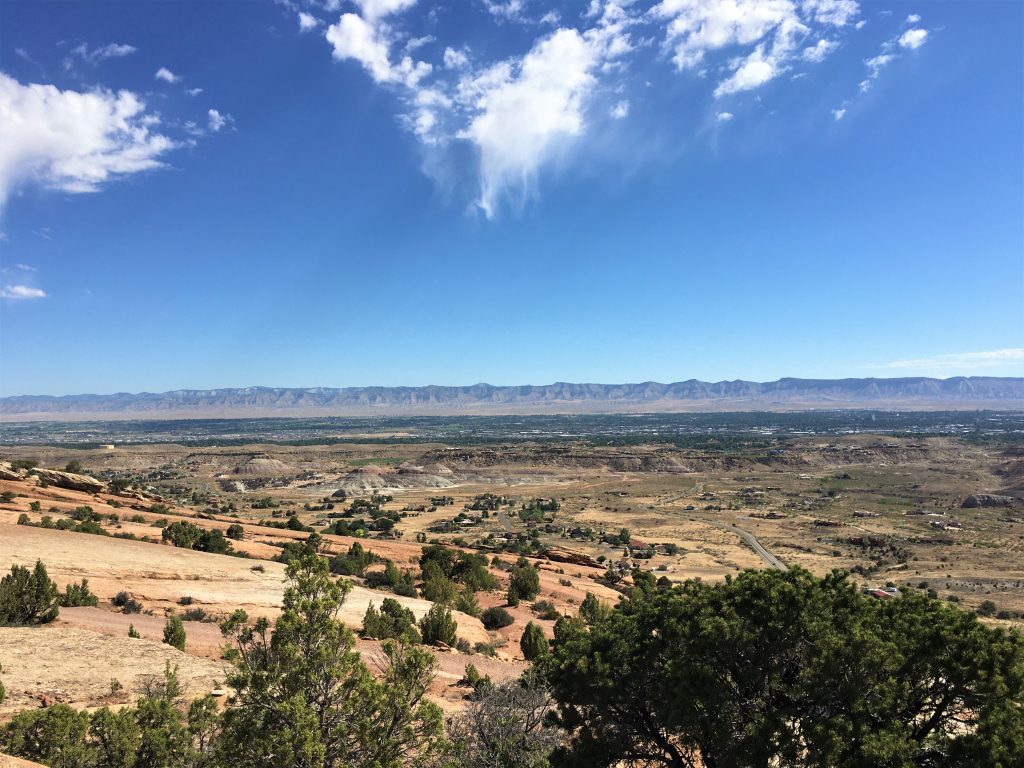
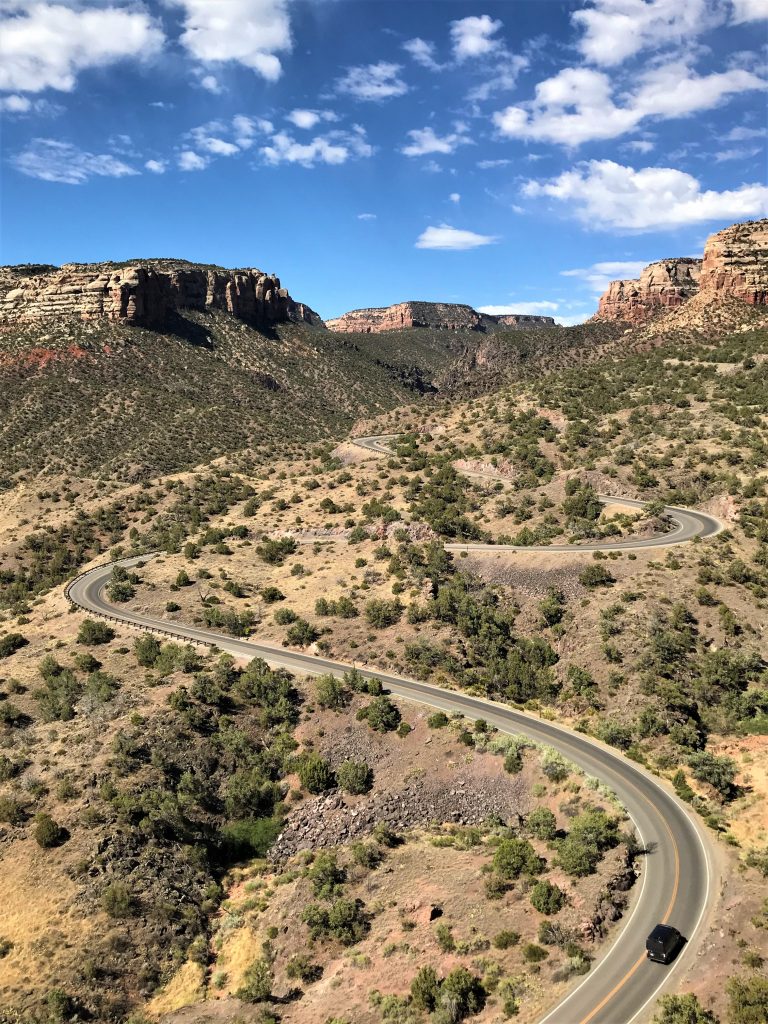
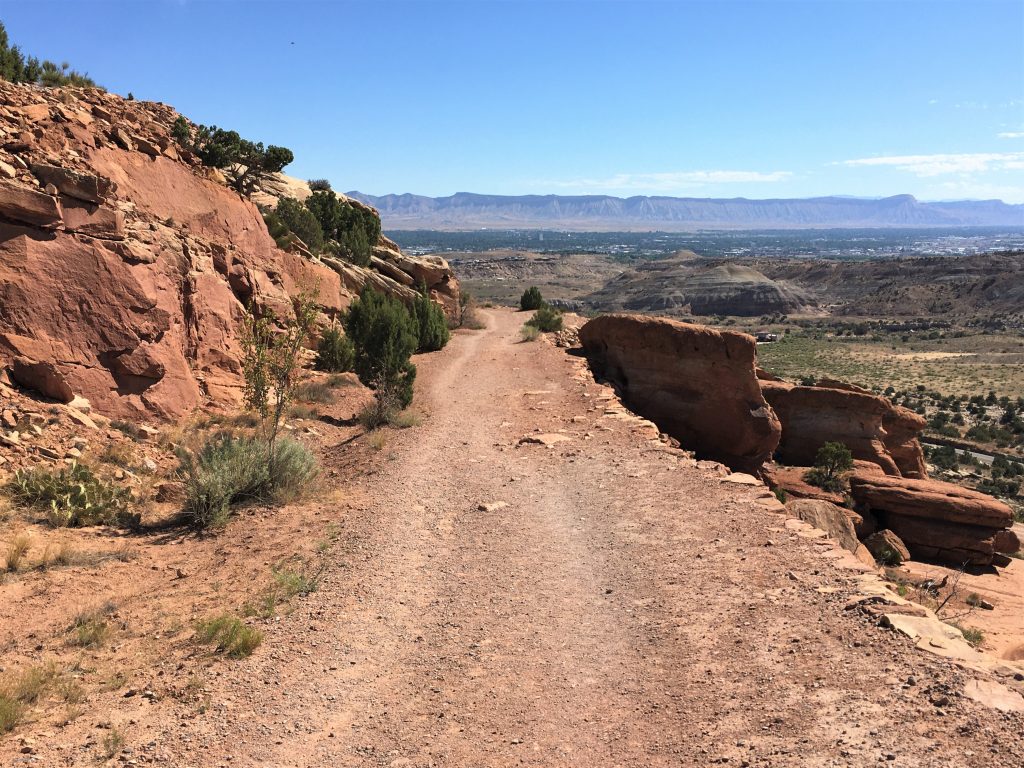
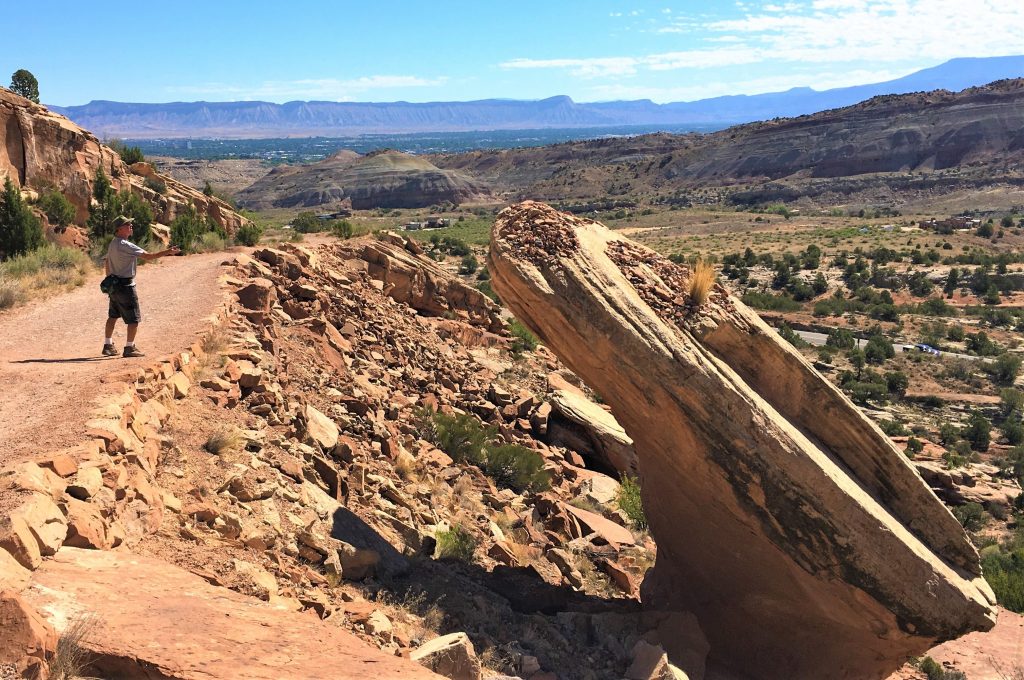
Nailed it the first time!
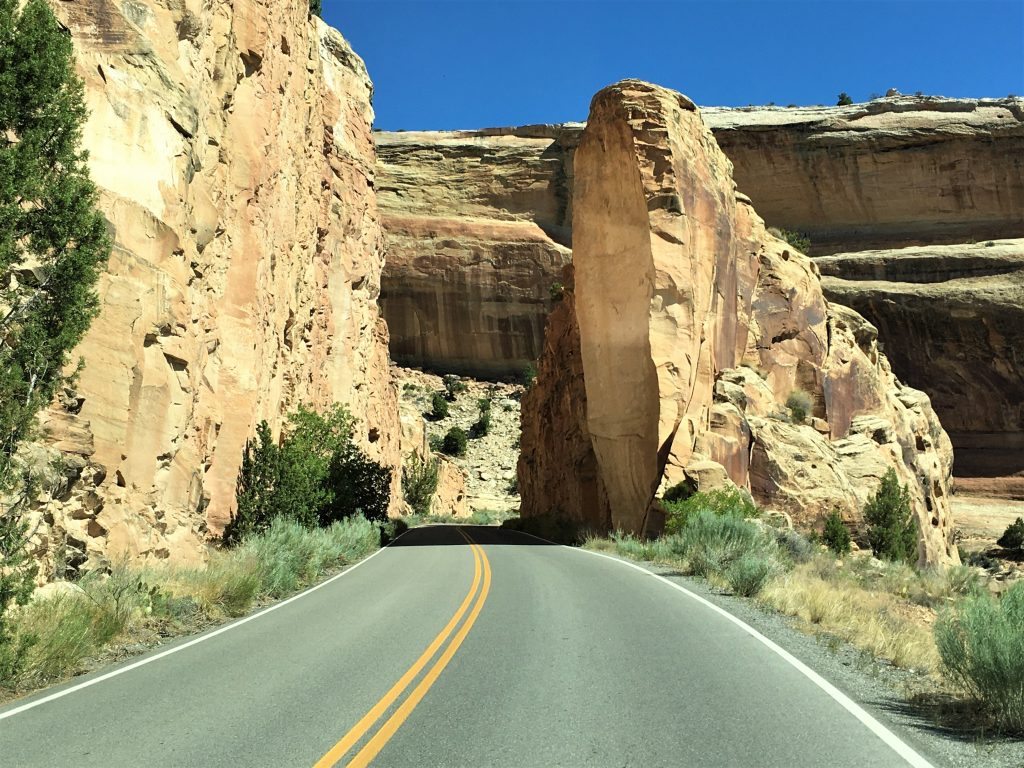
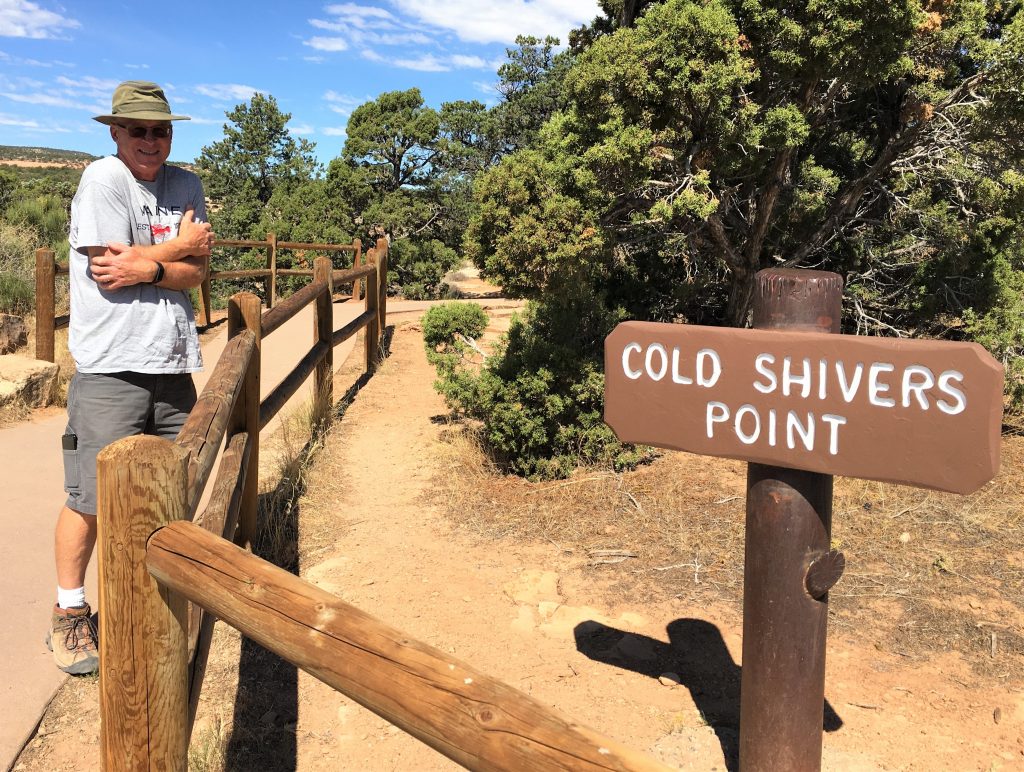
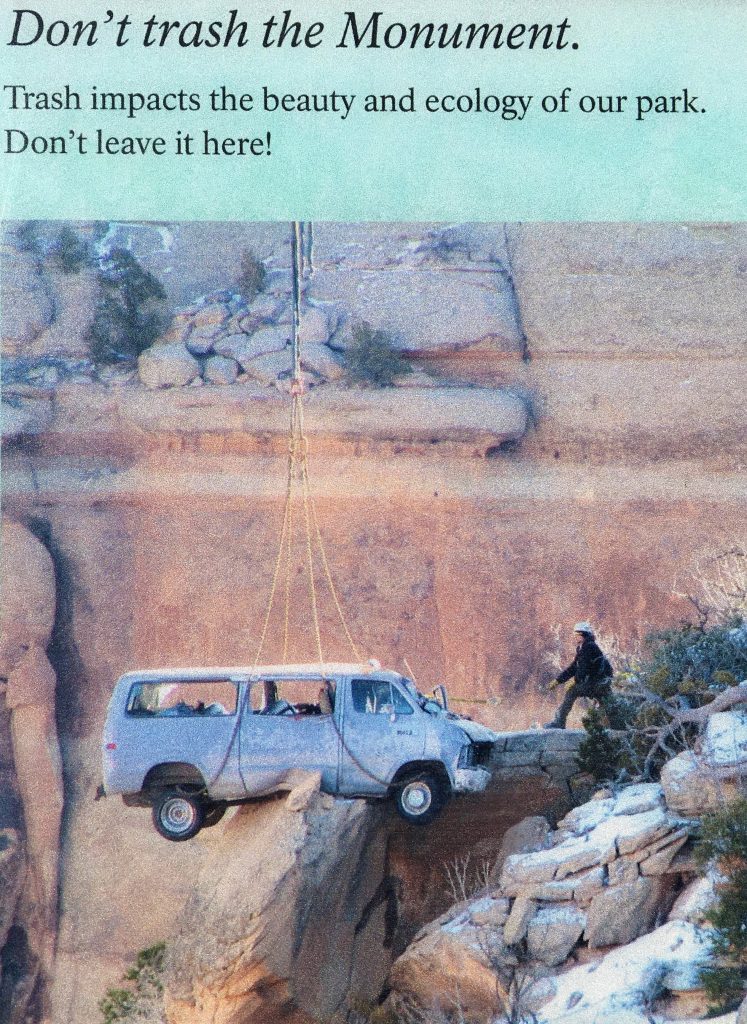
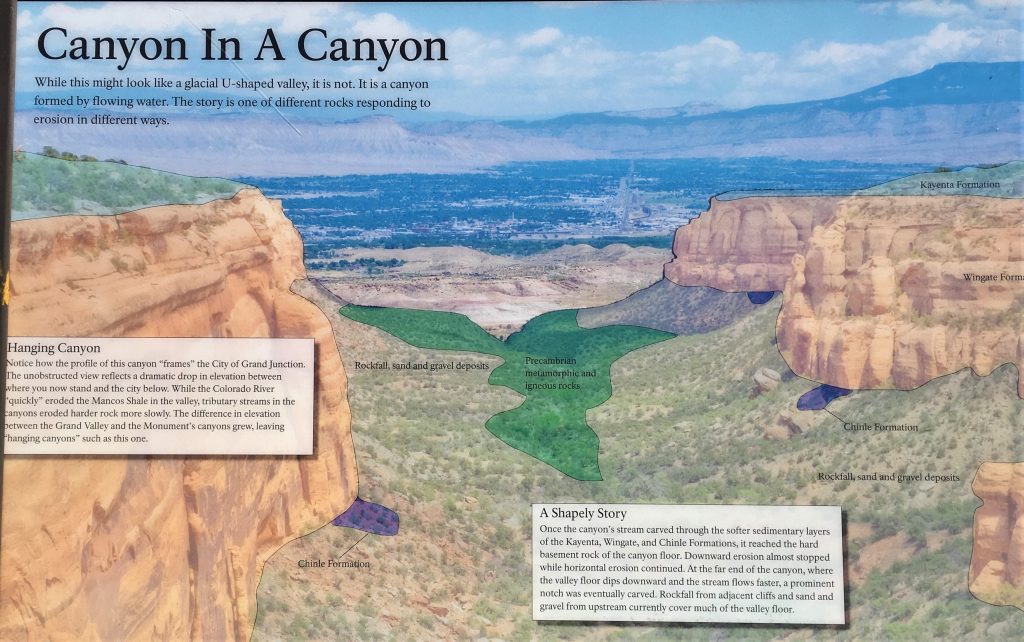
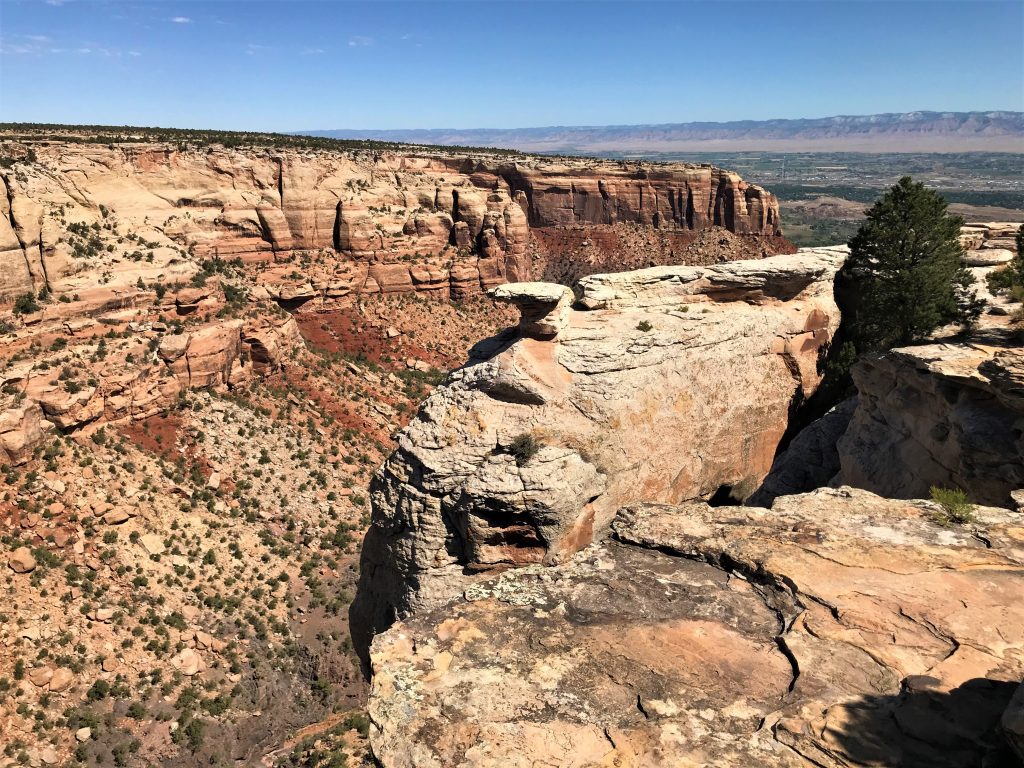
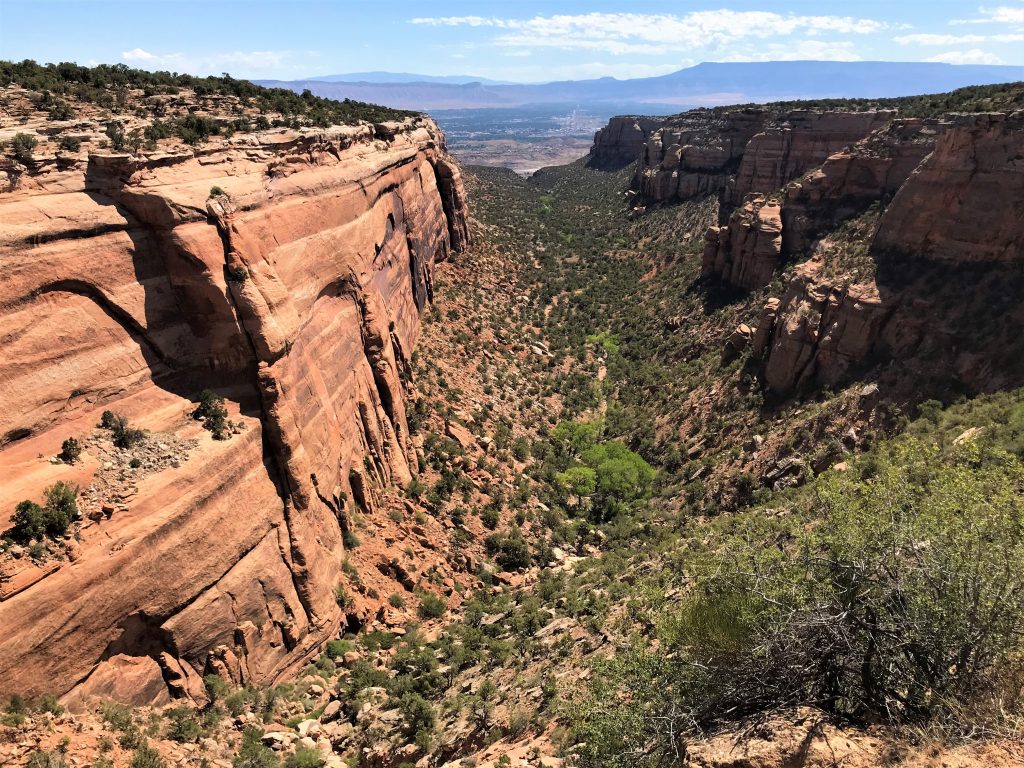
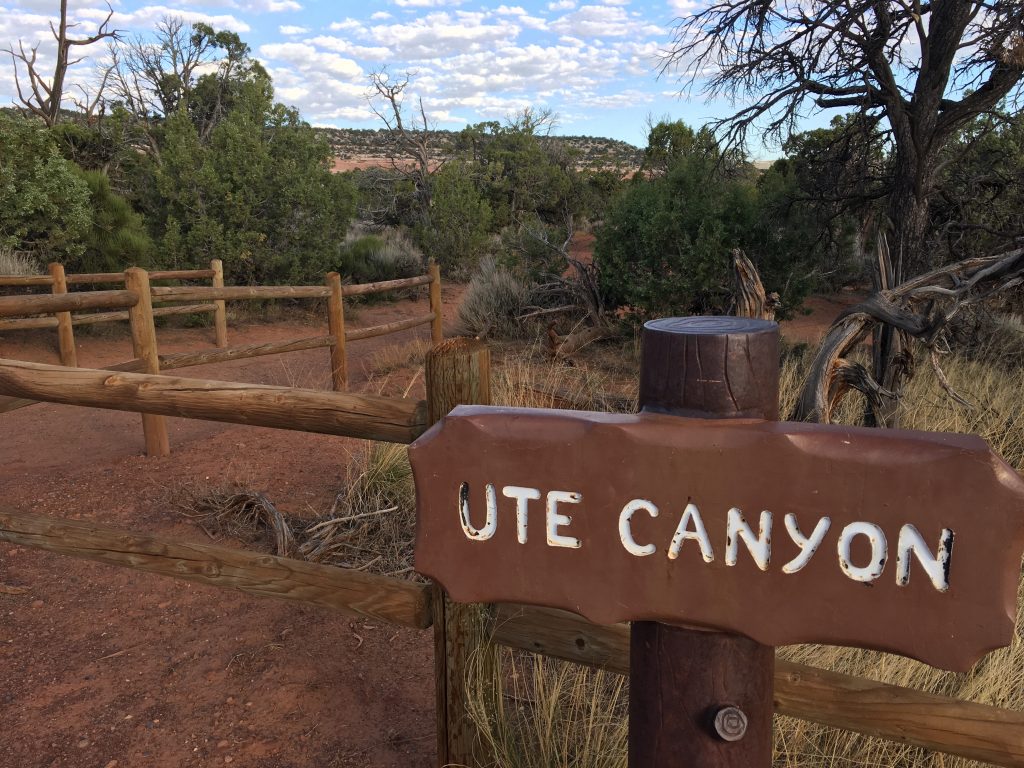
This was one of our first stops this morning, but I saved it so you could compare the lighting to the afternoon. : ) 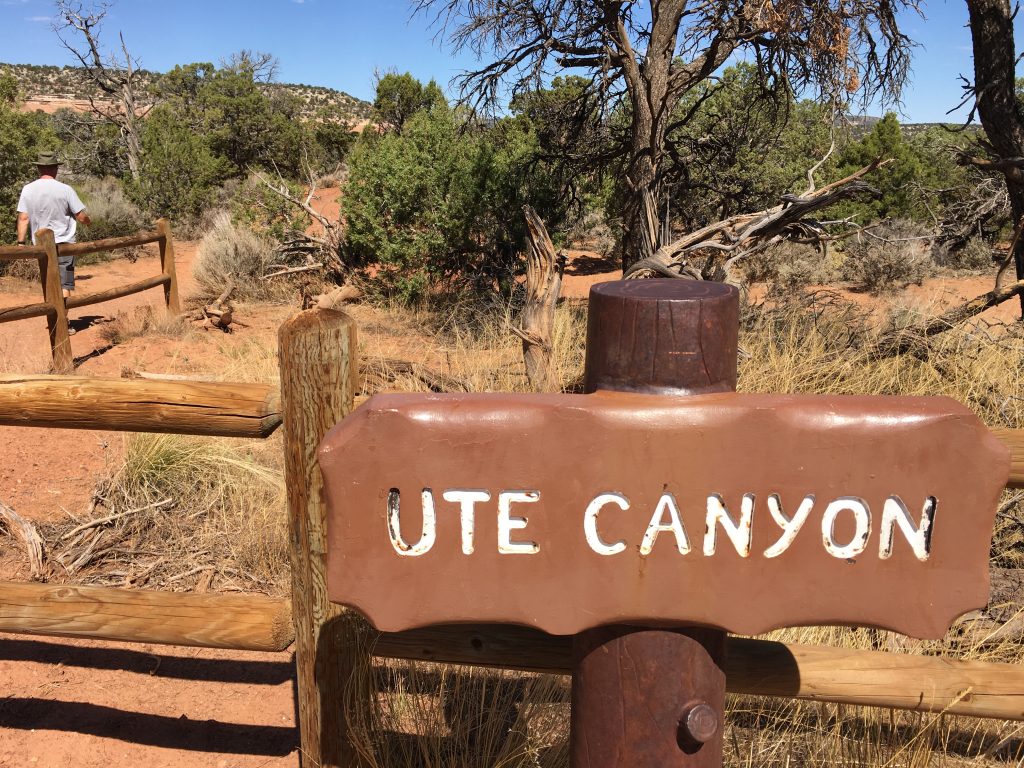
This is after lunch, on our way home.
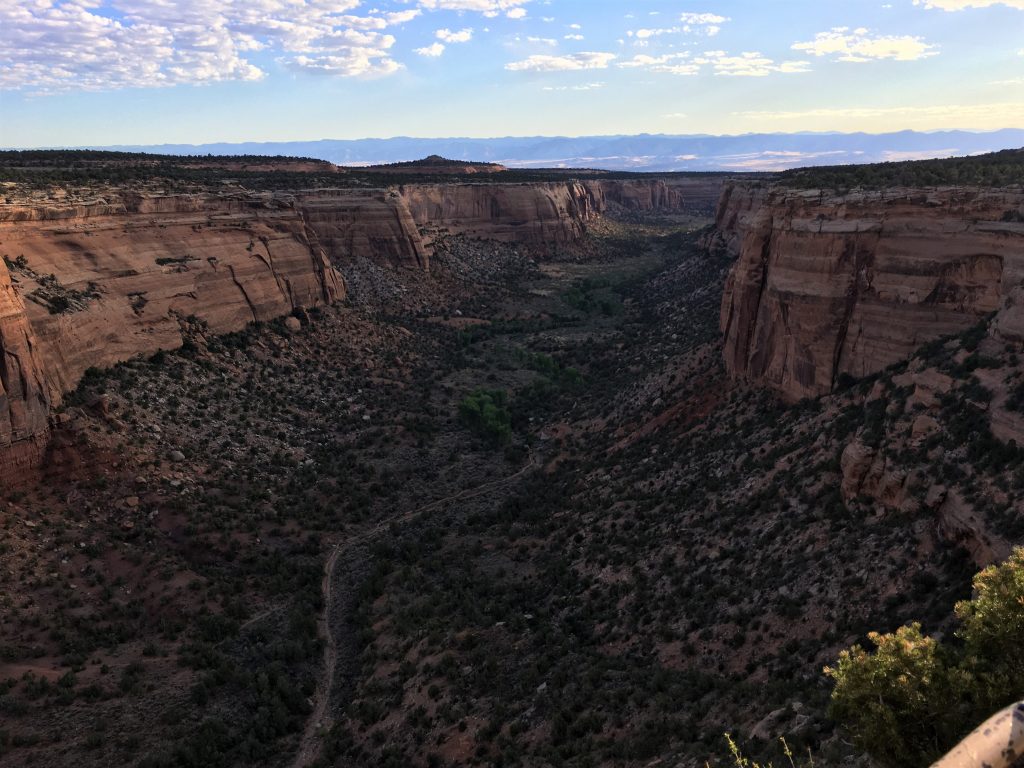
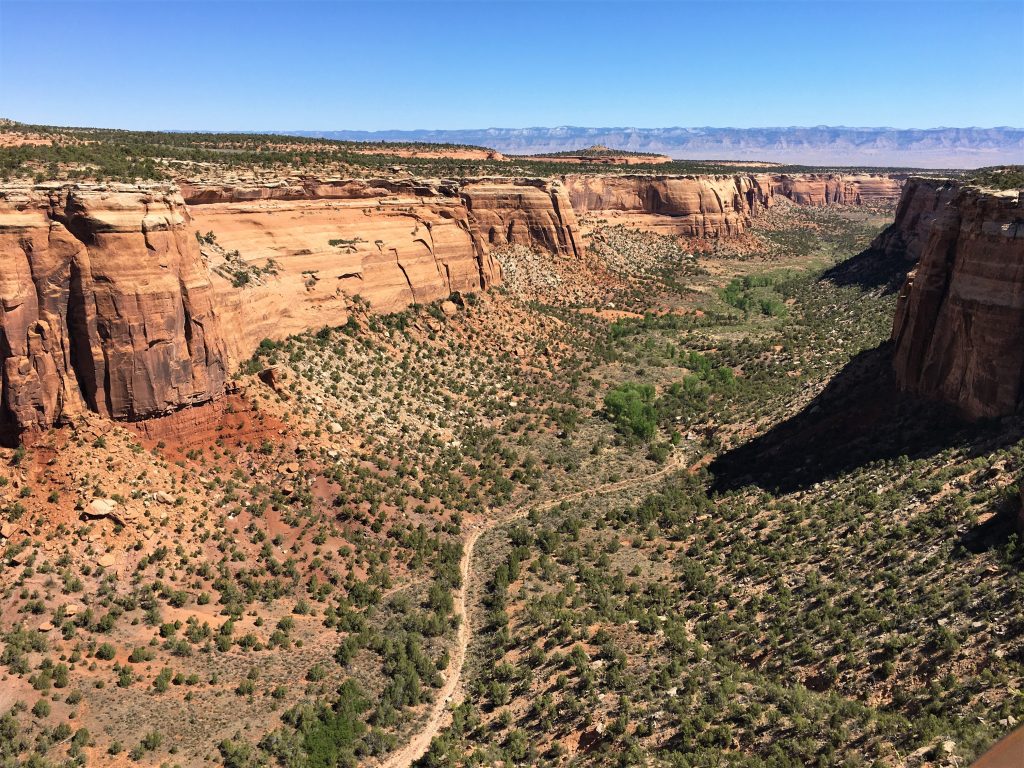
What a difference!!
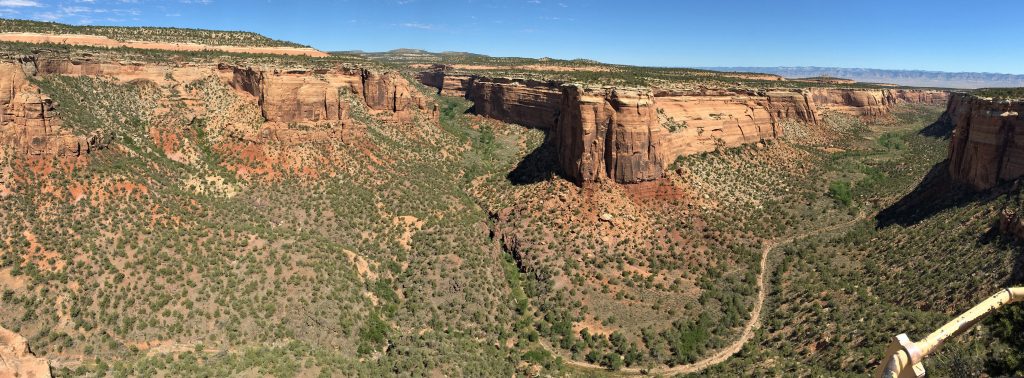
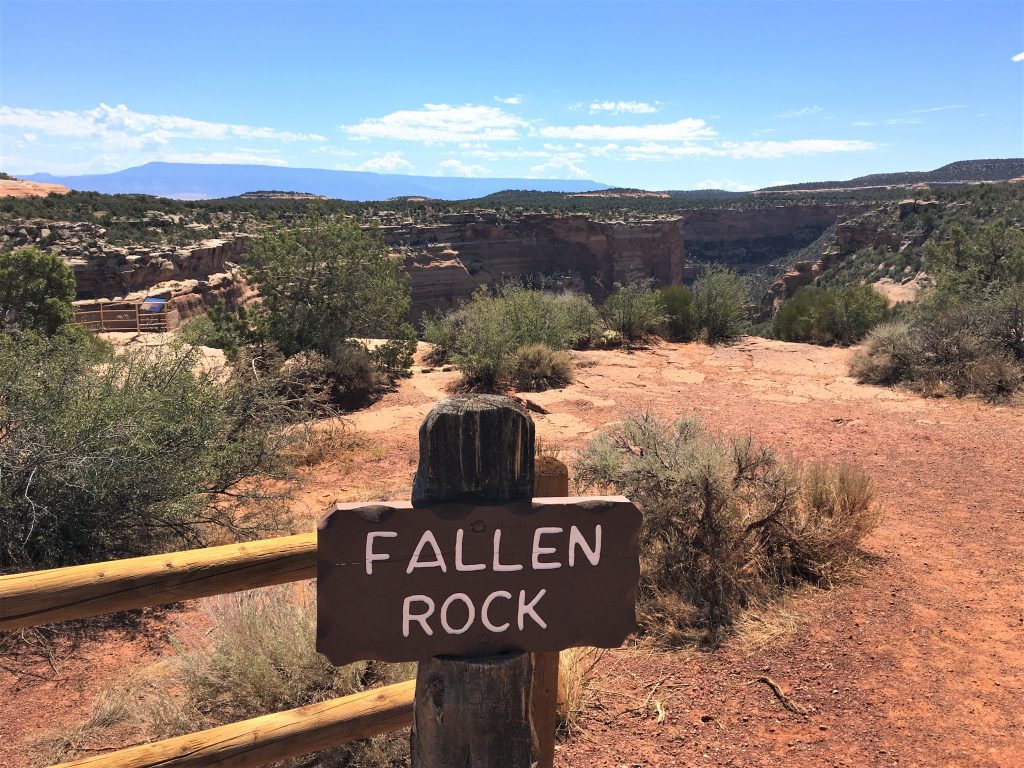
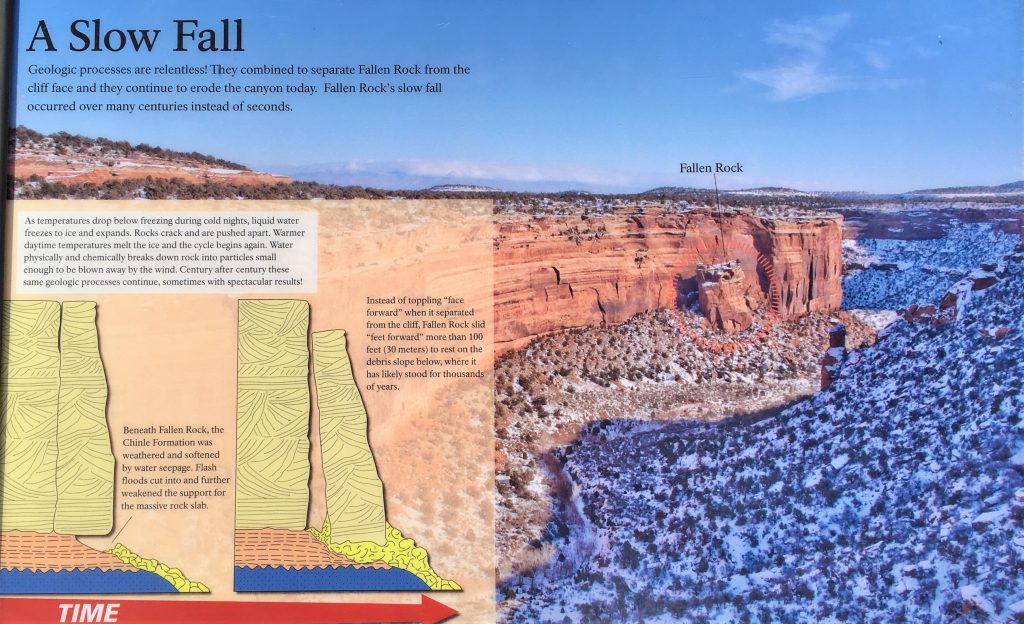
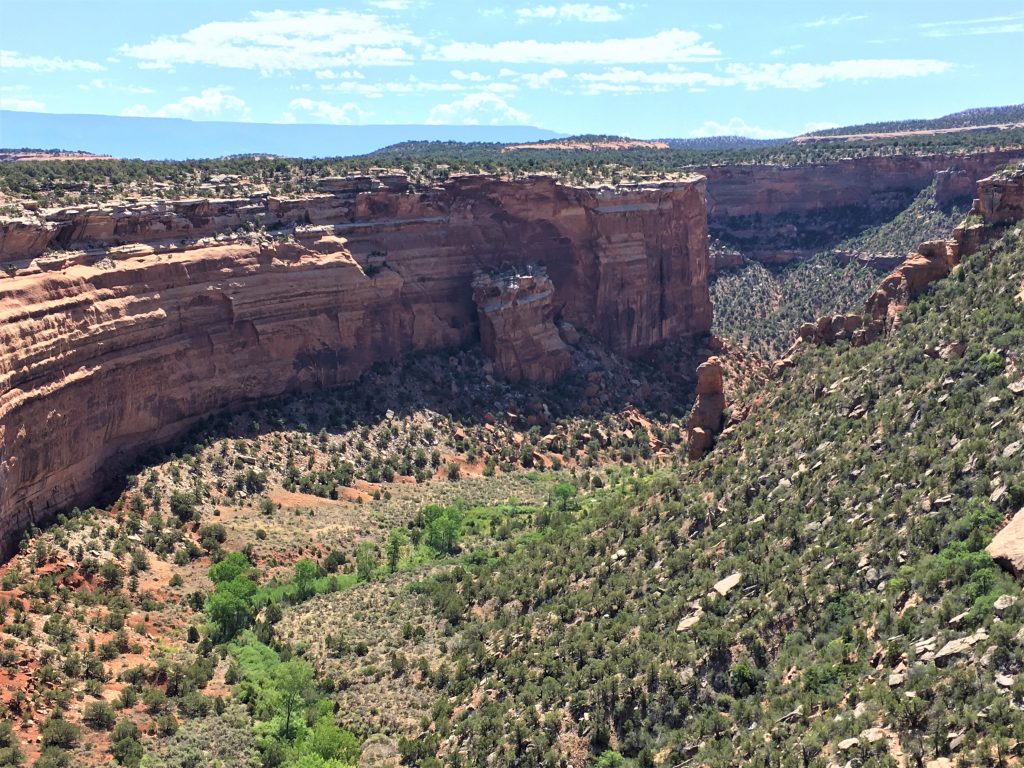
This next stop (Highland View) was one of my favorites, because it was so amazing to me, as well as fun! Especially since we didn’t have to share with anyone else. 😊
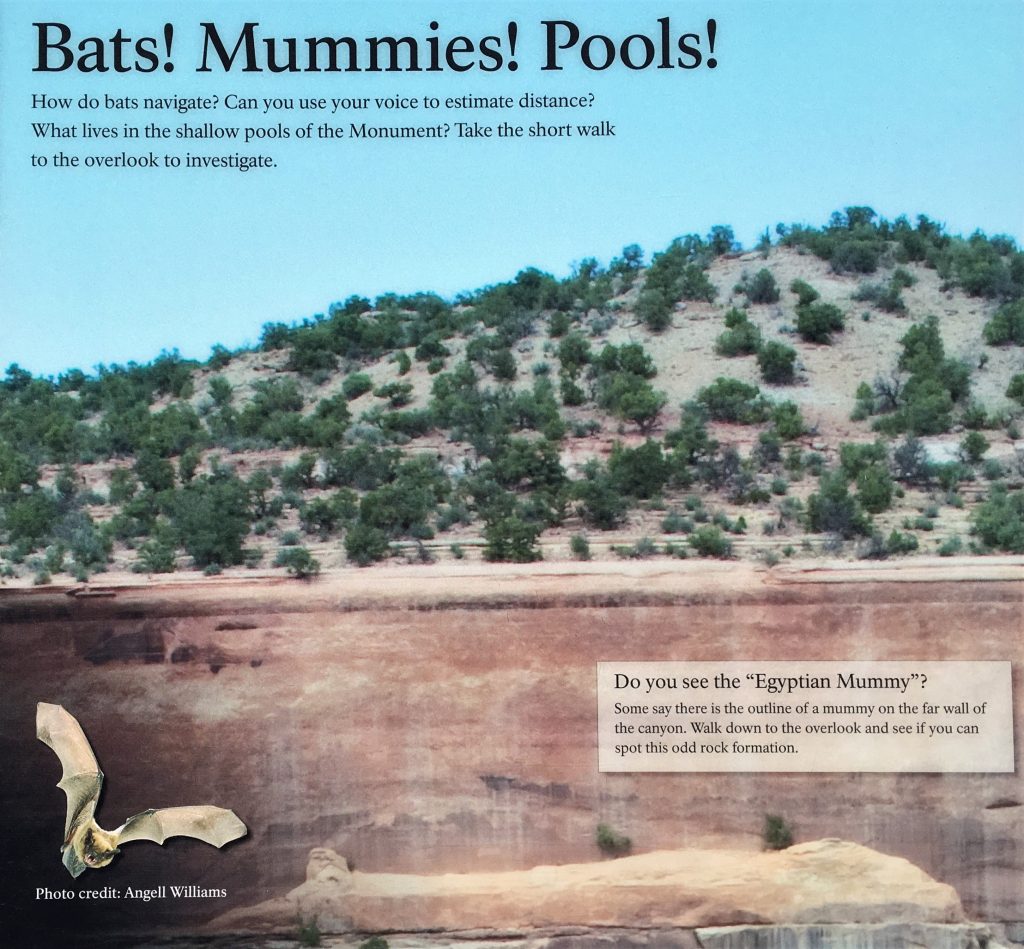

In real life!
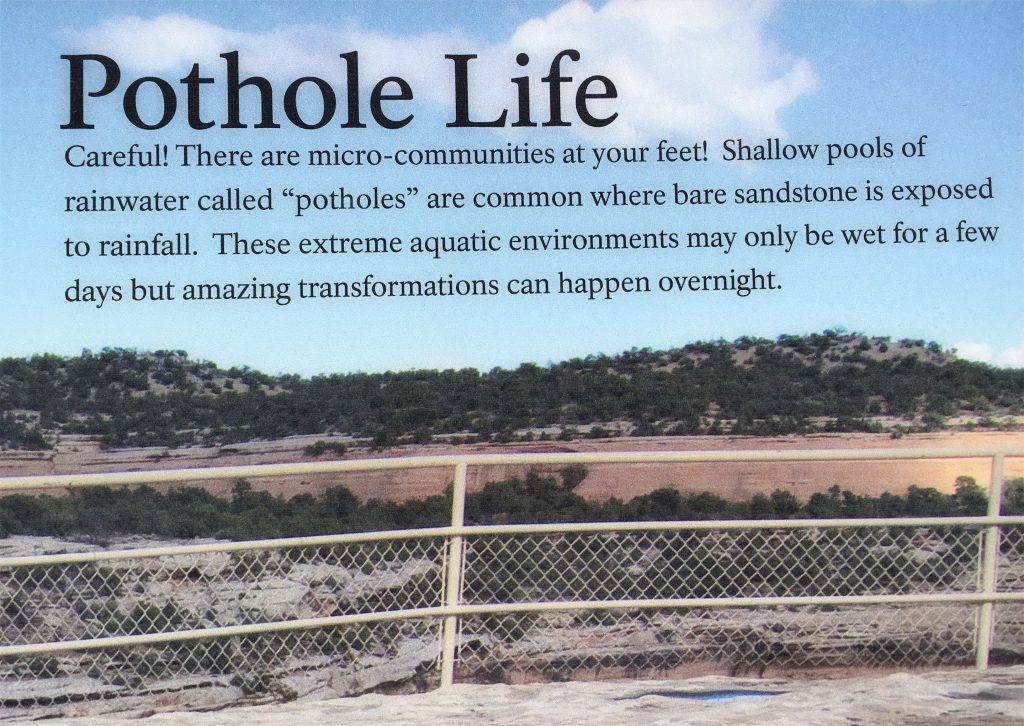
and I feel obligated to make a correction. : )
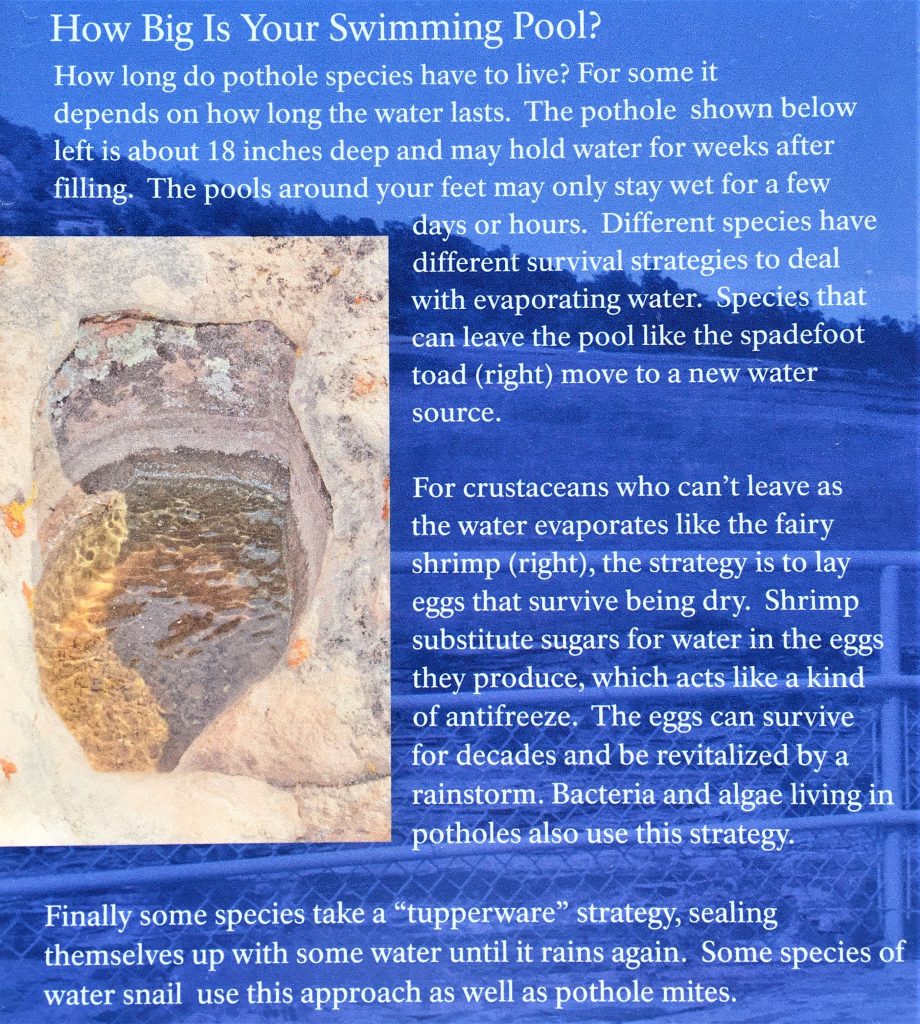
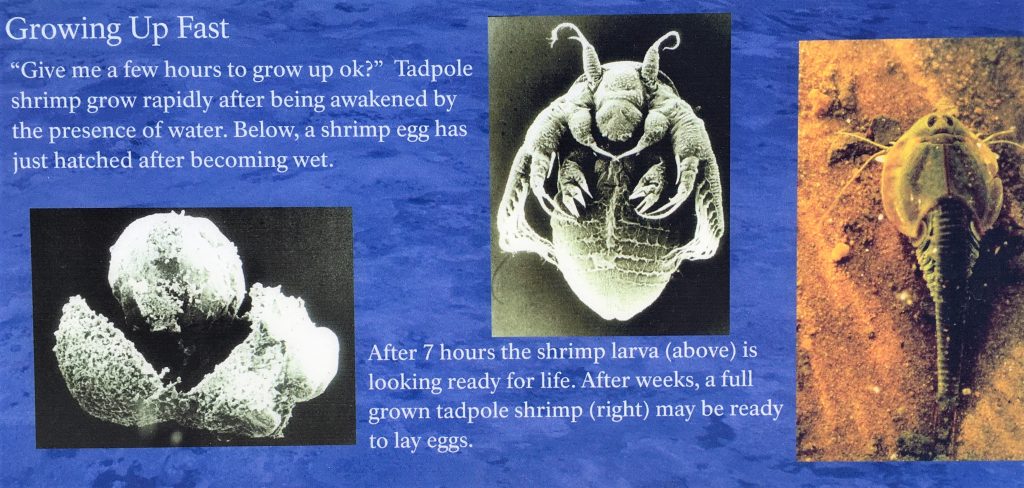
If so, you’ll remember we told you the swimming critters we saw in the water were tadpoles.
Well, they kinda are, and they’re kinda not.
As you can see, they’re actually tadpole shrimp!
So I stand corrected. (even though my information came from a park employee)

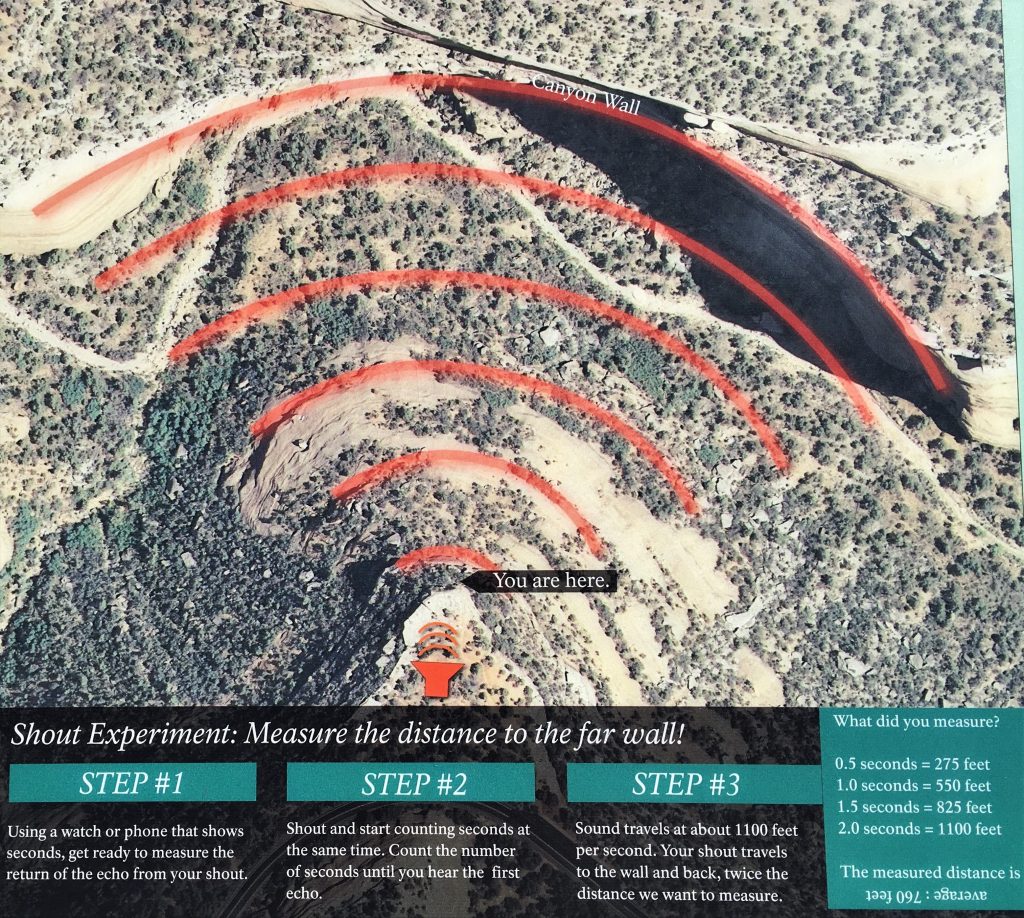
It was really fun to say a word or two and then here it spoken back to you a second later!
In your exact voice and inflection!
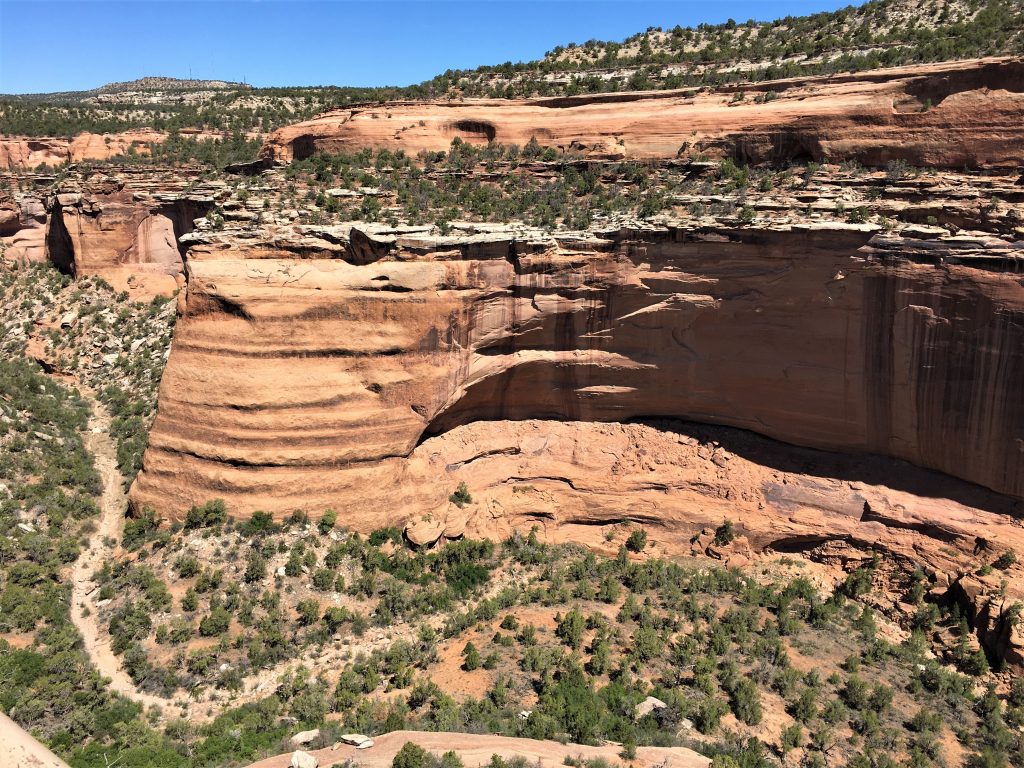
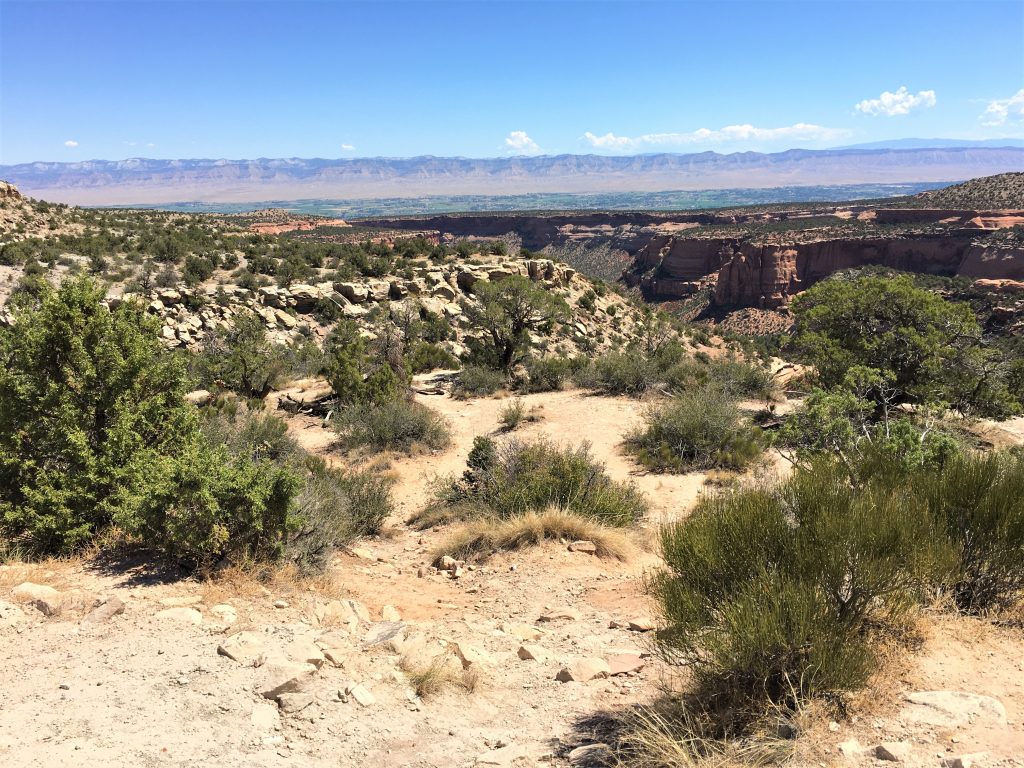
Do you see any?
Any at all?
Once we’d had enough, we returned to the Jeep to collect our lunch and set out to find a shady place to sit and eat. Ha! We should’ve known better. It’s noon, so the sun’s directly overhead. There is no shade. We managed to find a tree that provided just about enough shade on the ground for 1 ½ people. It was better than nothing, and we were tired of always eating in the Jeep.
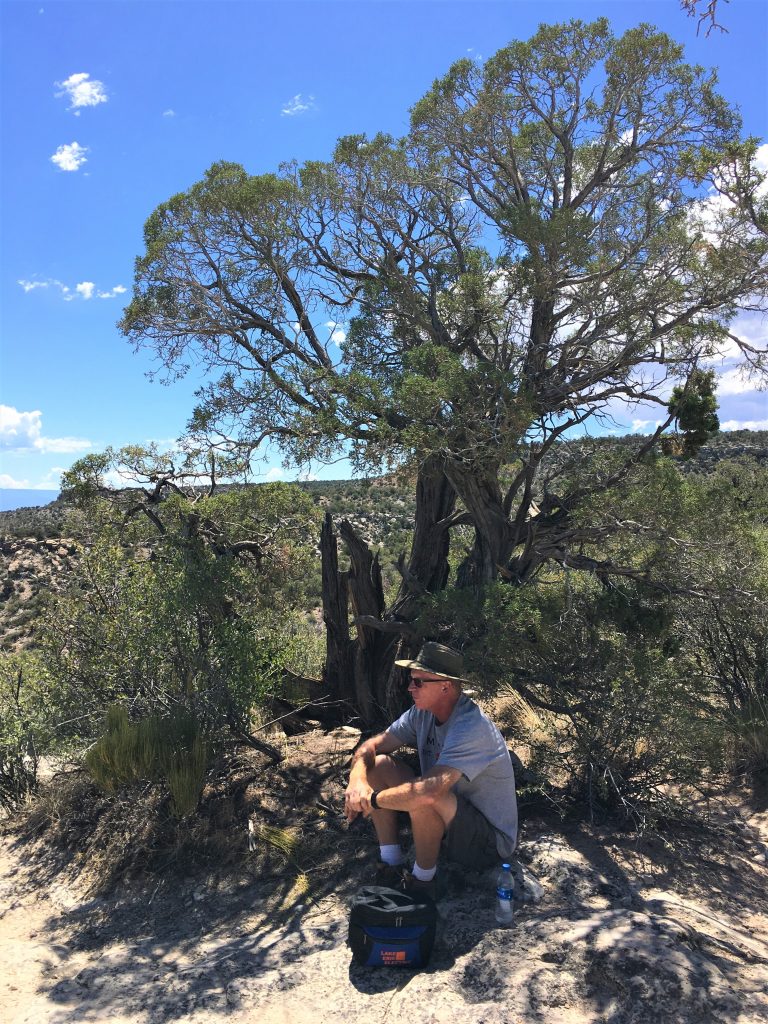
One small rock.
One bit of shade.
Stunning views.
Practically perfect lunch spot.
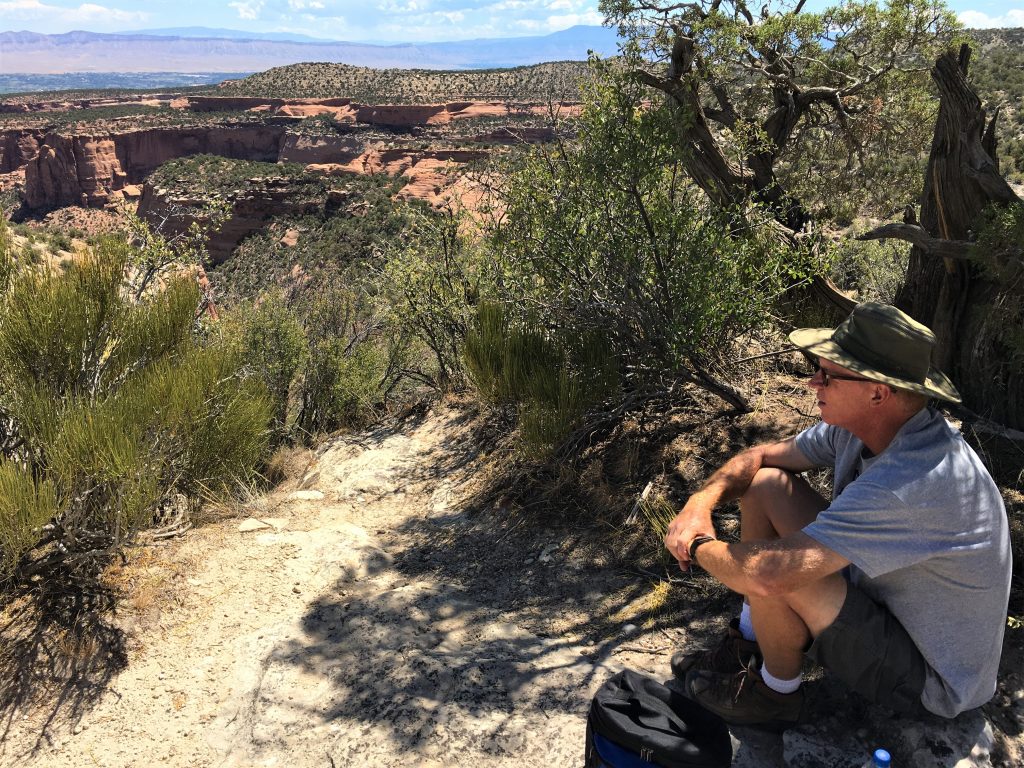
Did I mention it was hot today? Did I mention that if I’d run into the man who created air conditioning, I’d’ve smothered him in hugs and kisses? By the way, that man was Willis Carrier, an American engineer. Do you want a real surprise? Guess the date. Go on. Guess. You’ll never guess. I’ll put the answer at the end. No cheating!
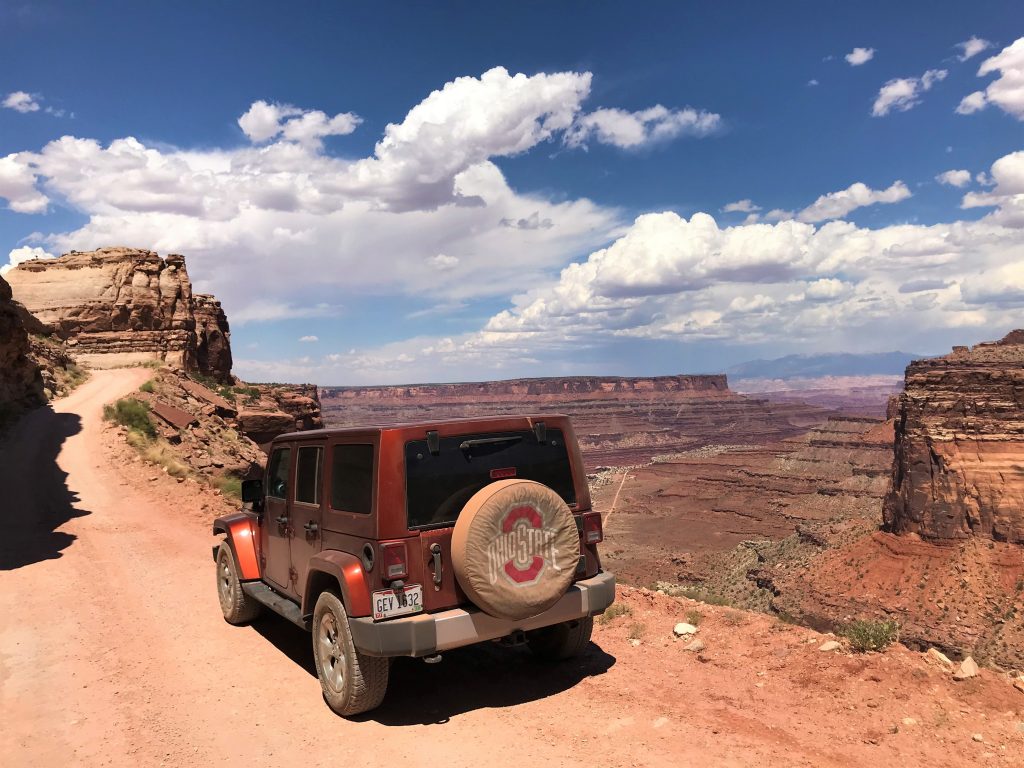
I pulled this picture from June to give you a comparison. 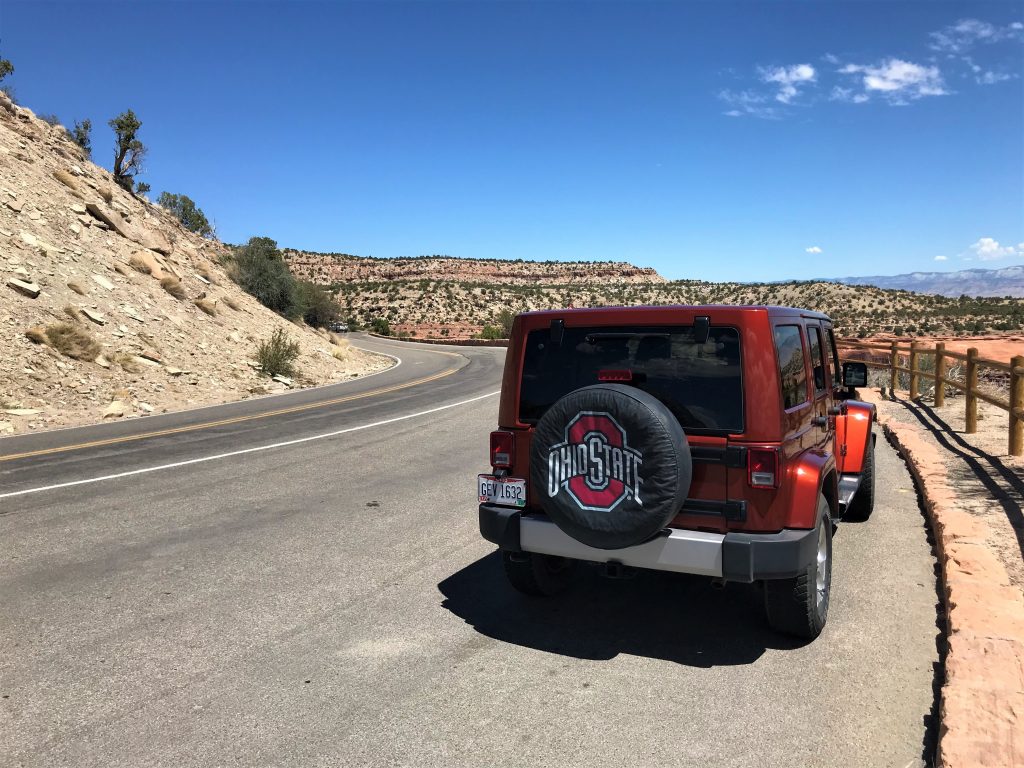
This is what it looks like after Blaine scrubbed it. : )
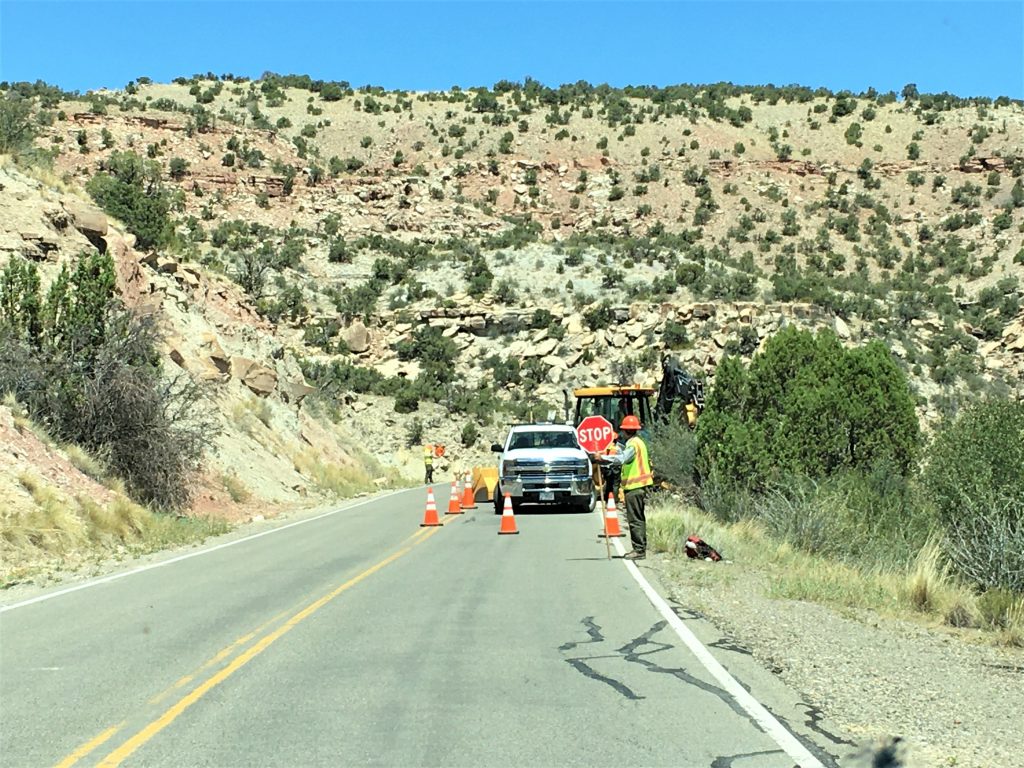
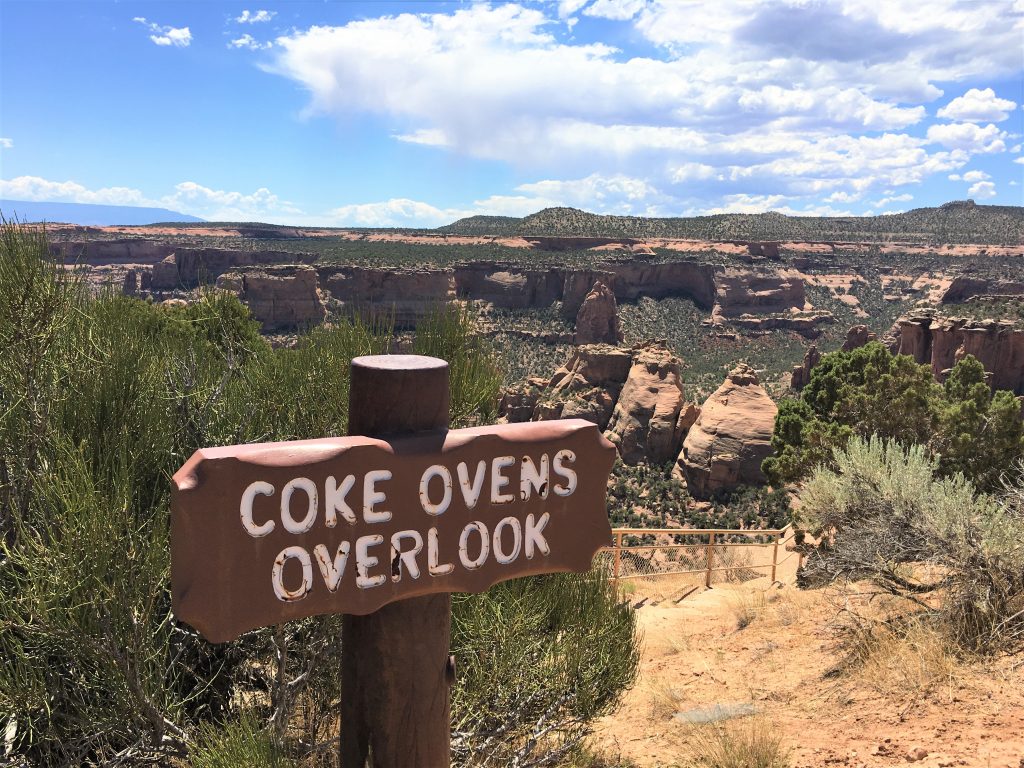
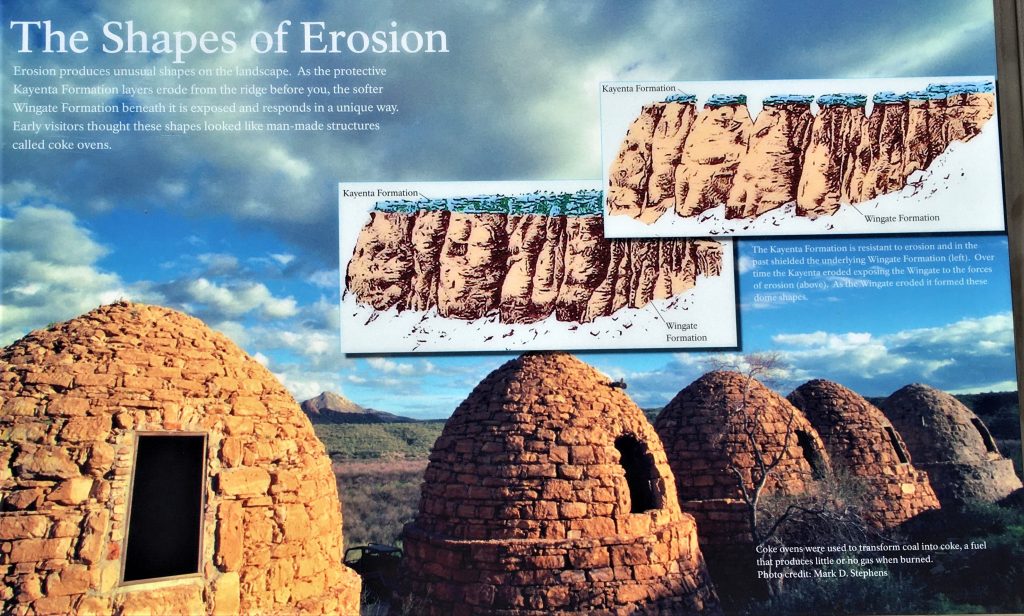
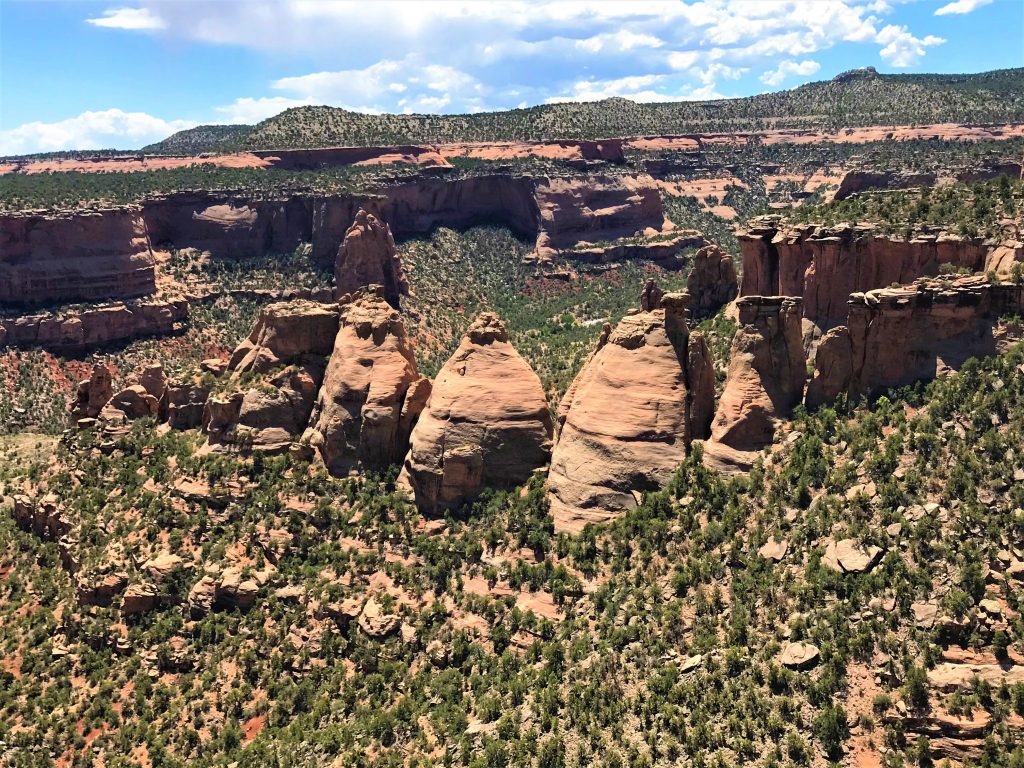
We originally planned to take the hike down there amongst them,
but it’s just tooooo hot today!
Every time we left the Jeep, it wasn’t long before we started to drag and it would get worse until we crawled back into the Jeep and turned the air to blasting, recharging during the scant few moments’ drive to the next stop, where we got out and did it all over again.
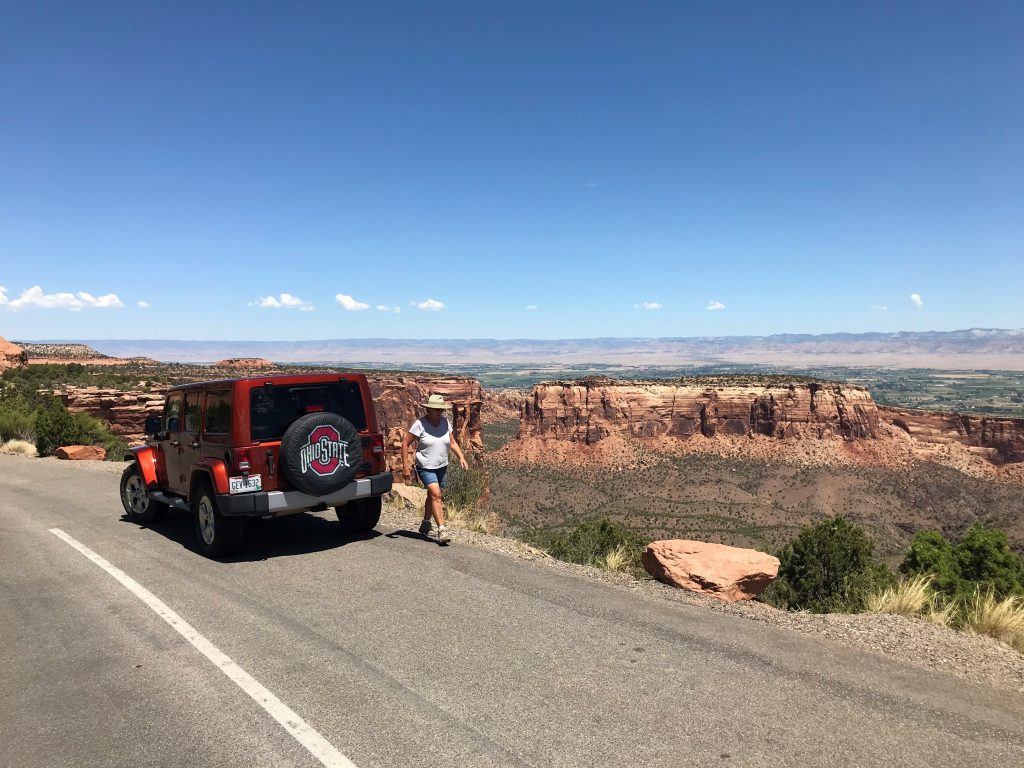
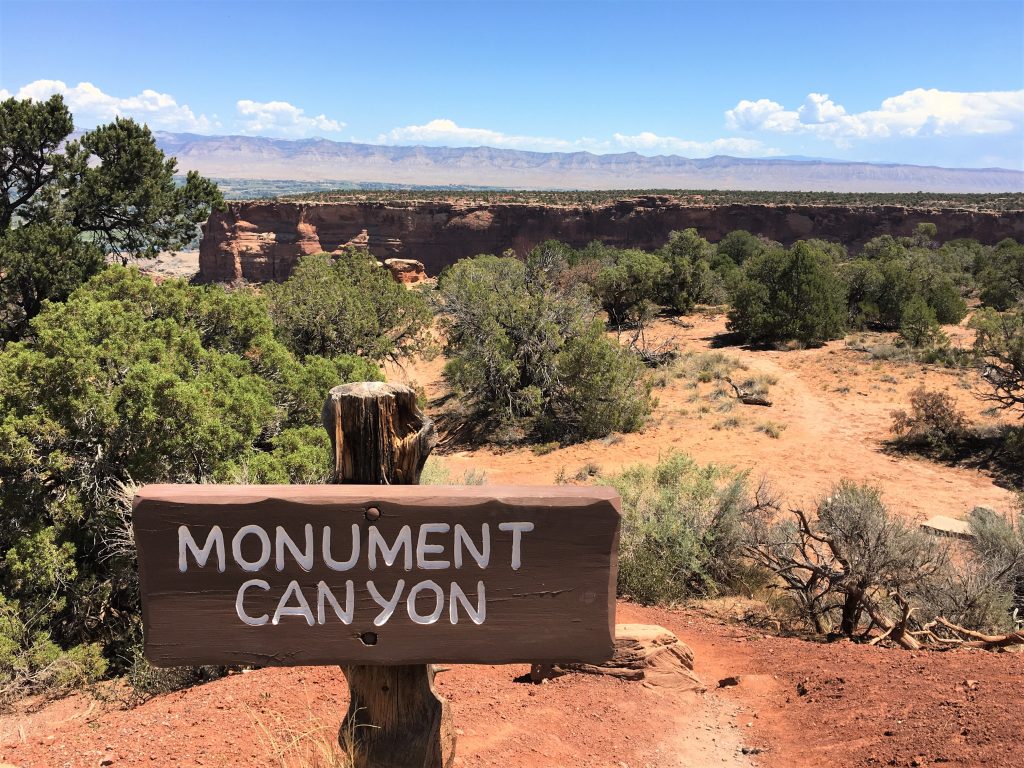
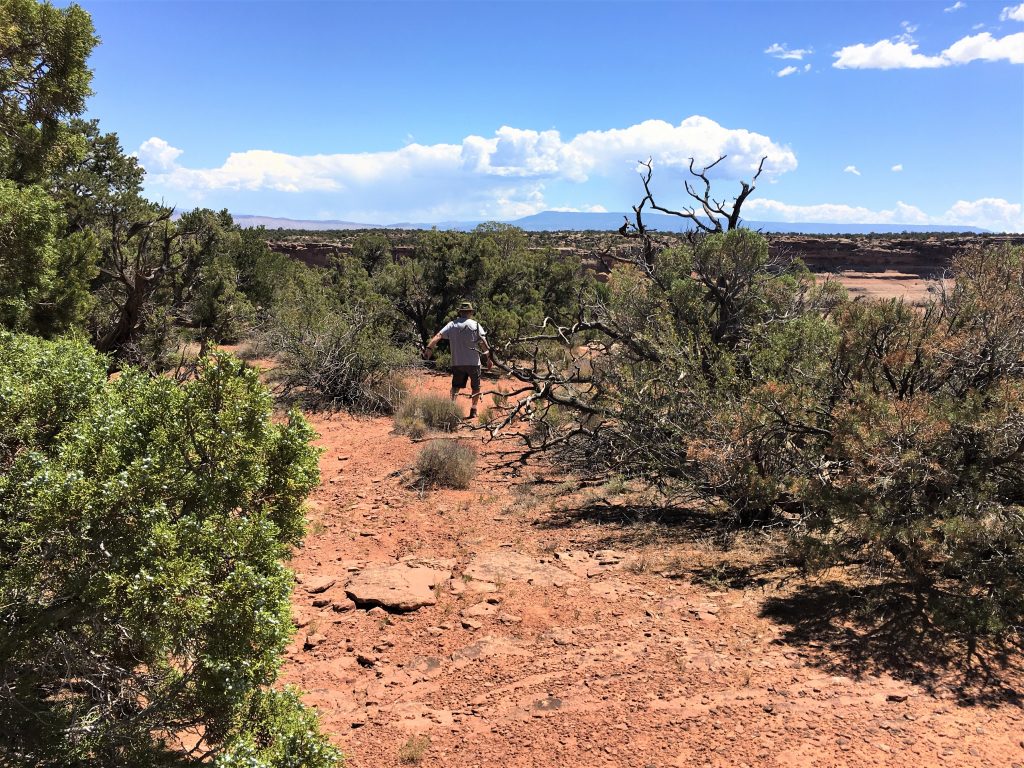
Just a family we passed who told us to check it out. : )
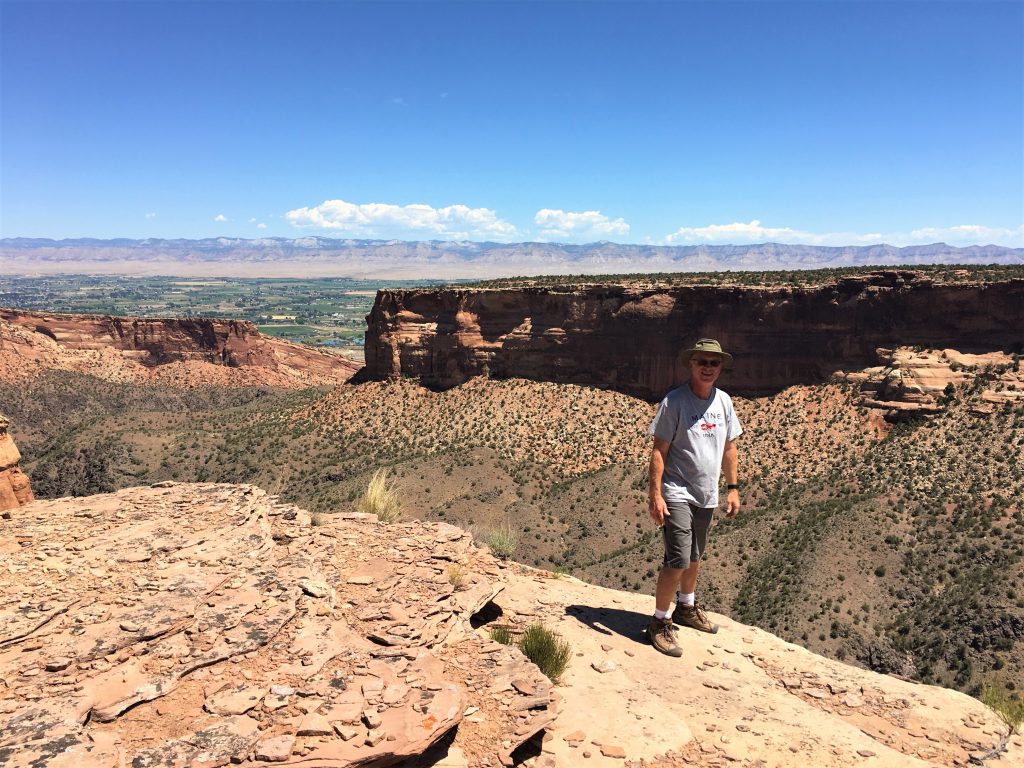
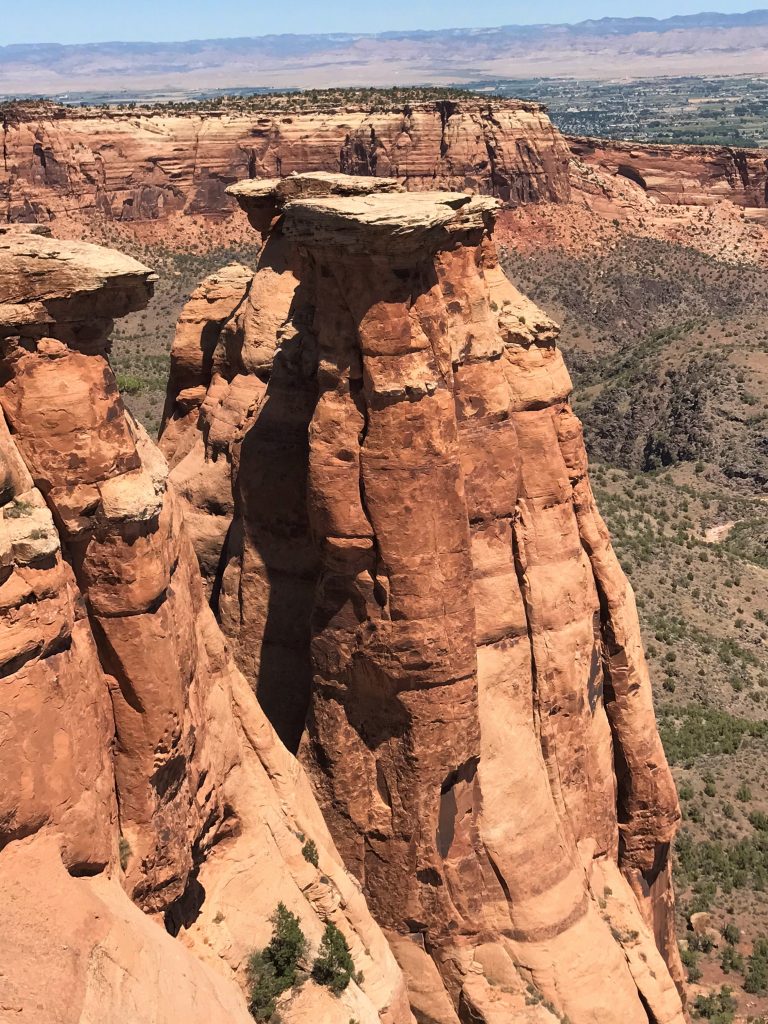
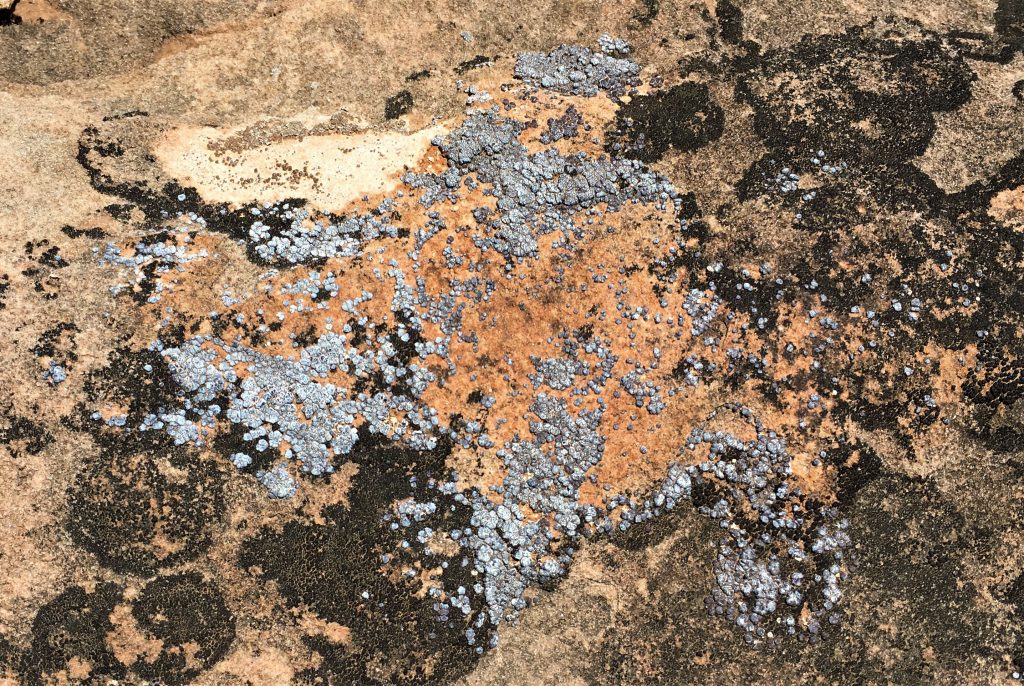
And lots of pretty fungus to take pictures of! 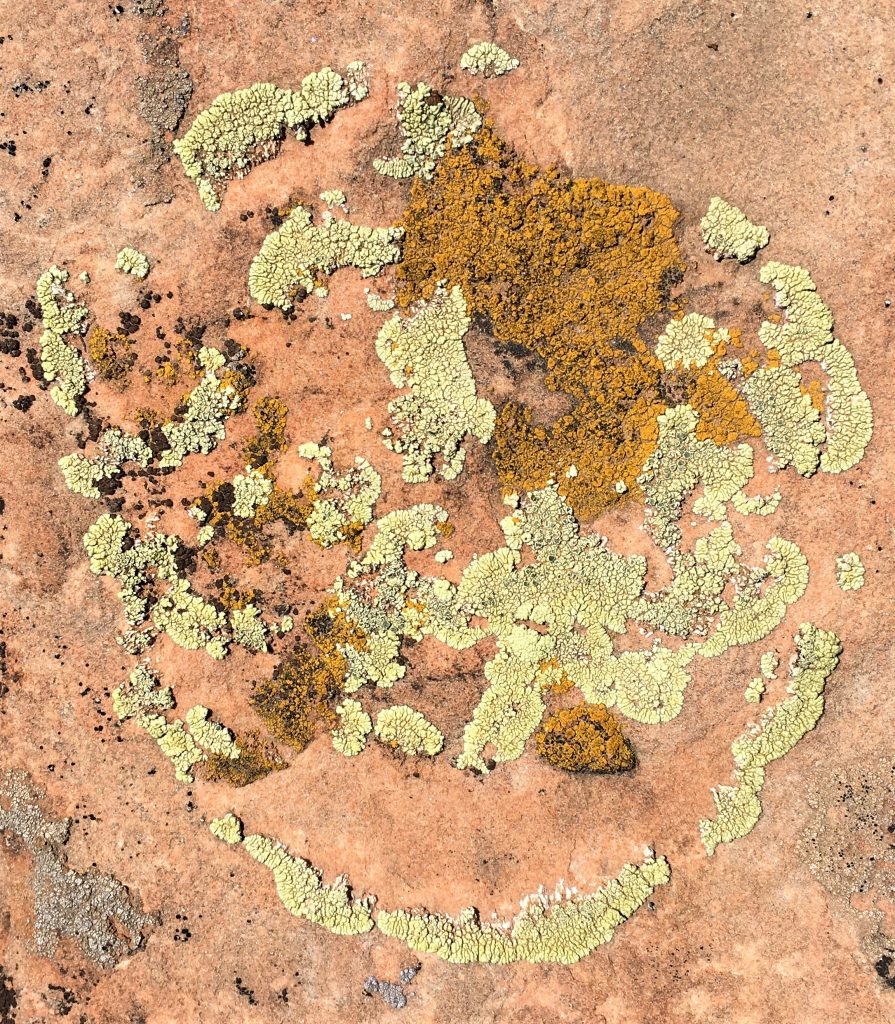
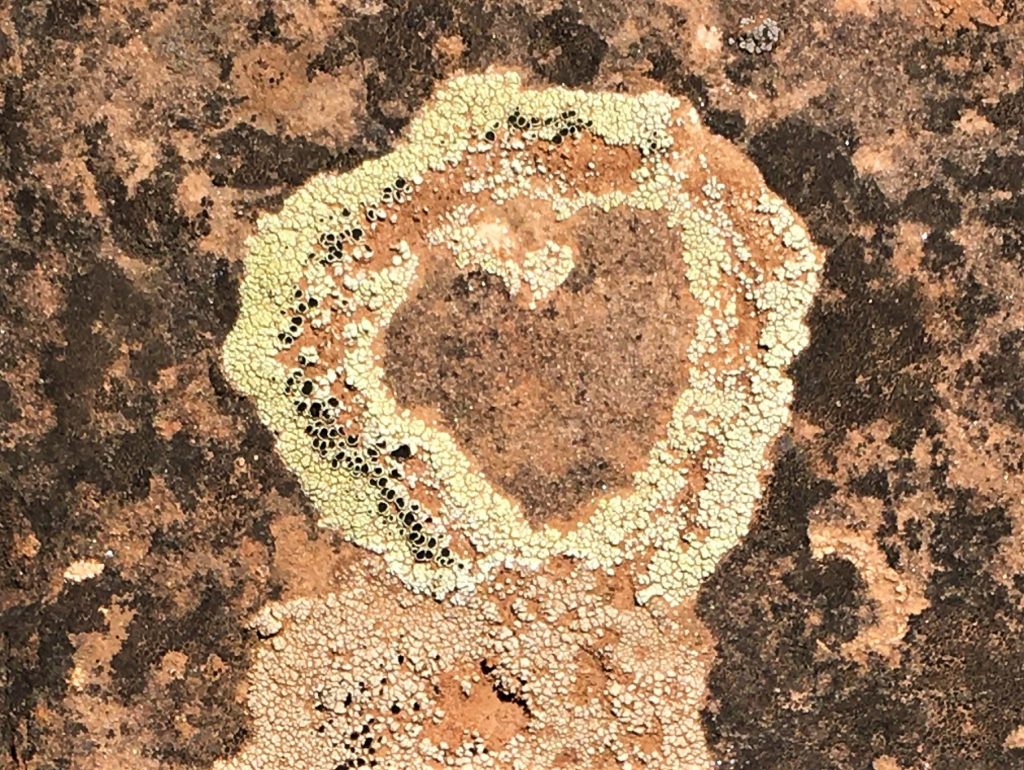
A heart! 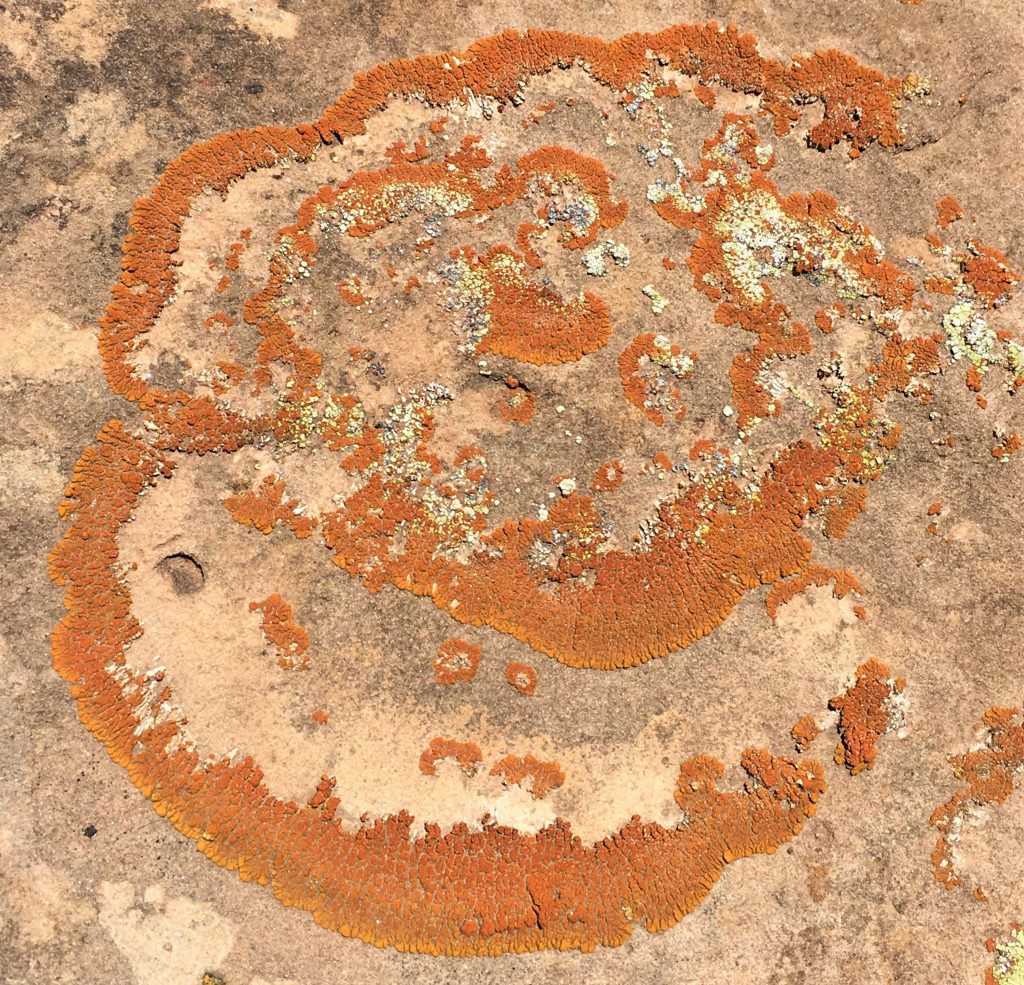
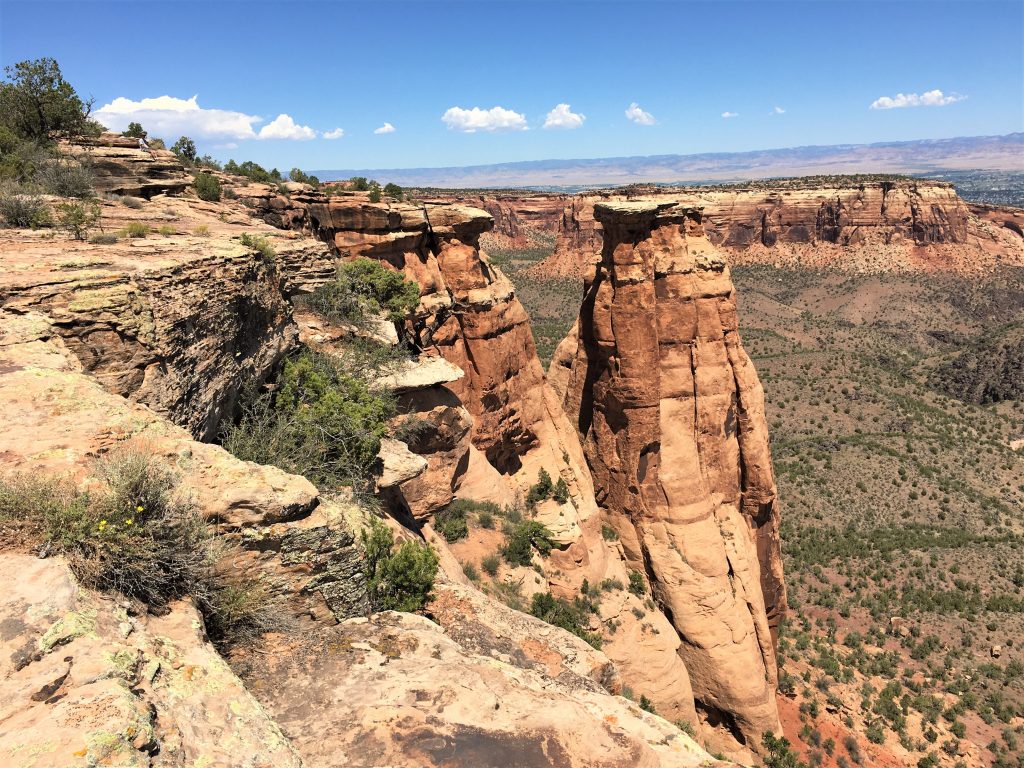
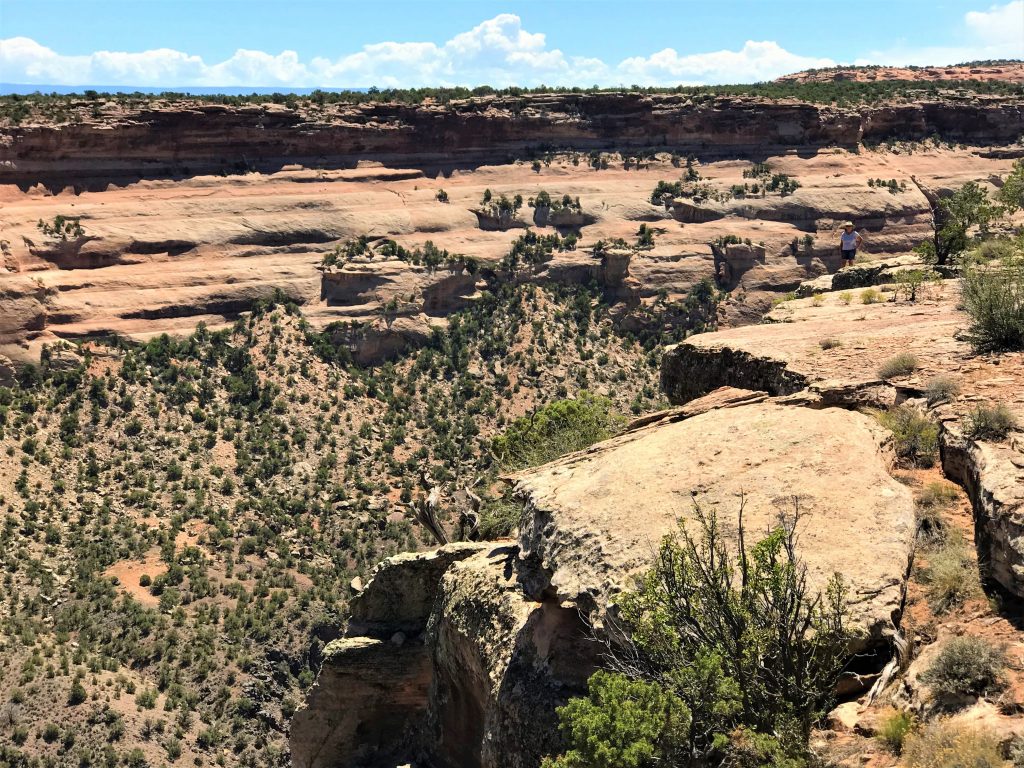
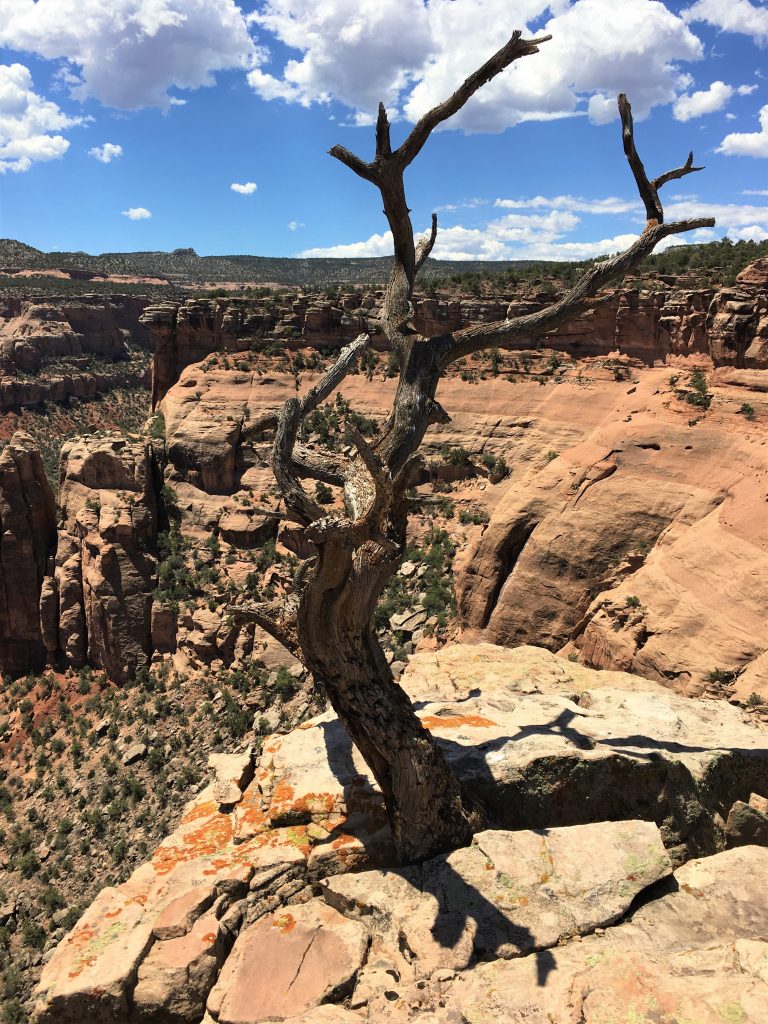
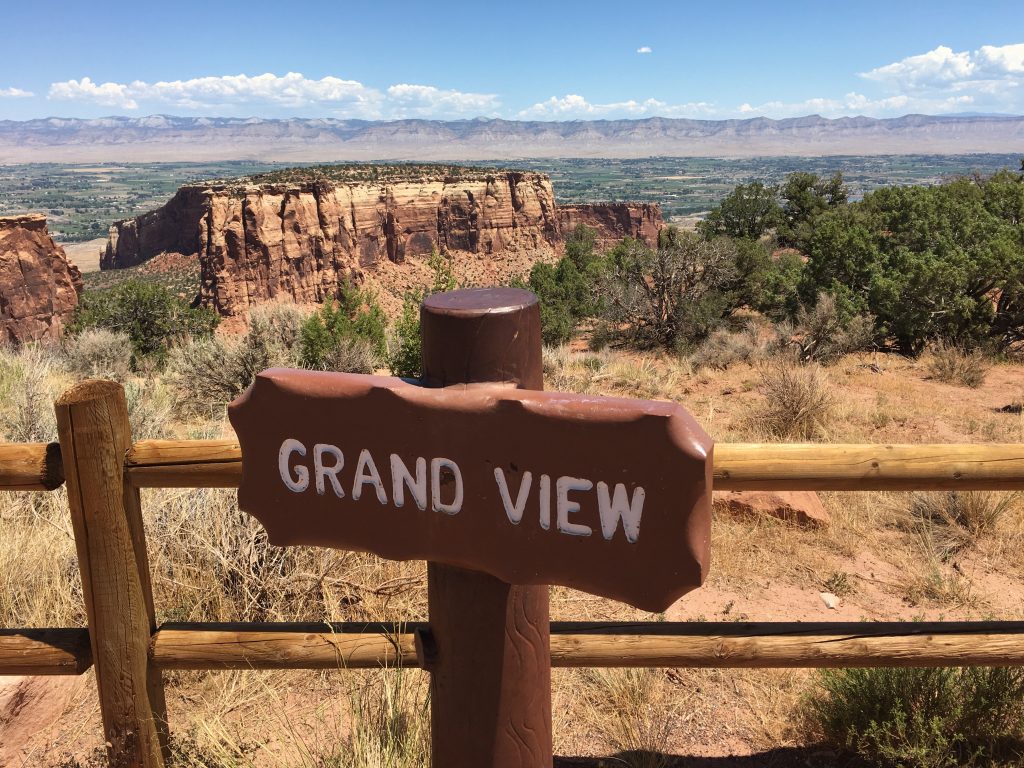
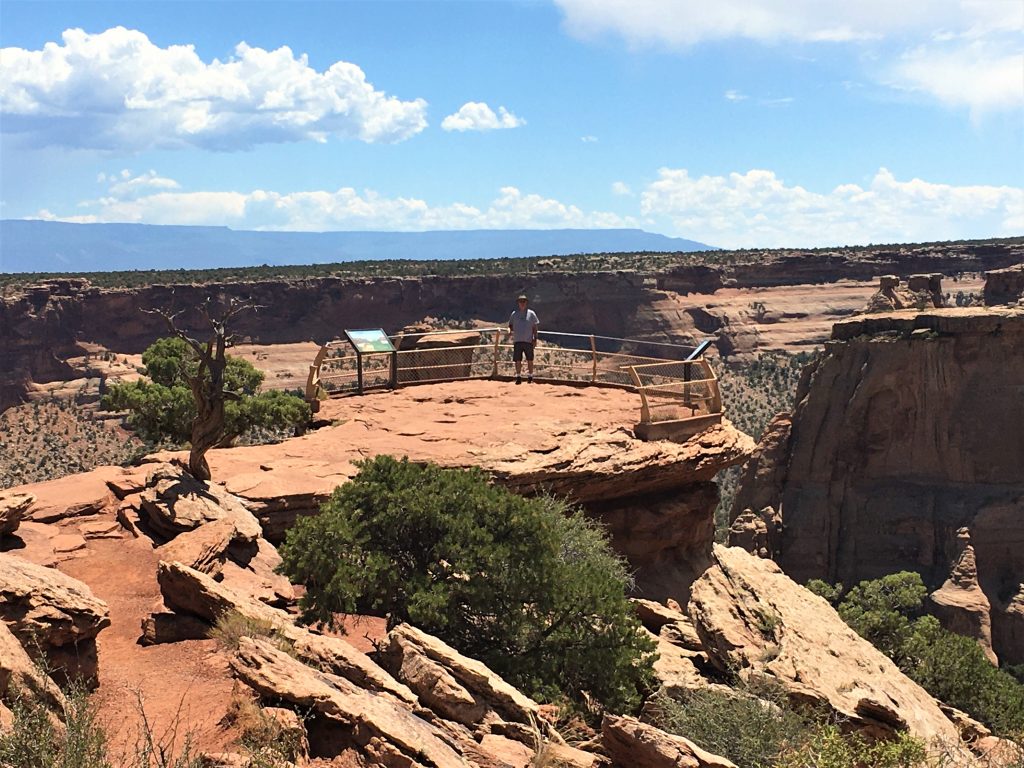
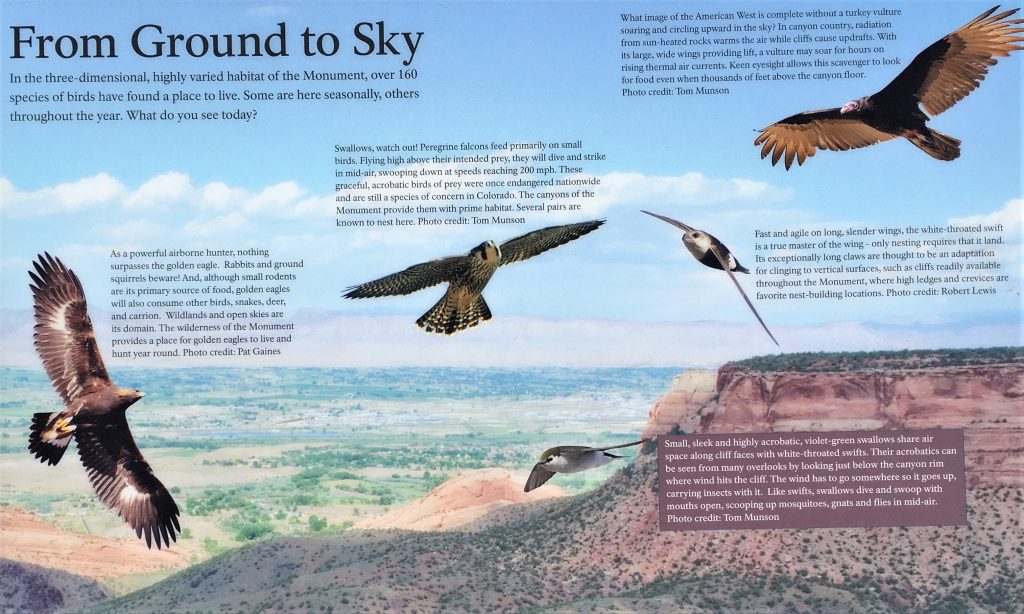
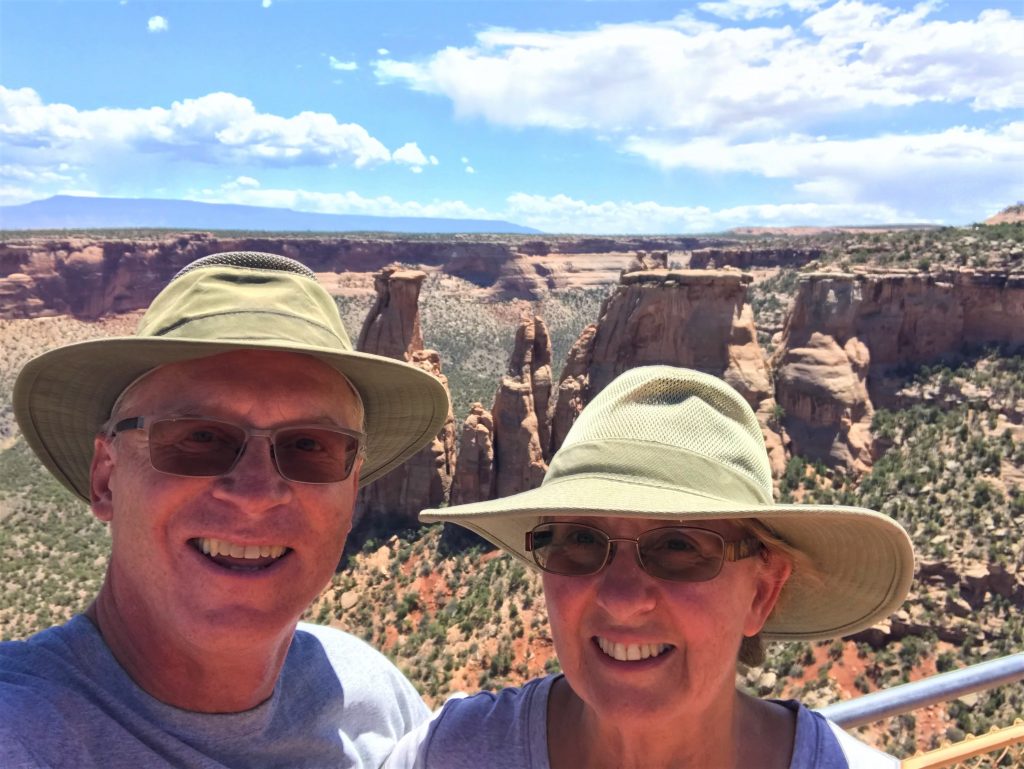
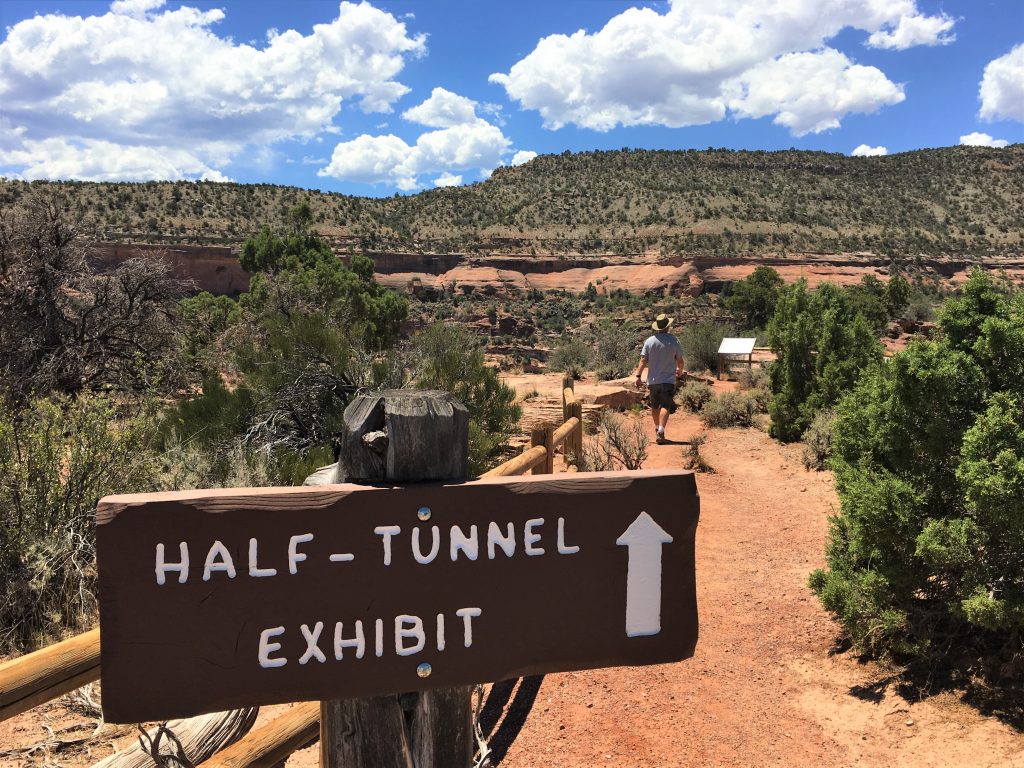
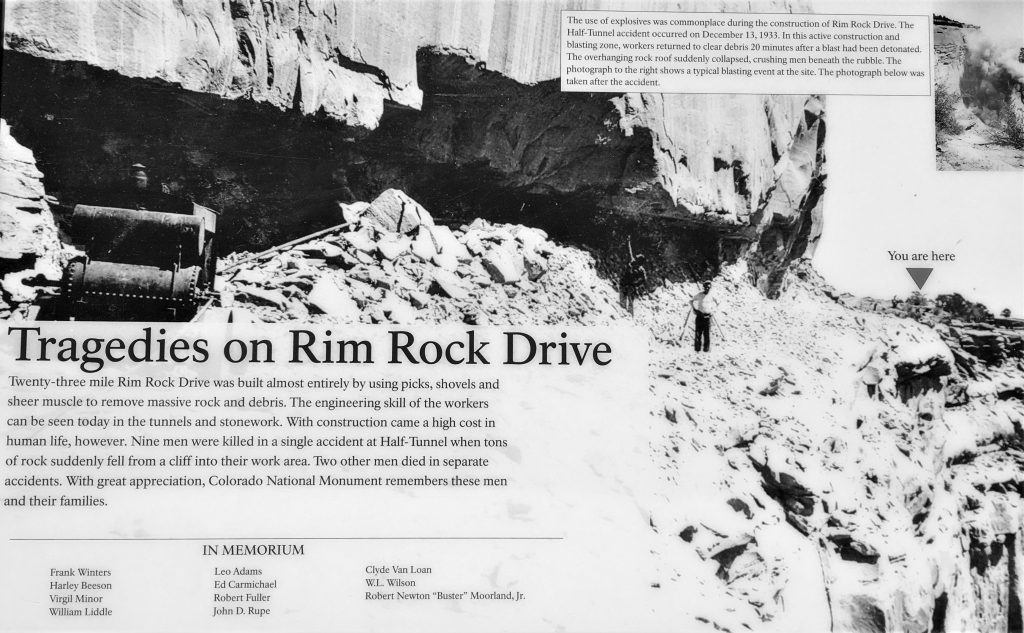
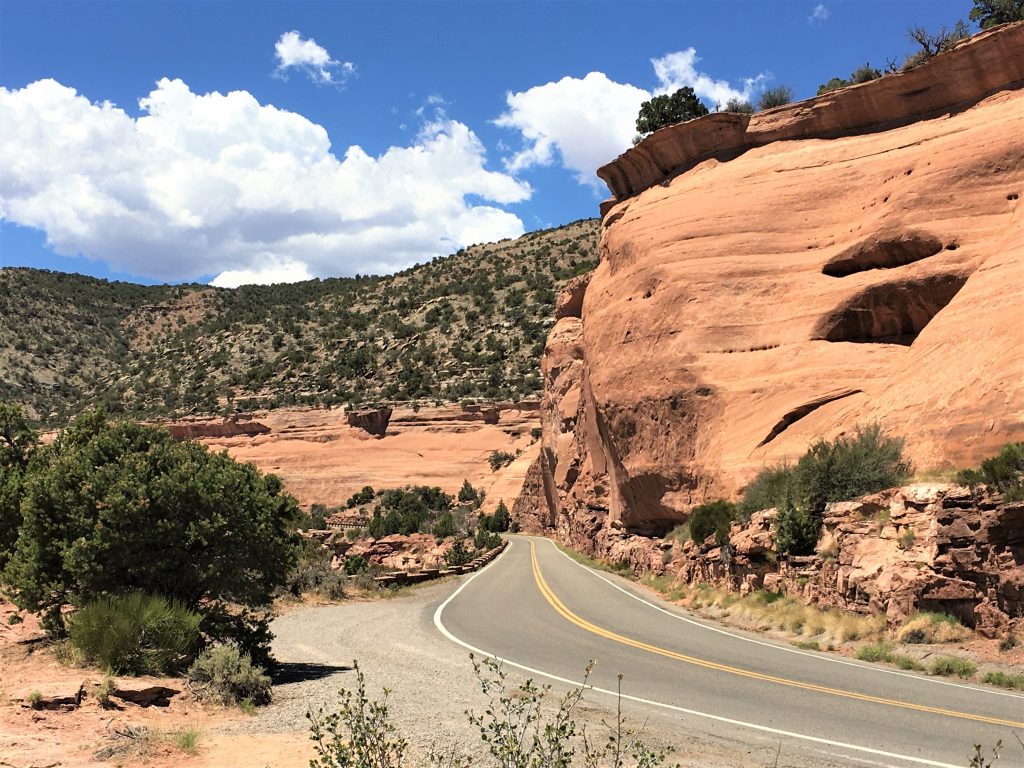
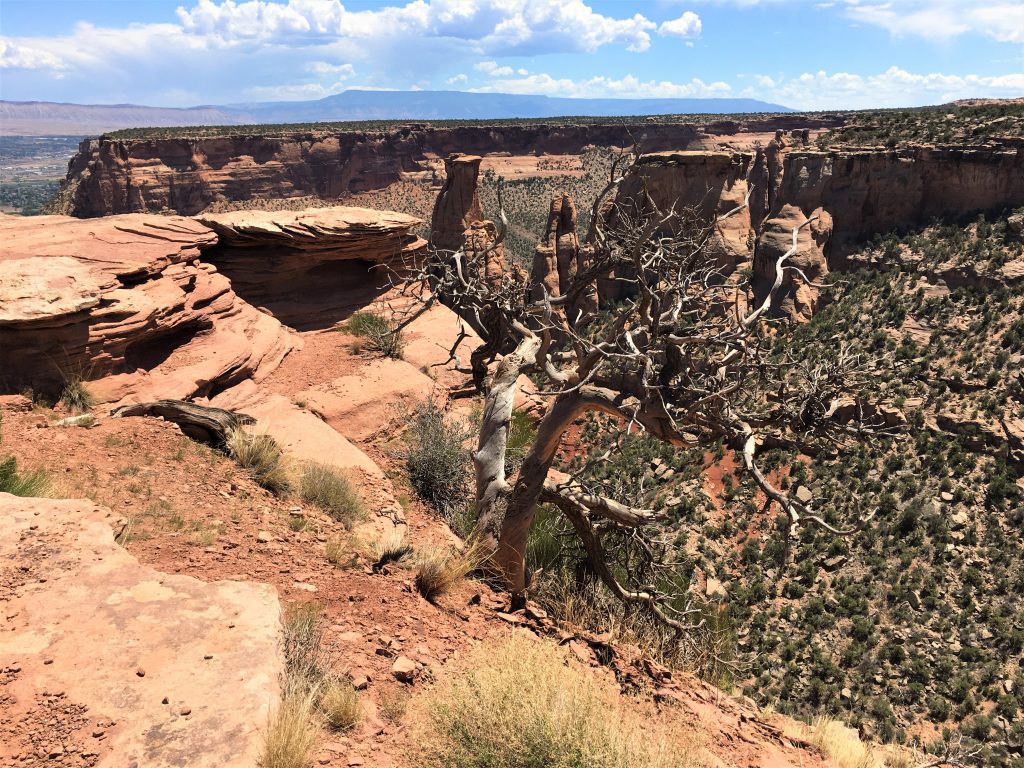
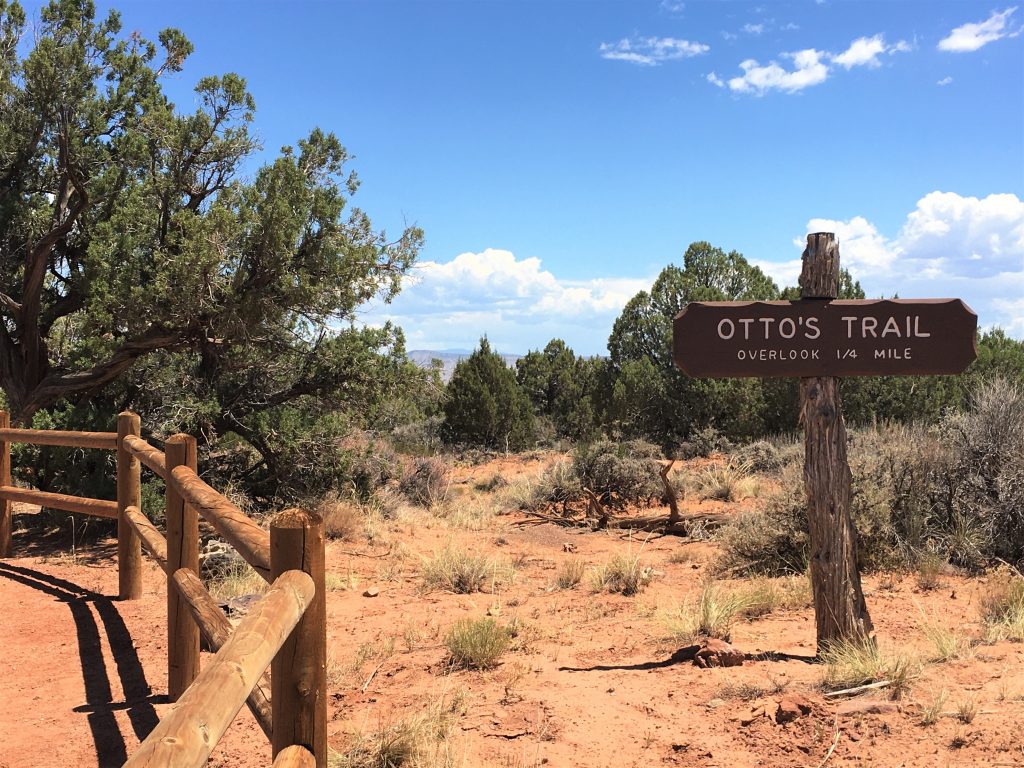
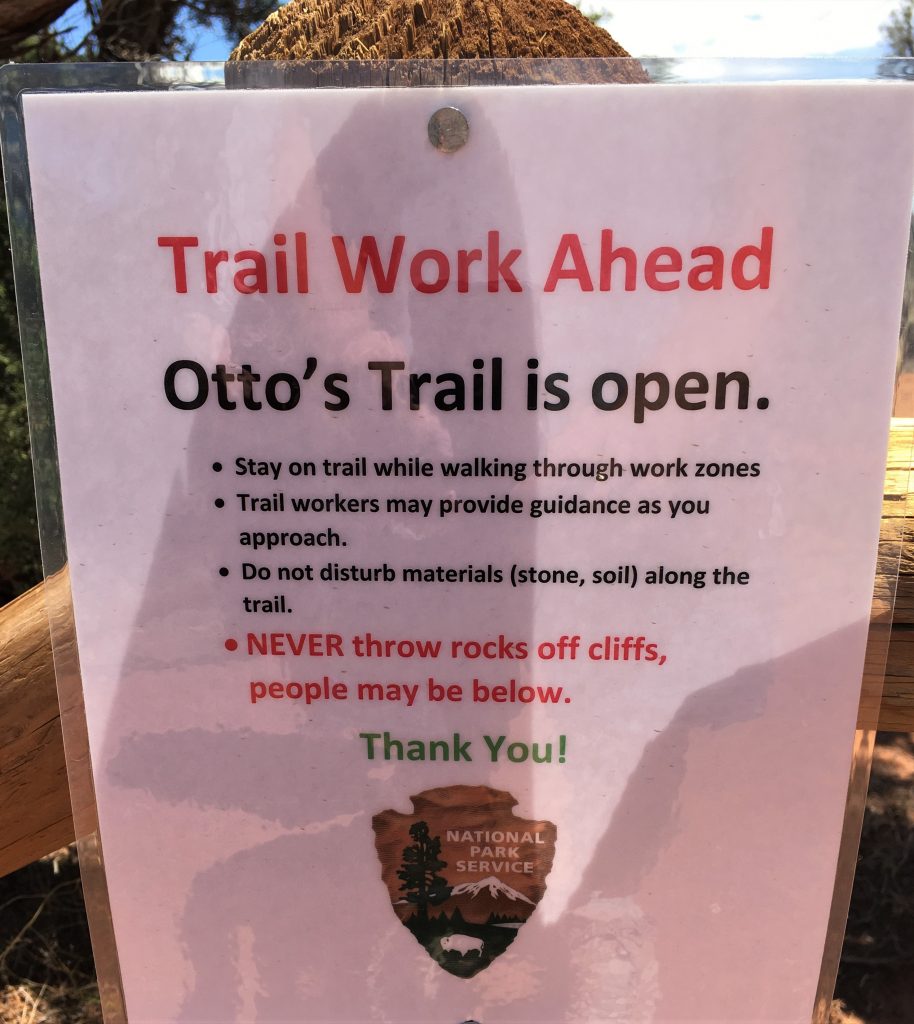
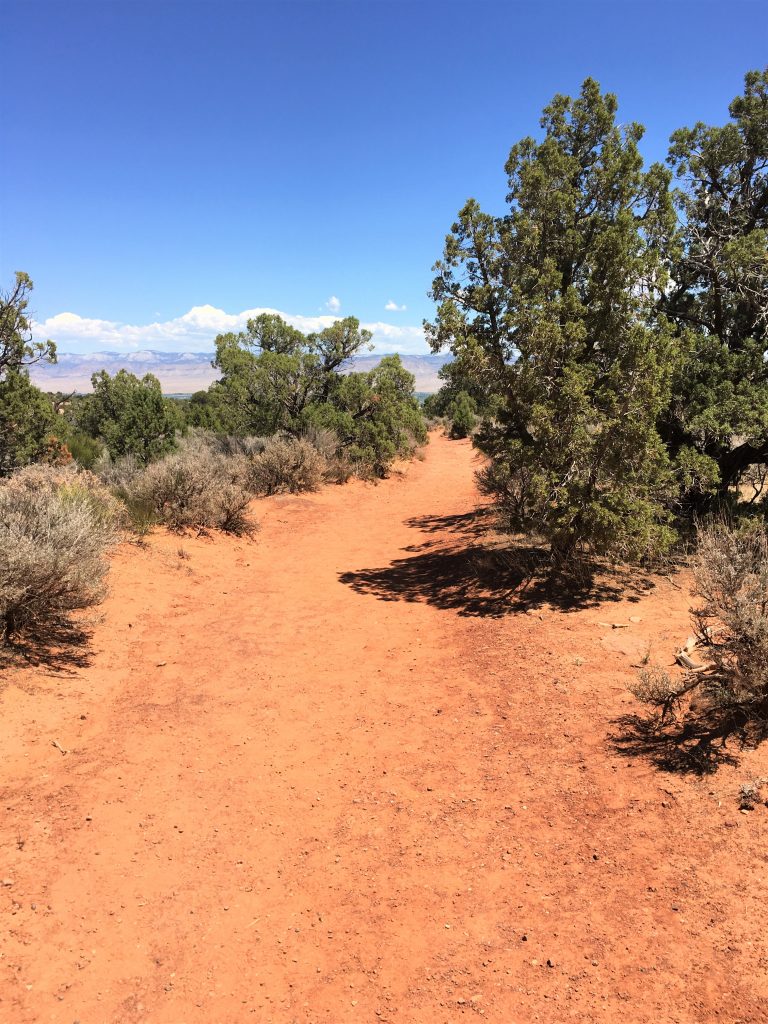
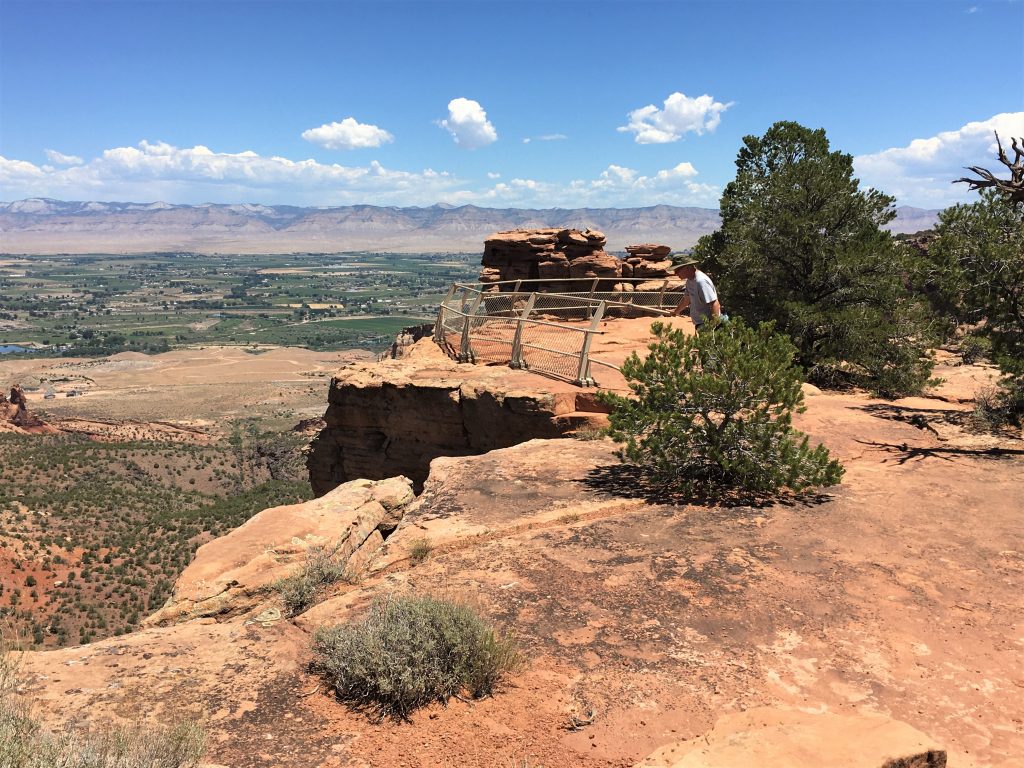
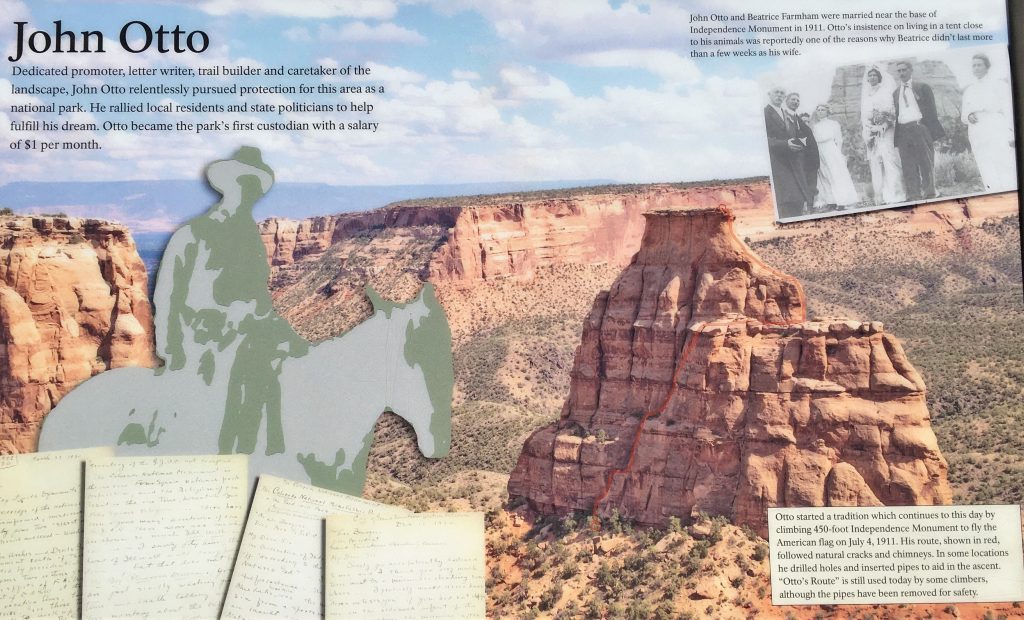
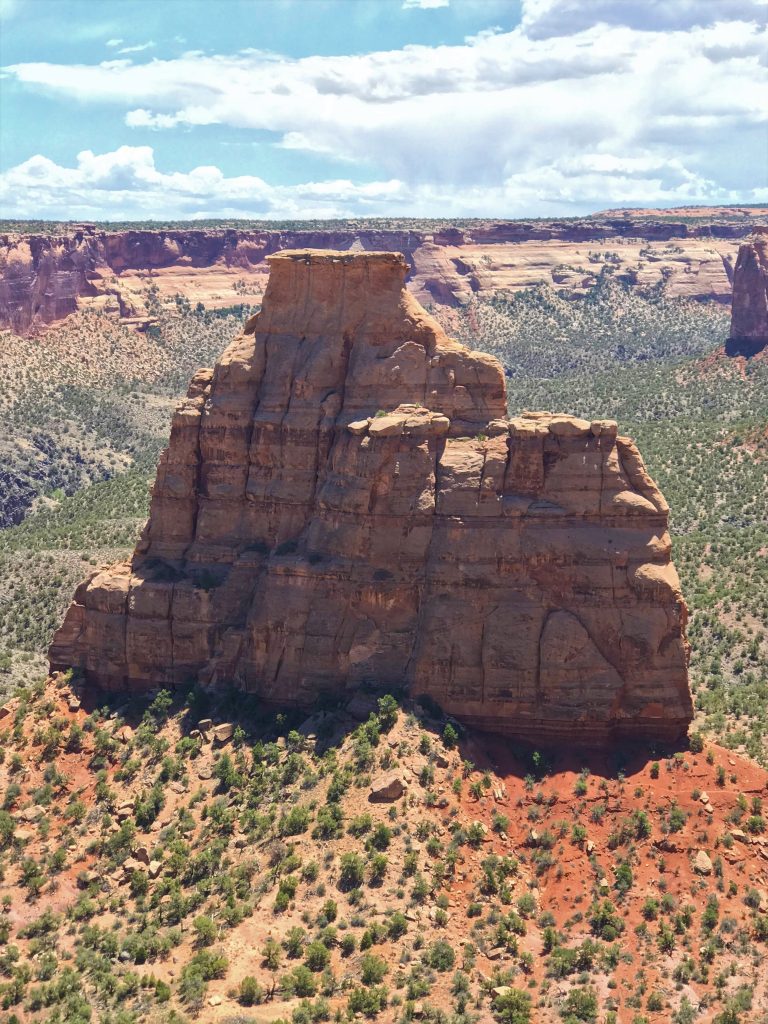
If you look at the previous information board picture,
you’ll see the path they take – Otto’s original path.
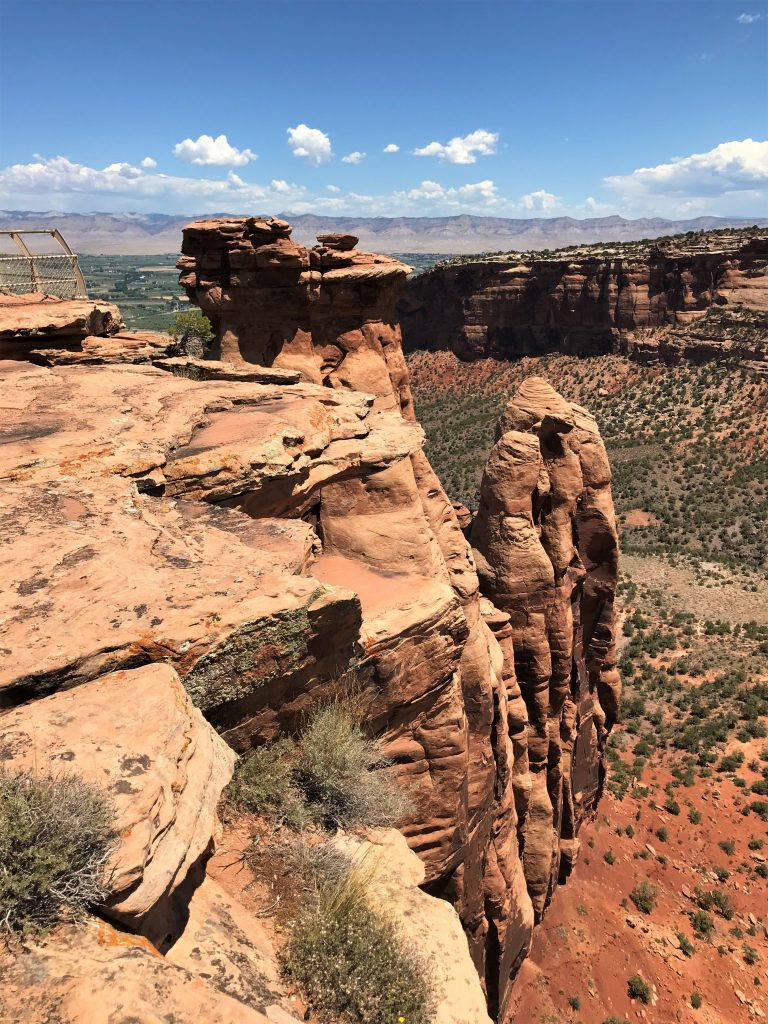
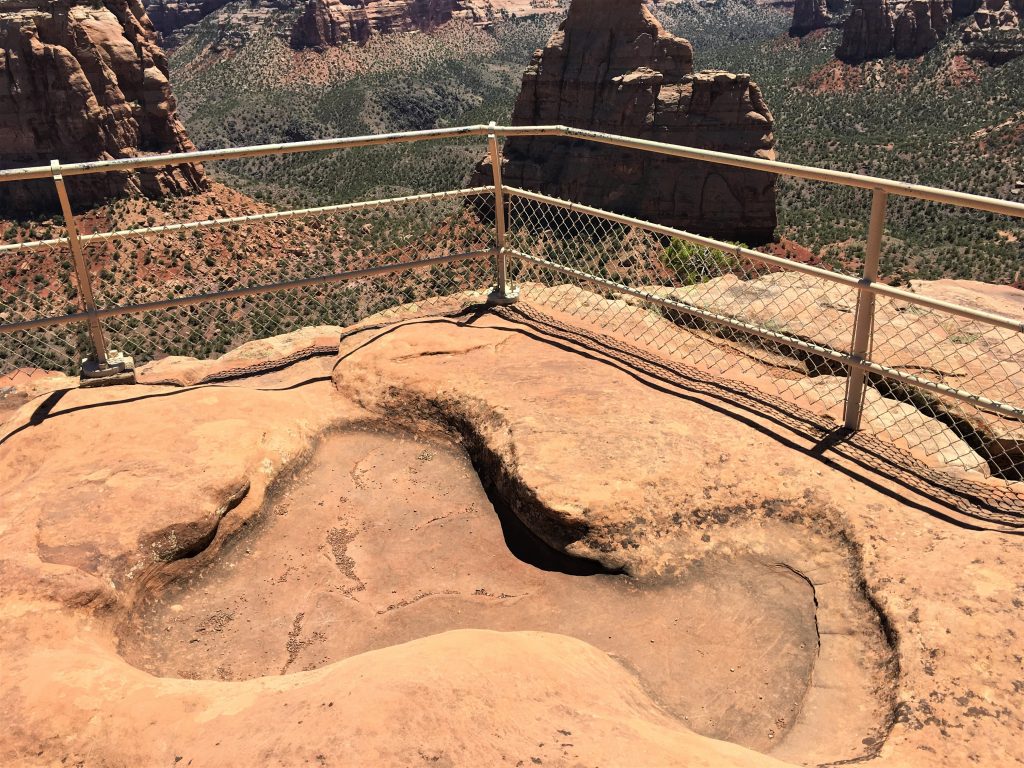
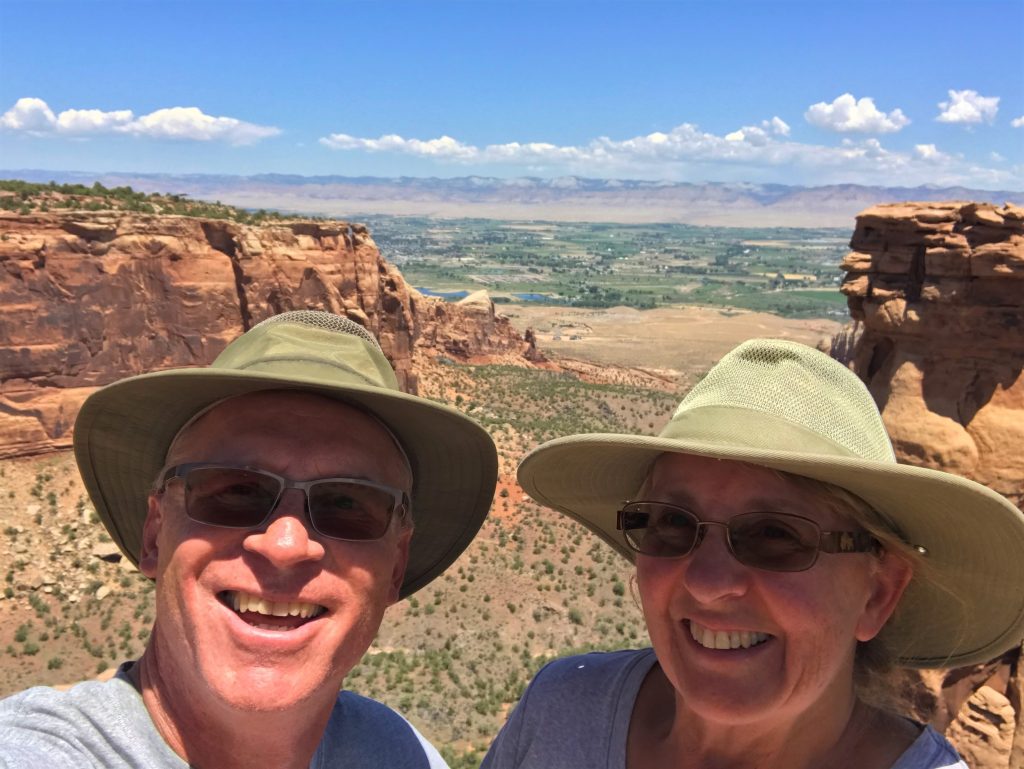
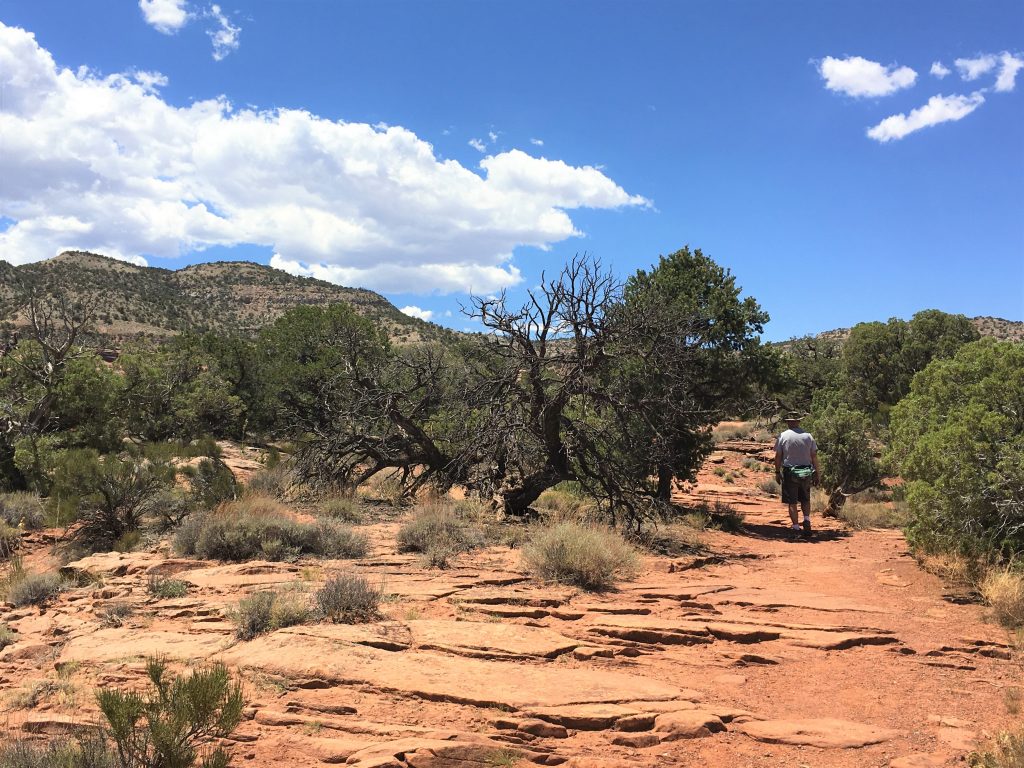
At this point, I was kinda hoping we were about done for the day.
It was just about unbearable. Except for the ice water we carried. That helped a lot.
I don’t know about you, but drinking ice water tends to constrict my throat, which also added to the excitement of the day, because when it happens, it makes me cough, which sends terrified people scattering in all directions within a 50 yard radius. Well, that’s one way to have the Park all to yourselves. 😊
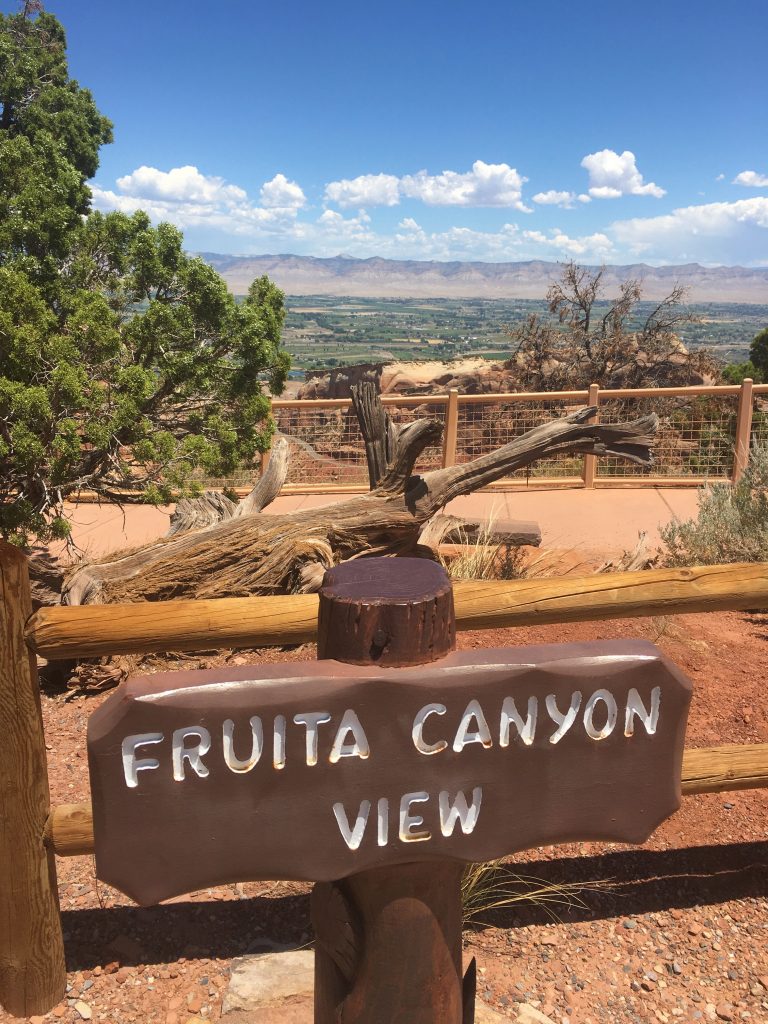
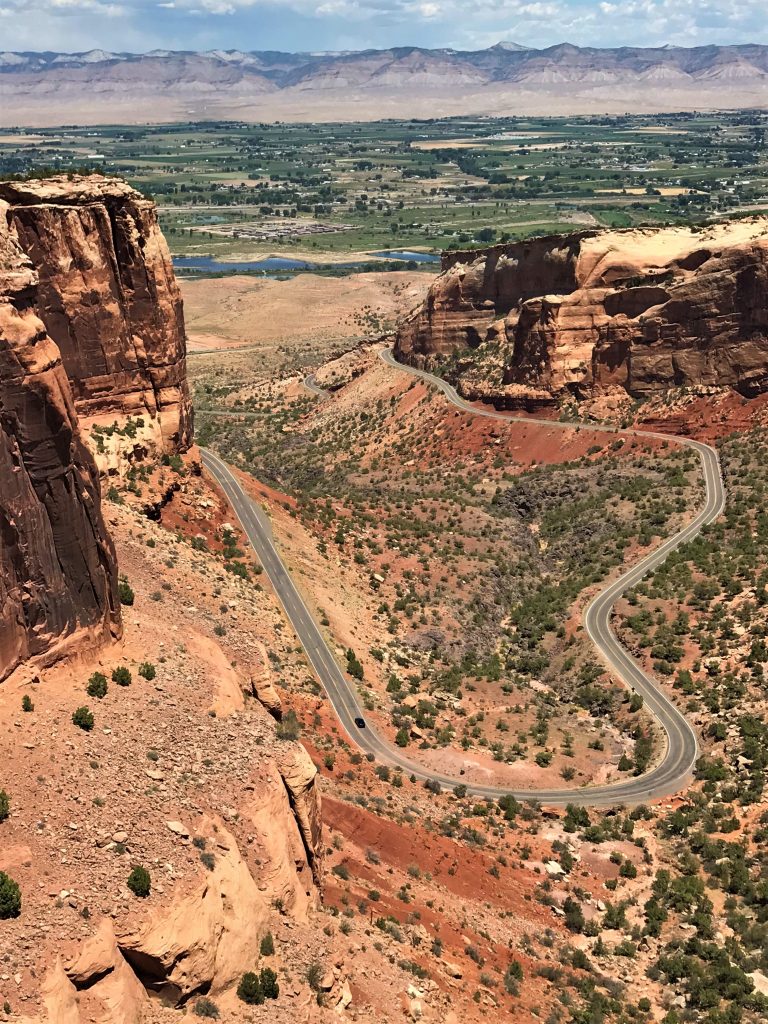
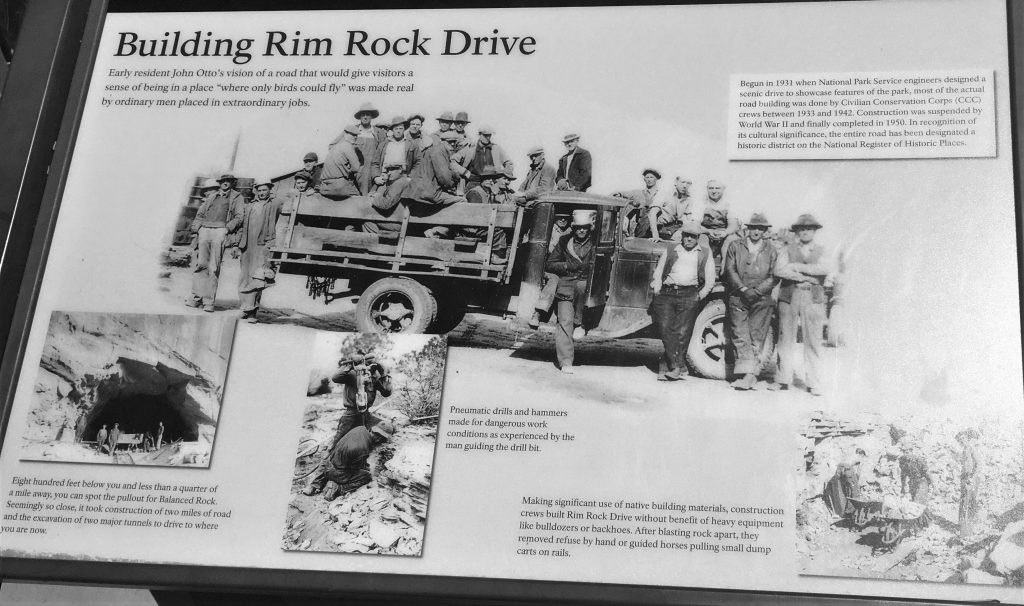
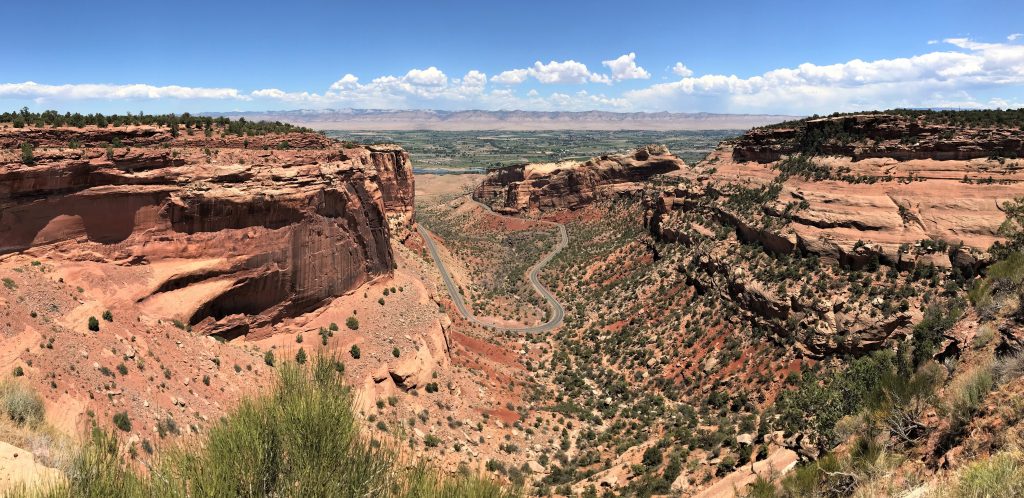
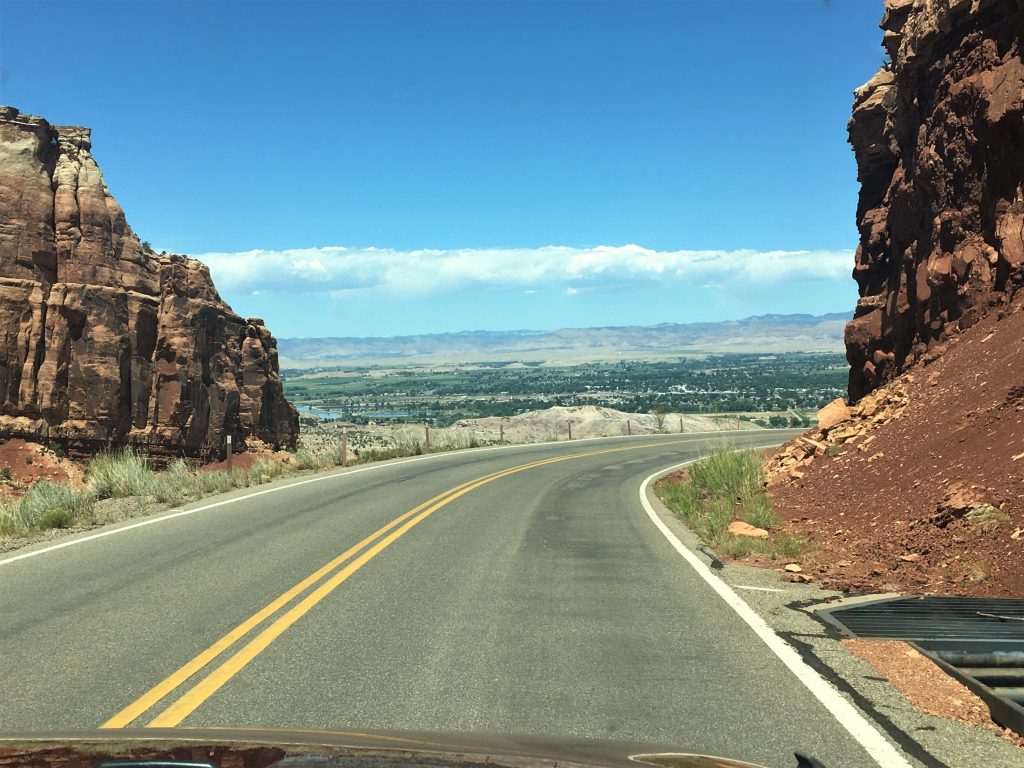
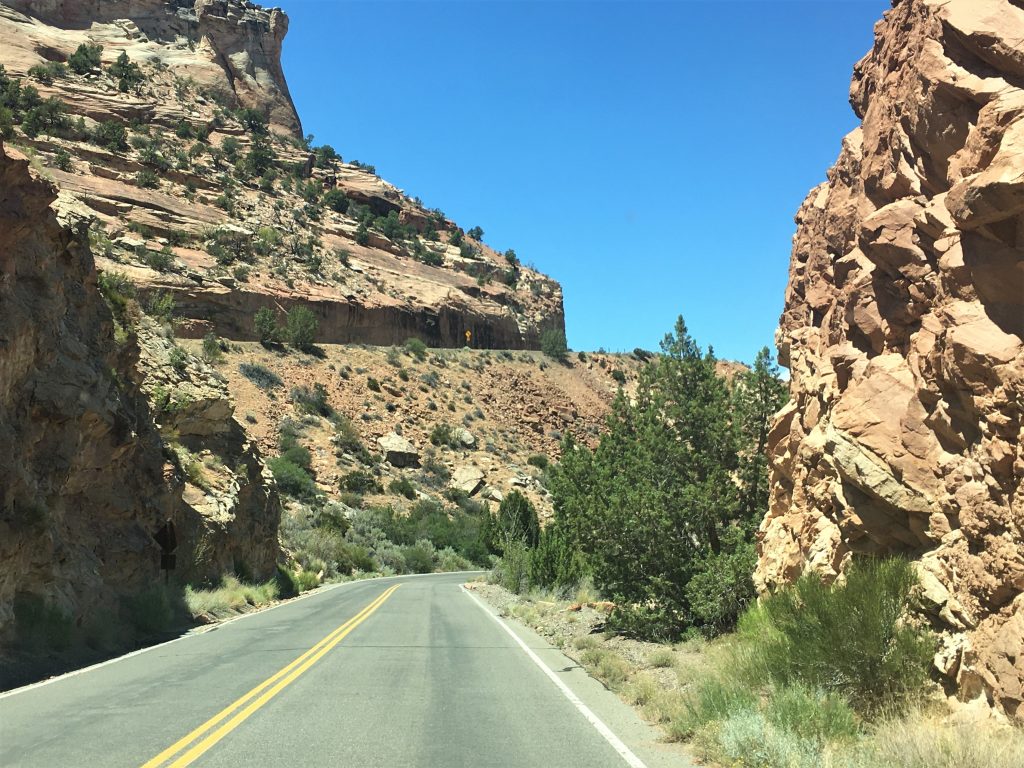
(So, can you tell I had more time to work on my creative writing skills? That’s because I’m almost completely caught up on the blog! Yay!!!!!)
Oh. . . . .
The answer is . . . .
1902! Can you believe that?!?!?
